rage against the machine learning
personal website of ryan r. curtin

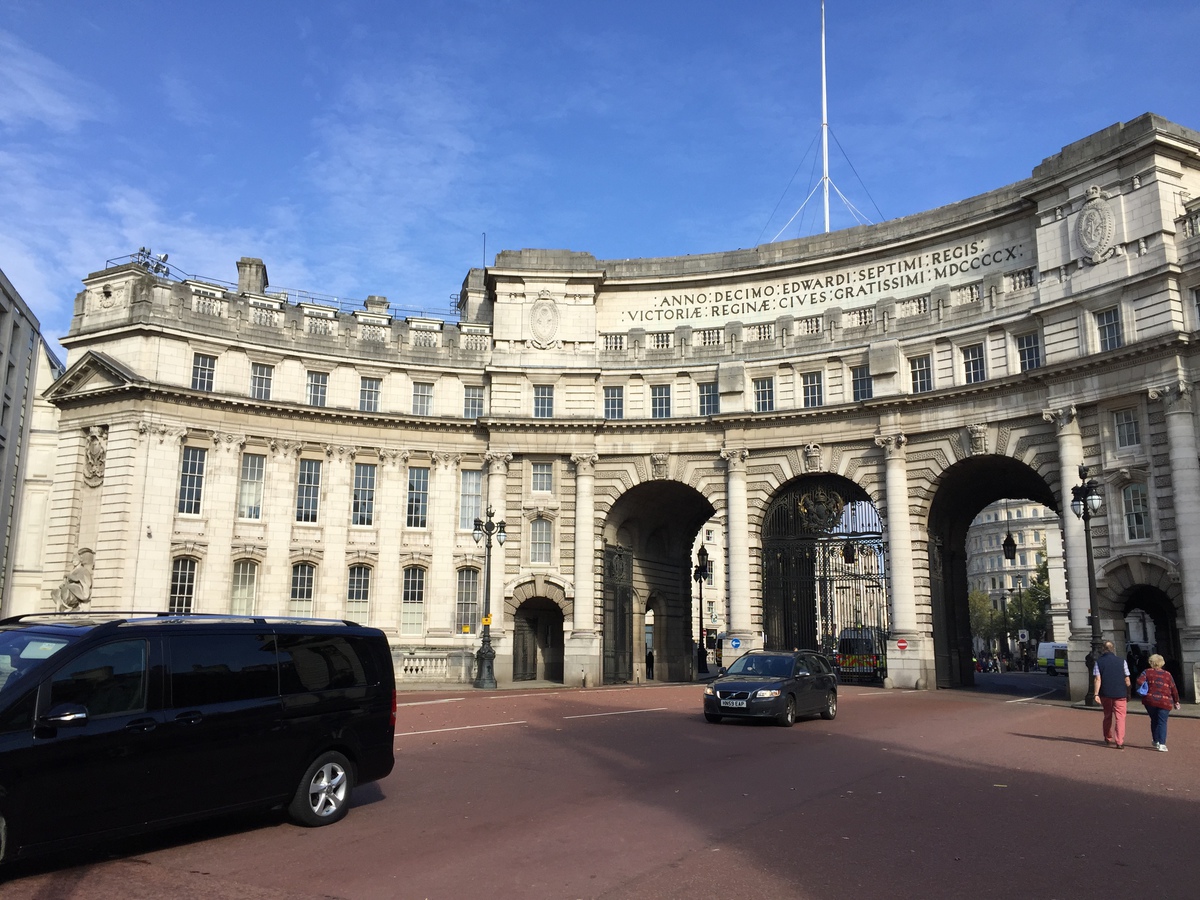
This was an arch of some sort in London near Charing Cross. I can't read Latin
so I don't know what it says, but it appears to have something to do with a guy
named Edward.
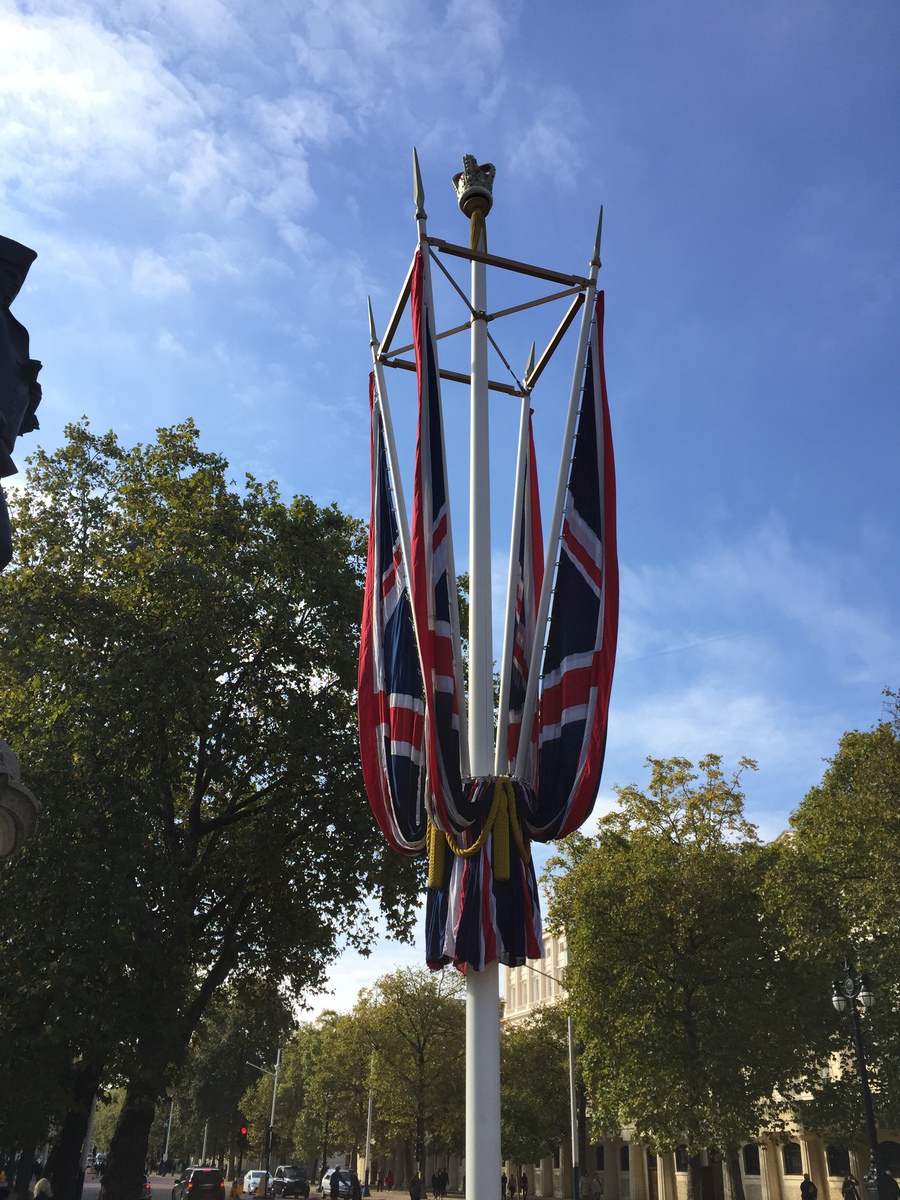
Red, white, and blue!
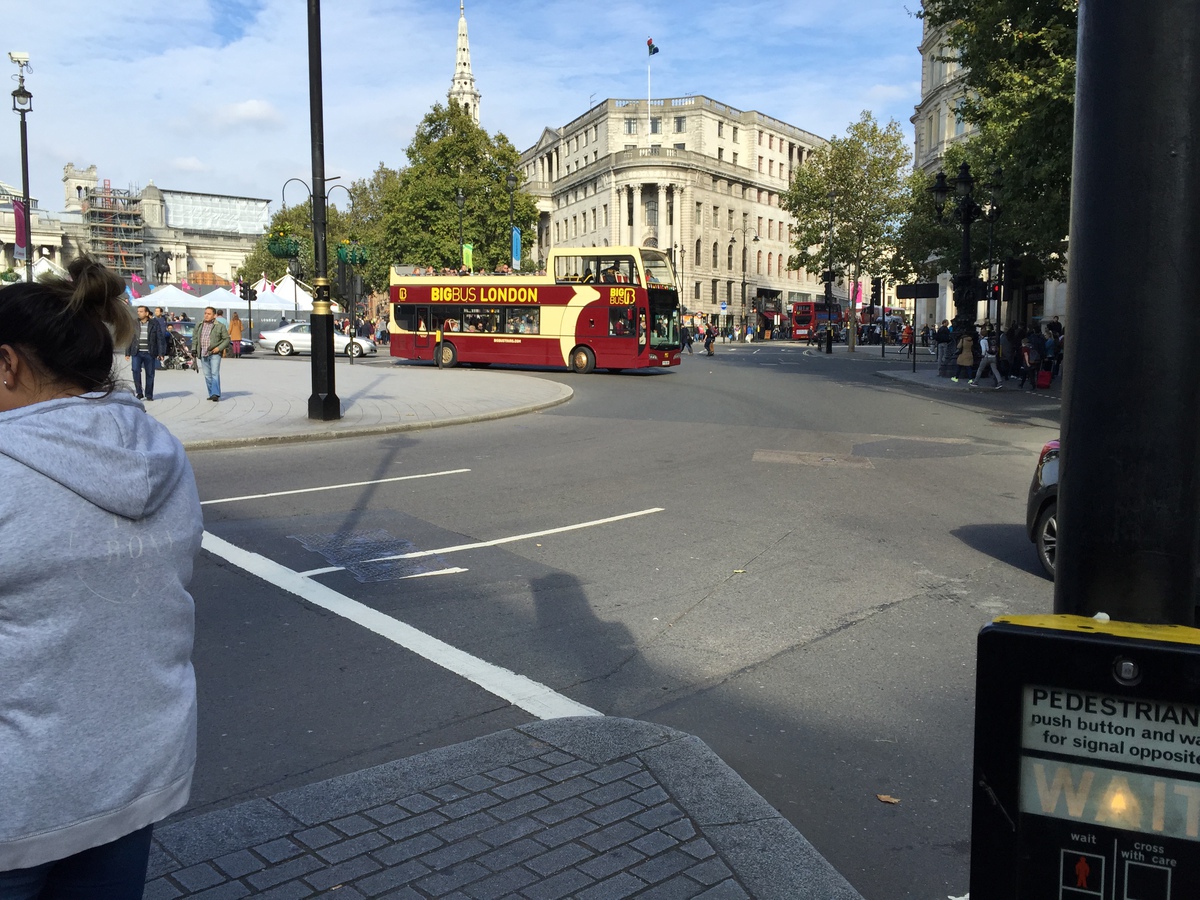
The Charles I statue outside of Charing Cross (which, naturally, is not in
frame). As far as I can tell, Charles I was some sort of vague royal figure who
led some sort of conquest, or something like this. Or he presided over
peacetime and people liked him. I'm not certain, but he was clearly important
enough to have a statue made.
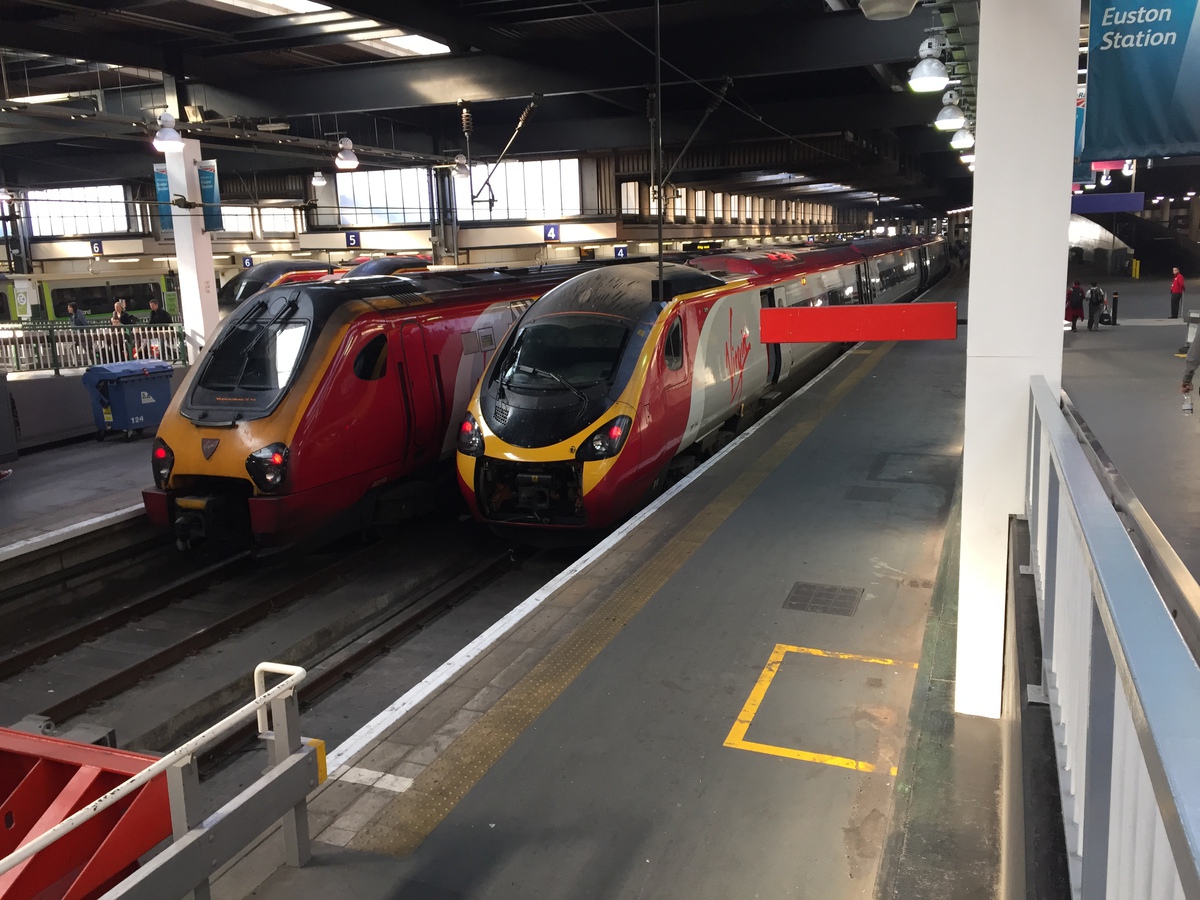
This is the train that carried us to Carlisle. It went more quickly and was
more on-time than any Amtrak train.
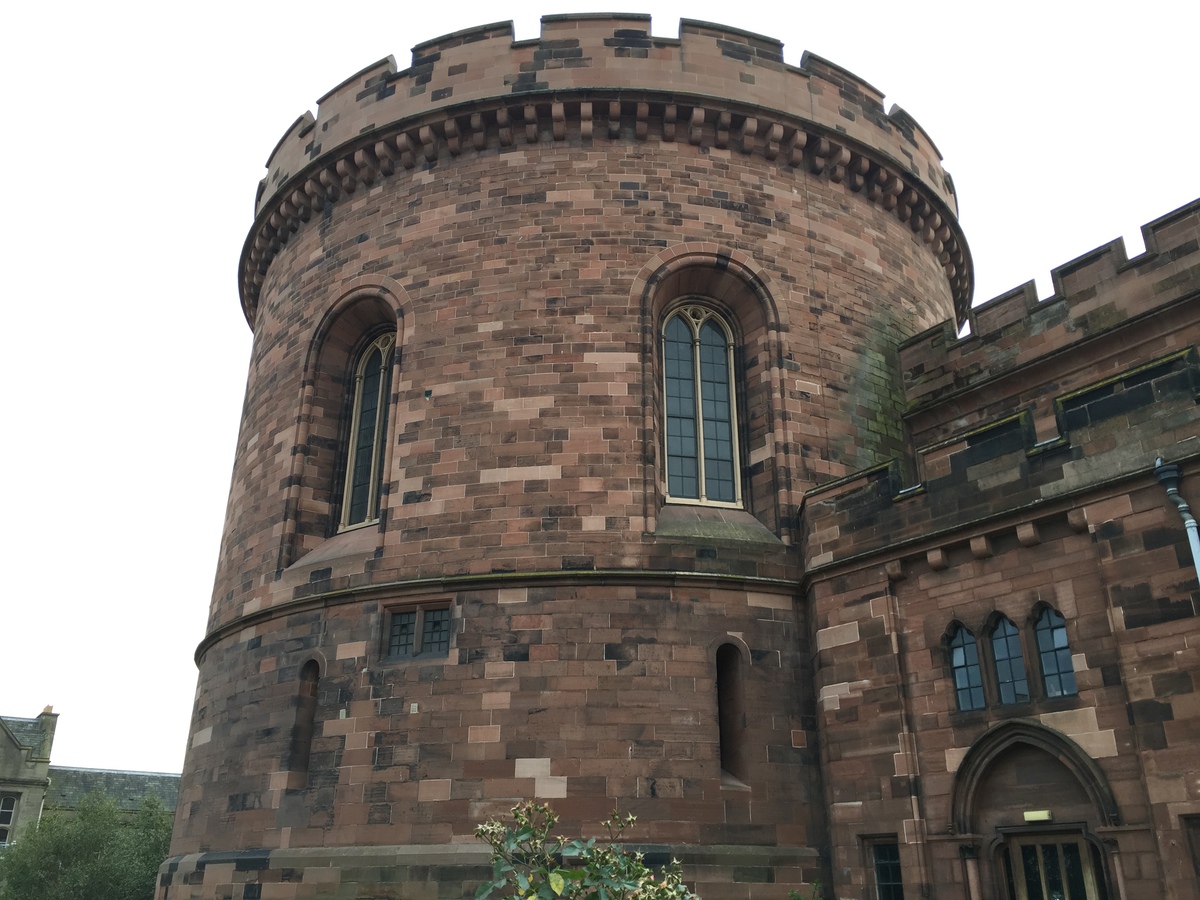
This is the citadel outside Carlisle, which was built depressingly recently
(1880). I thought it was a lot older than that...
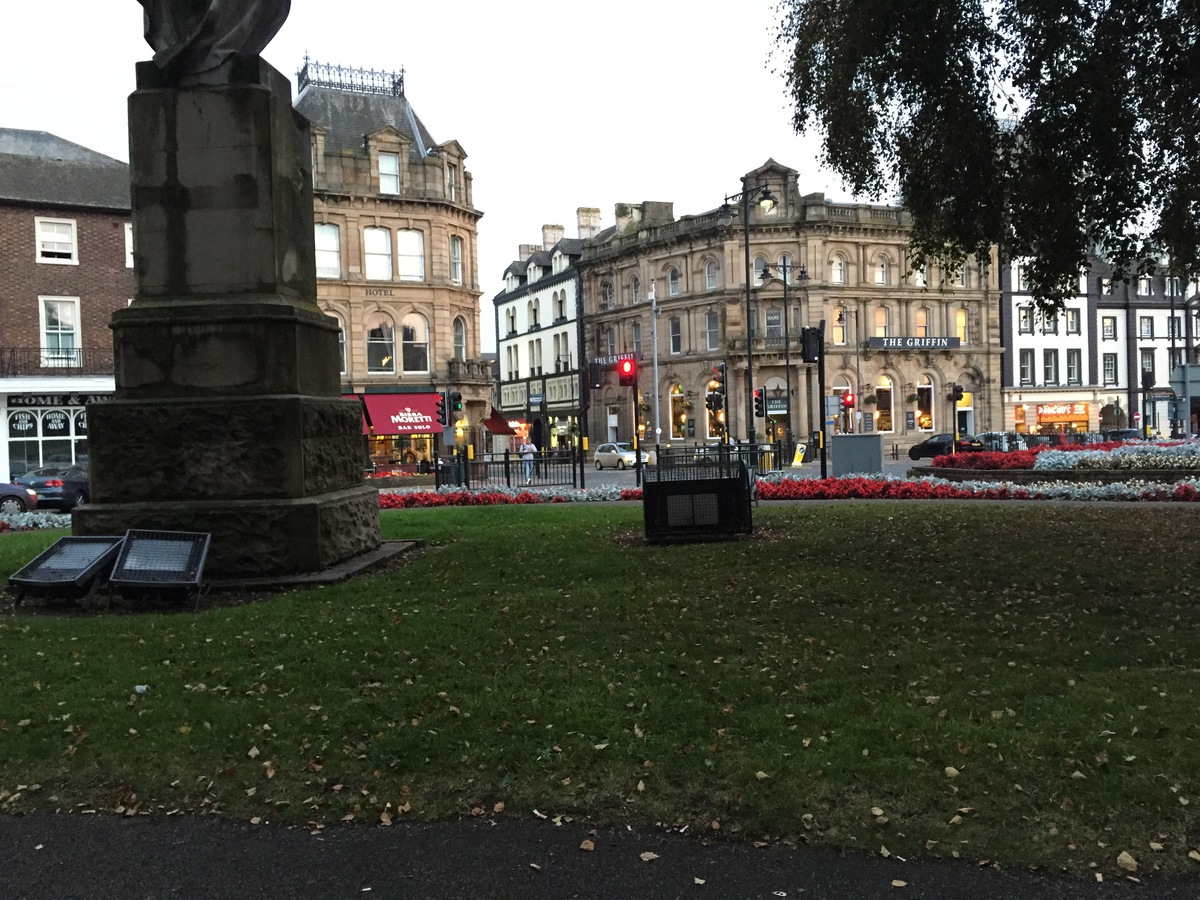
After obtaining ``southern fried chicken'' in Carlisle, we sat next to a statue
of another English royal person of some vague importance.
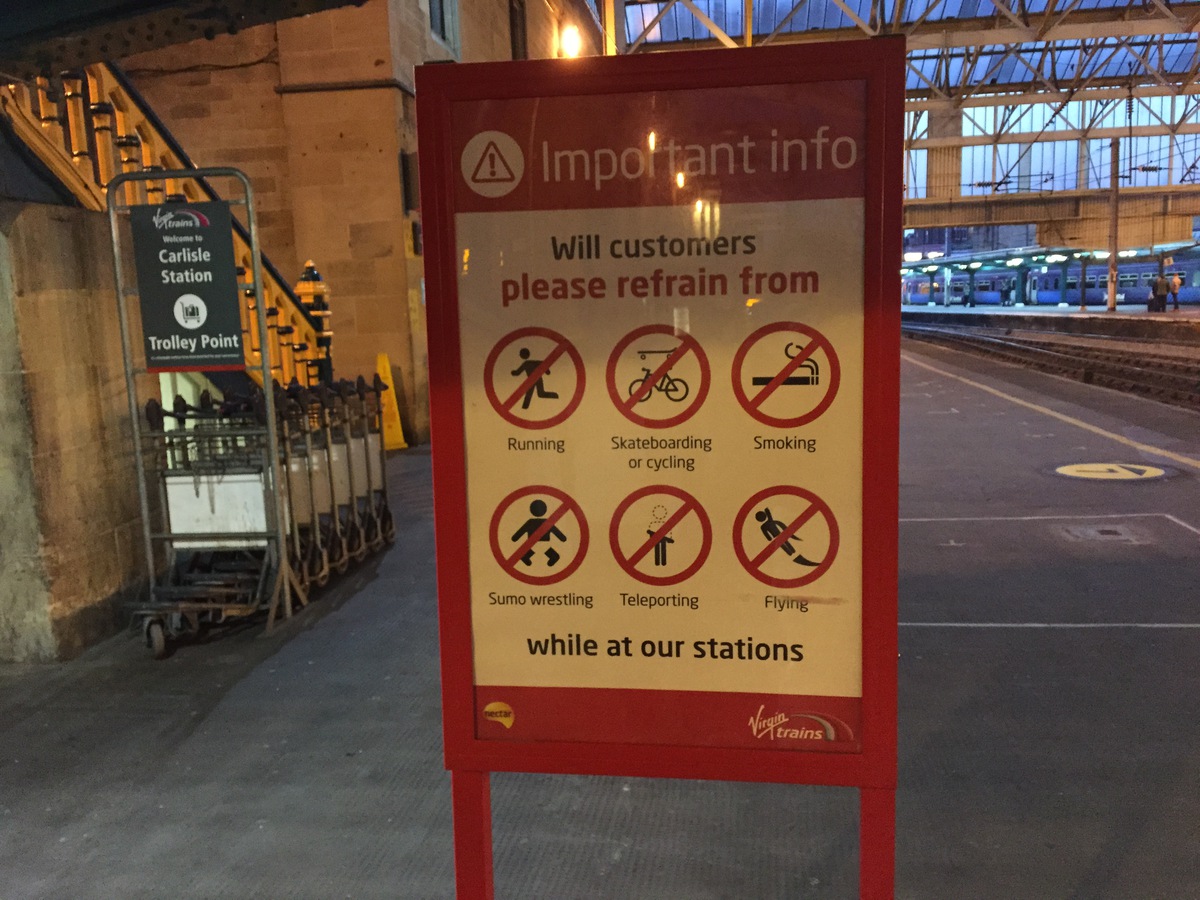
This was a unique informational poster. In accordance with it, I did not
attempt to teleport or fly.
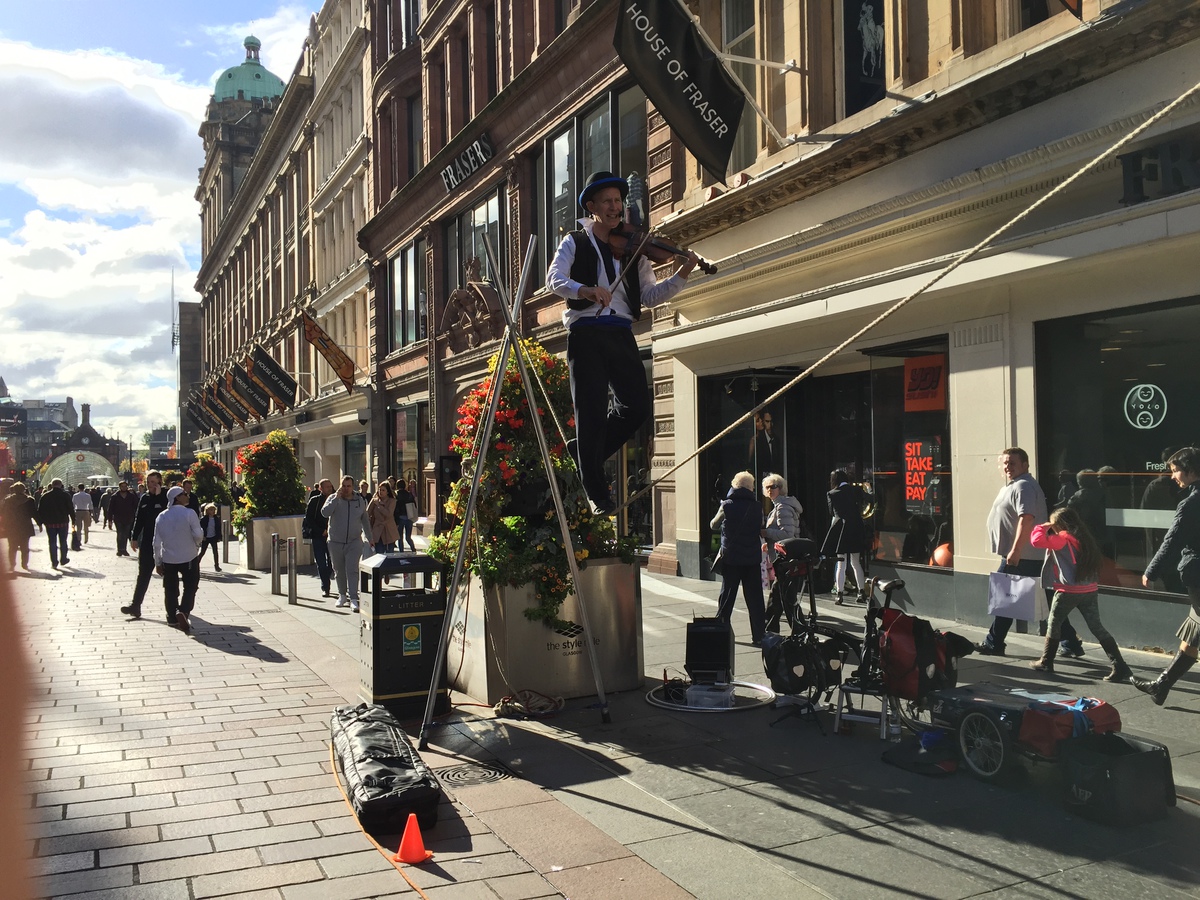
This guy is exceedingly awesome.
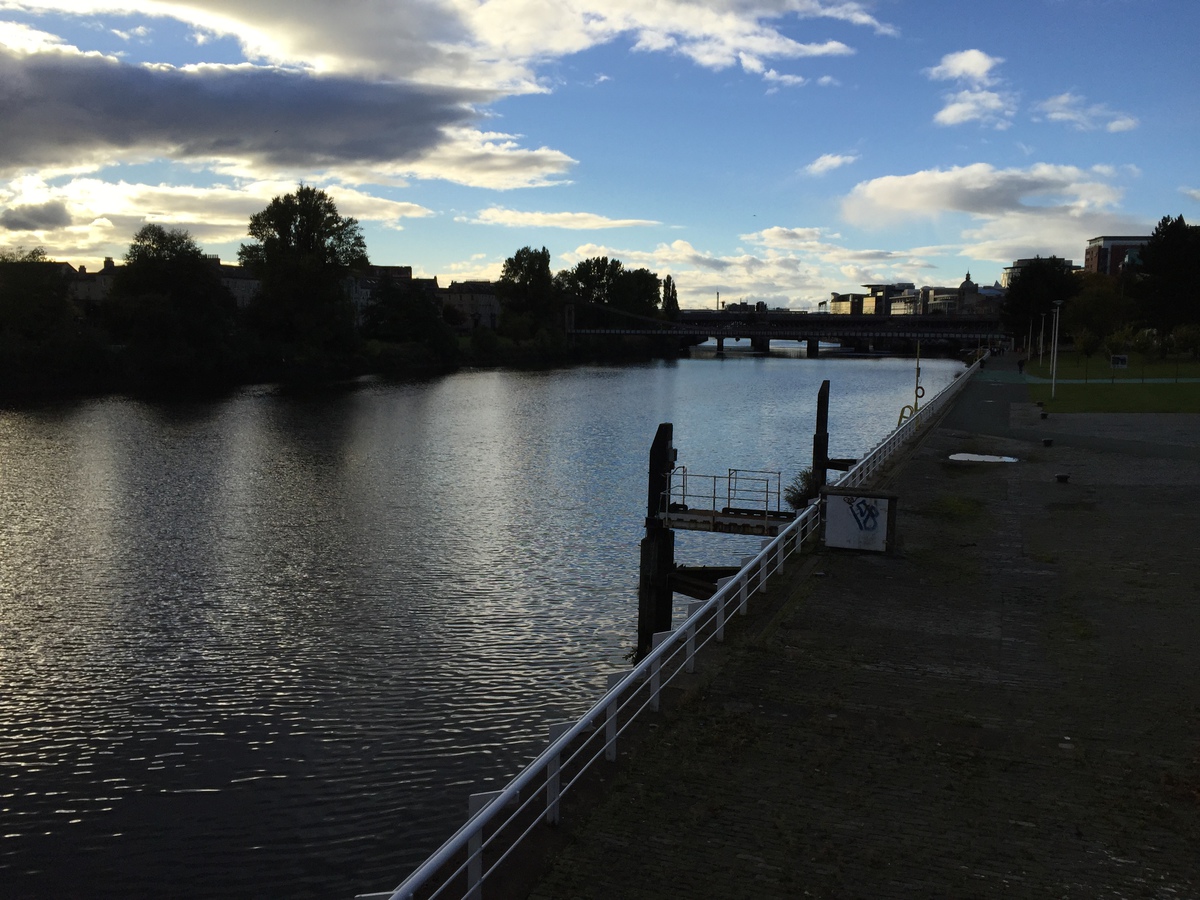
The river Clyde.
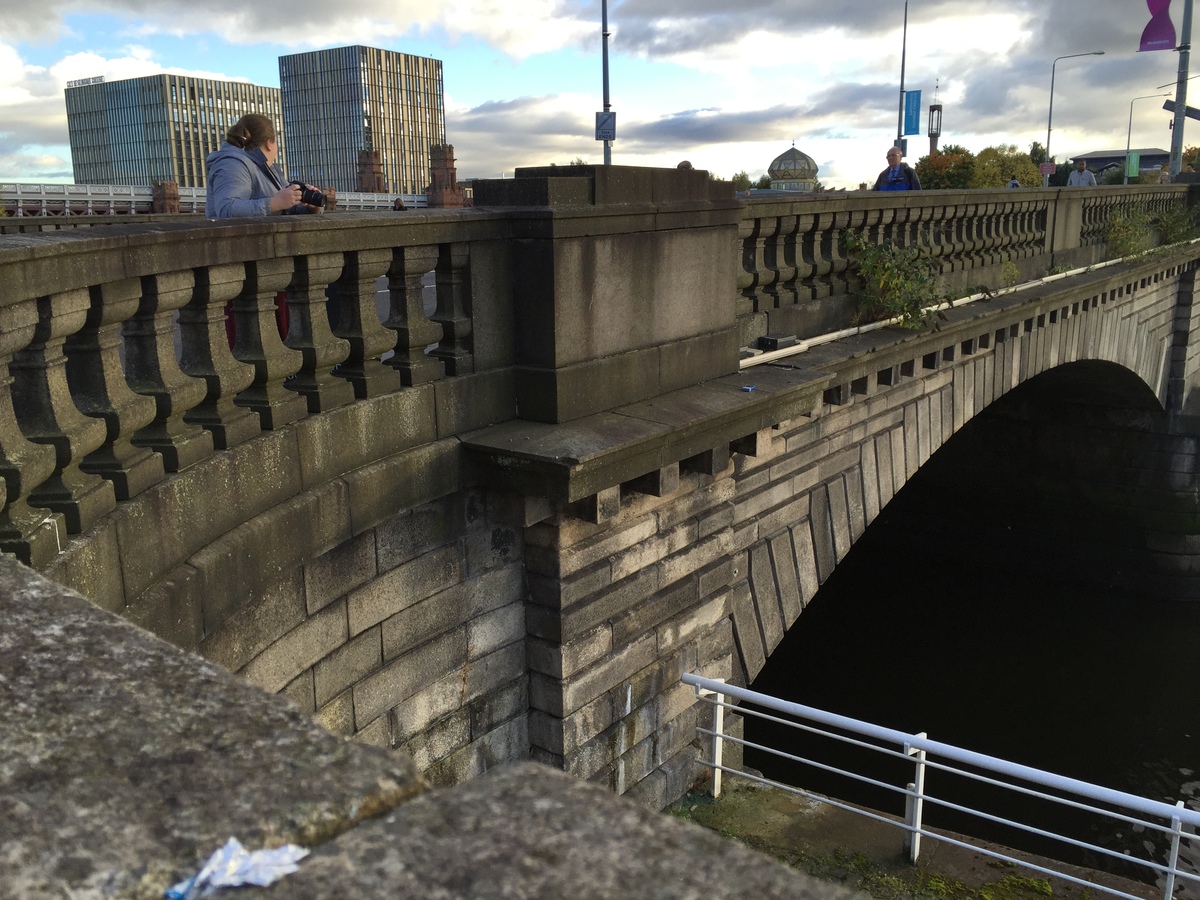
This is an old bridge.
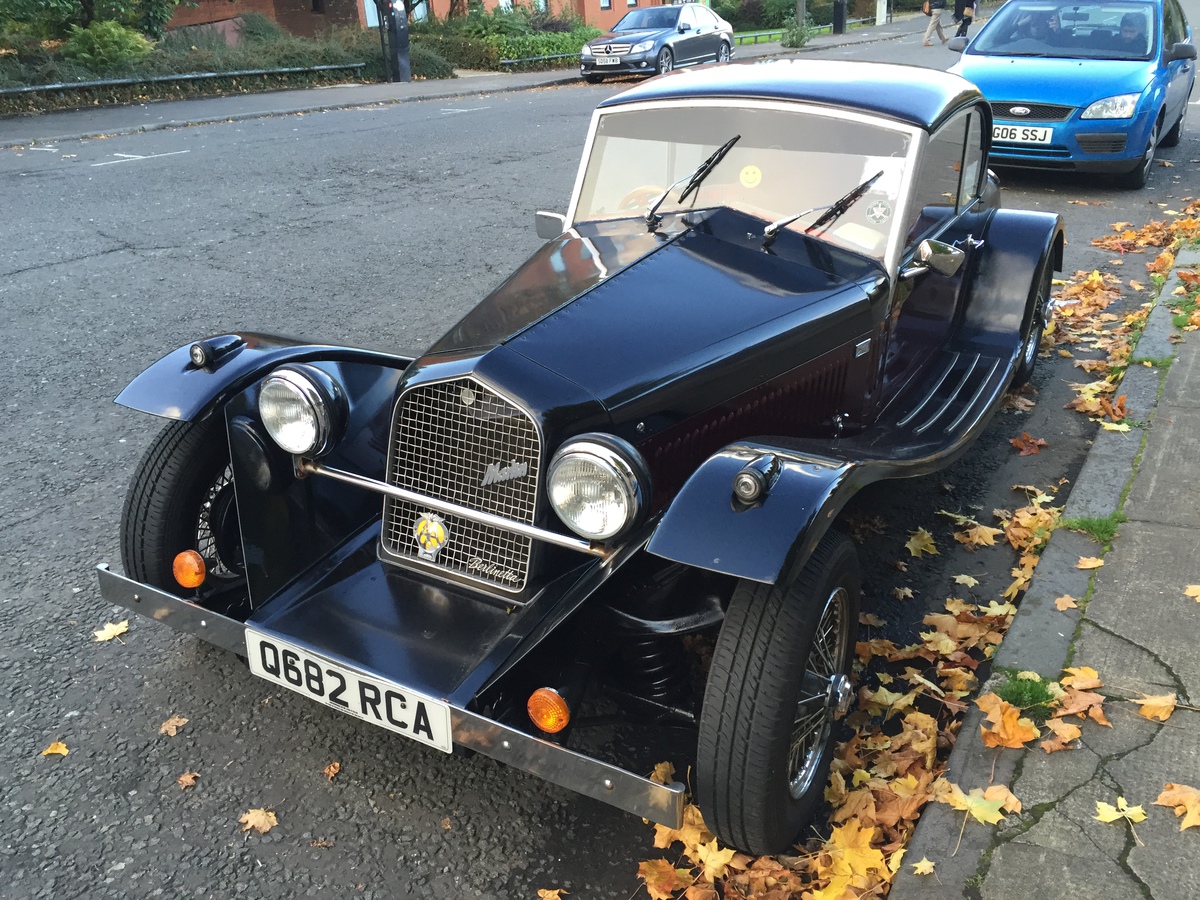
This is not a Model A.
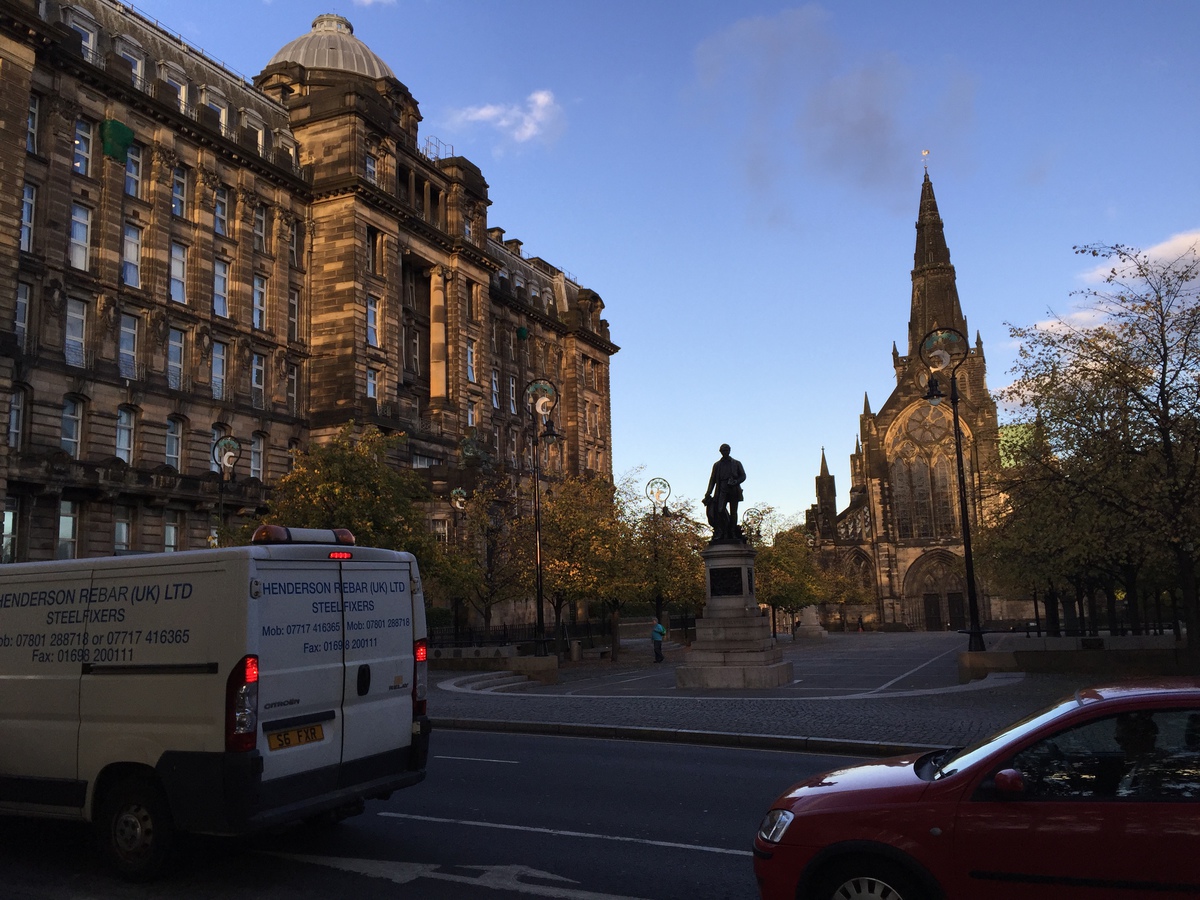
The Glasgow Cathedral (and the building next to it) is large and old. Many
things are old in this city. I suppose this is not surprising...
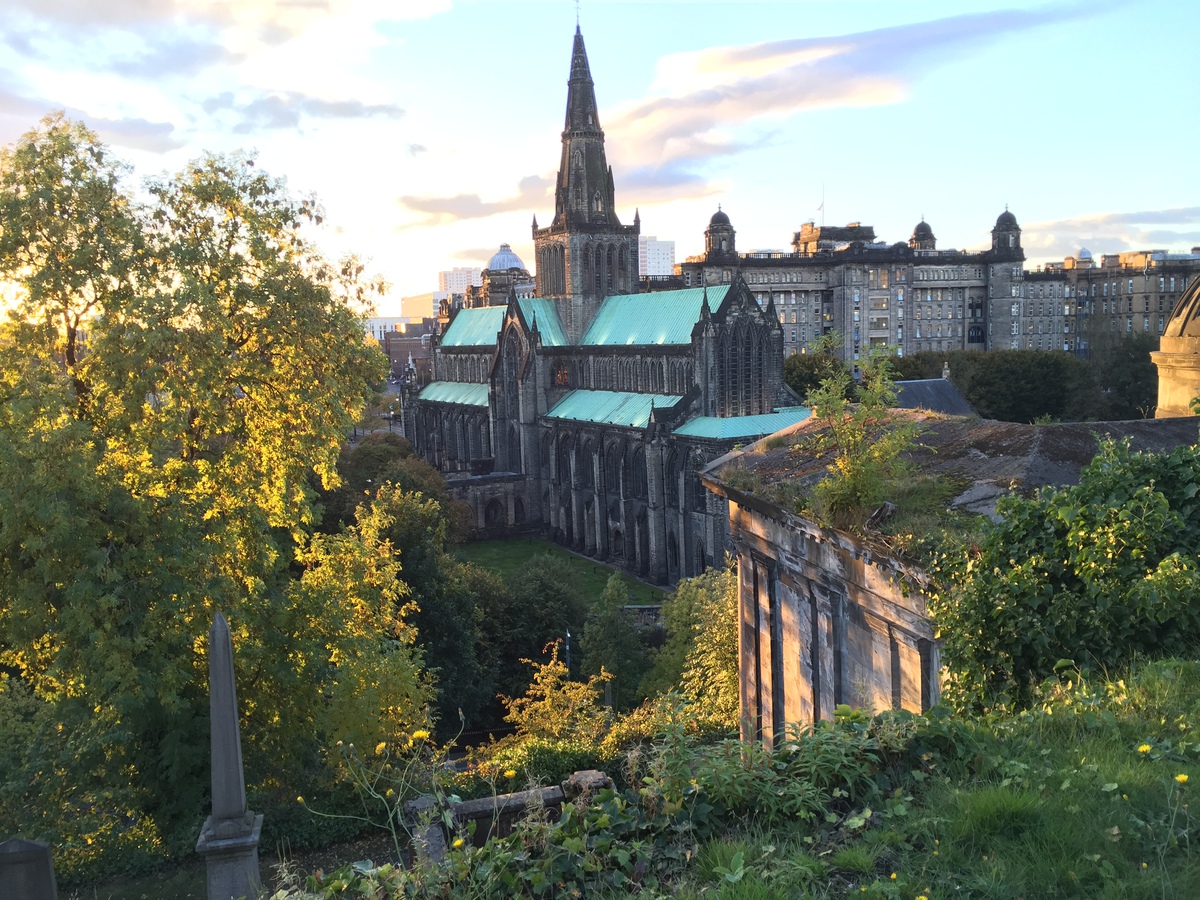
Cathedral view from the statue of John Knox on a hill. (John Knox is important
here.)
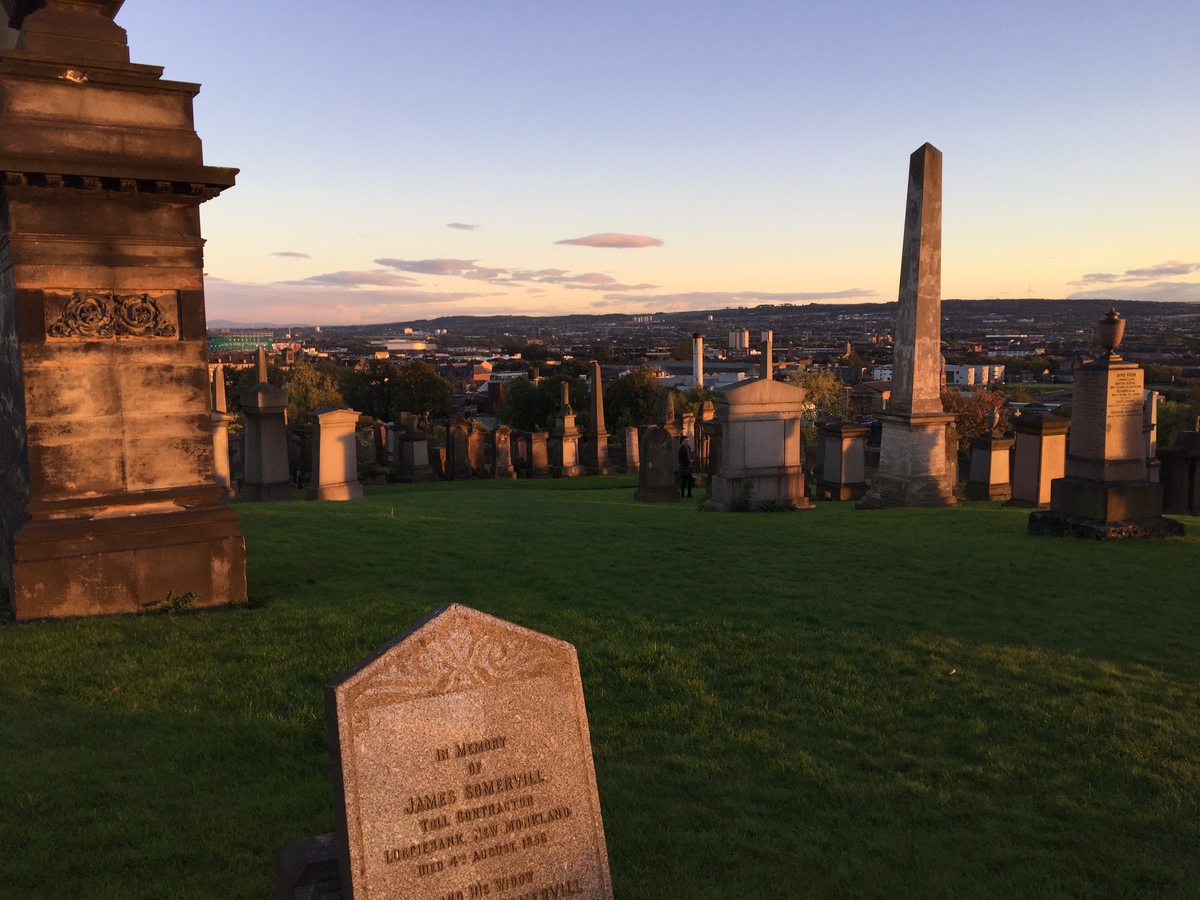
``The Necropolis'', though I did not witness any acts of necromancy. Glasgow
went through a population boom in the 1800s and this also meant that many people
died in Glasgow in the 1800s (many merchants) and filled this graveyard up.
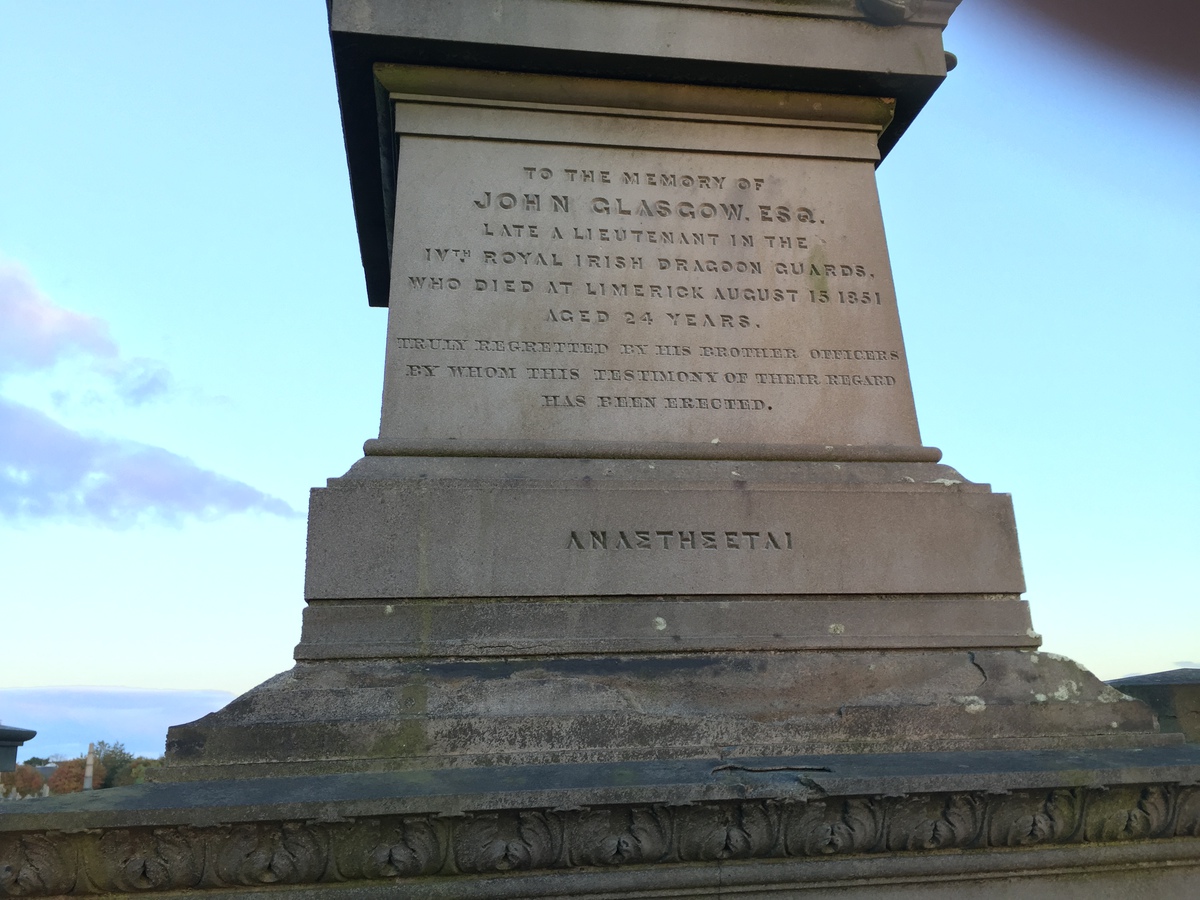
The wording, I very much enjoy it.
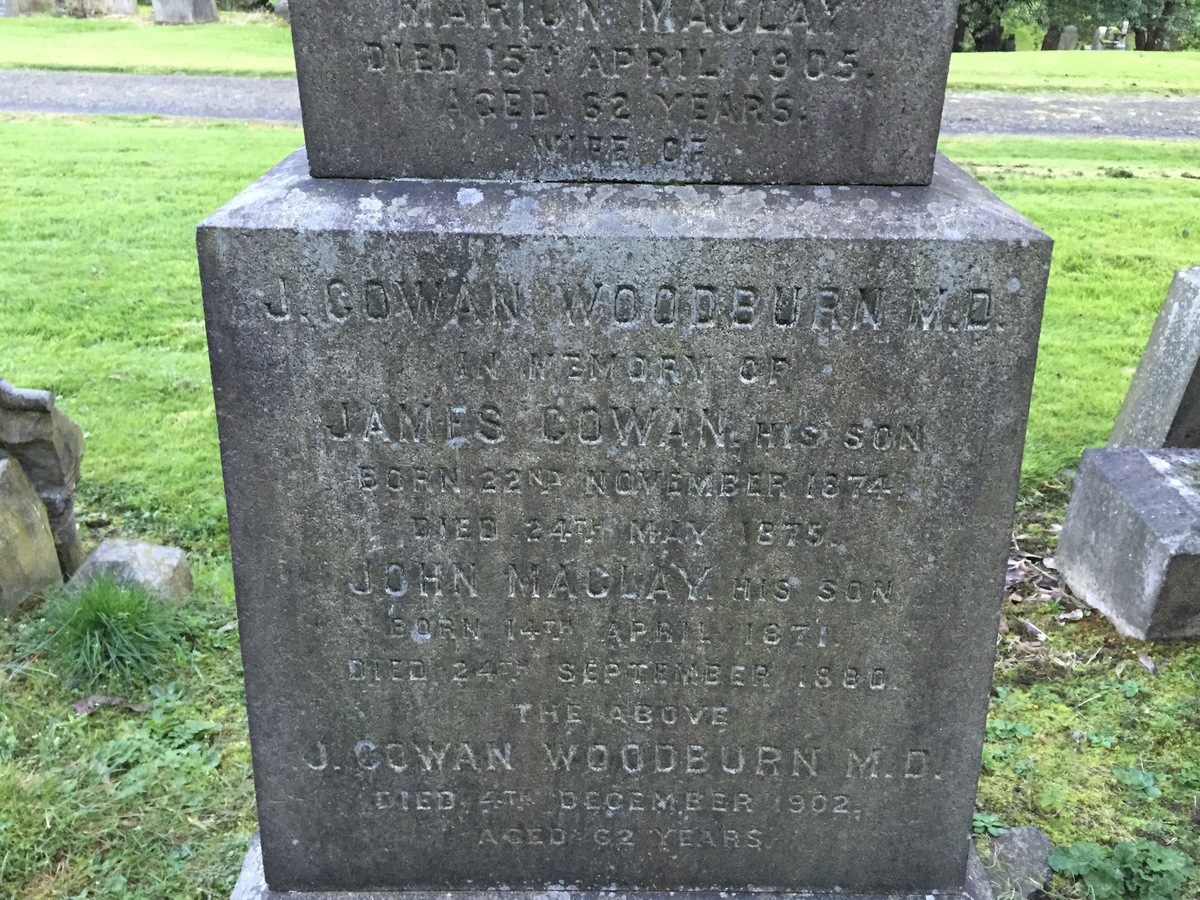
Most graves had Wikipedia-level documentation.
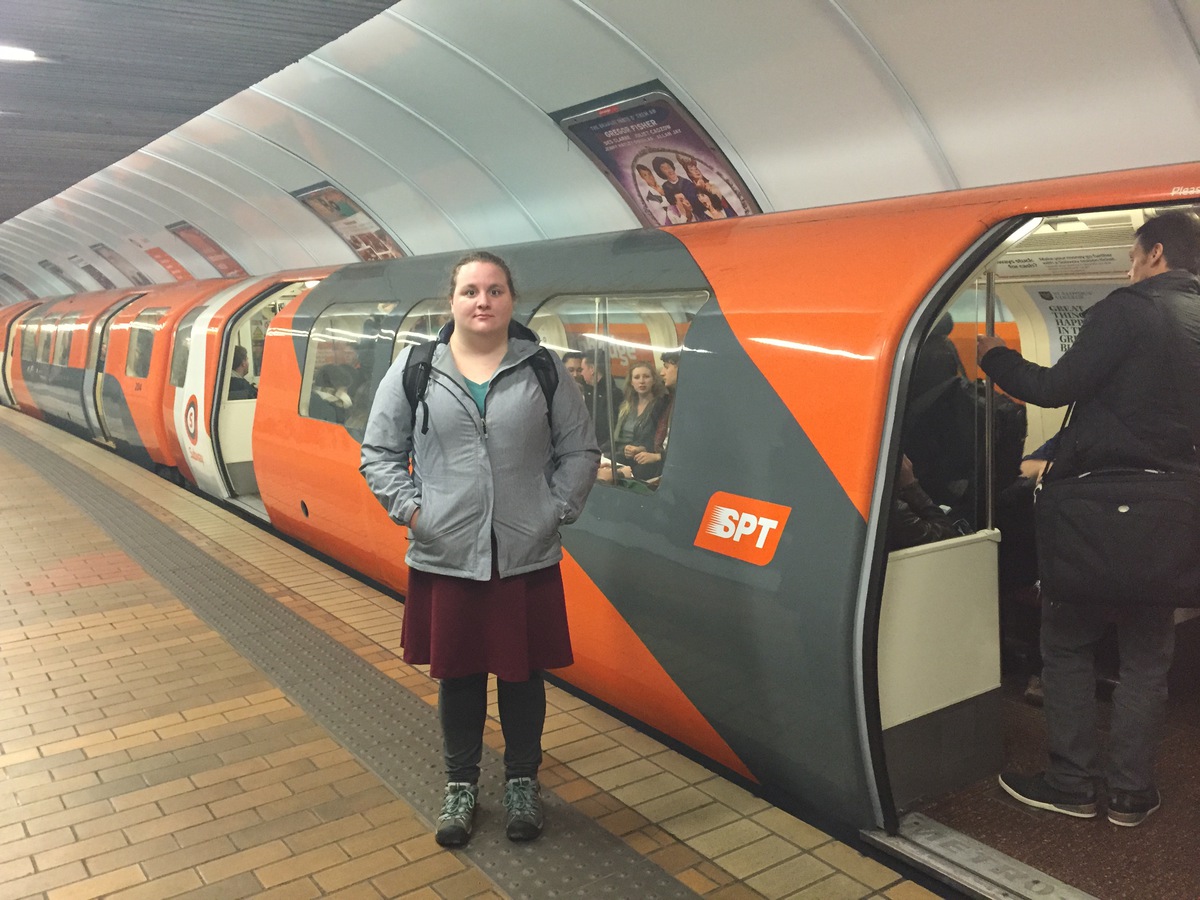
Miniature subway (seriously, you have to watch your head when you get on). I
wasn't sure if this was a joke, but it got me where I was going.
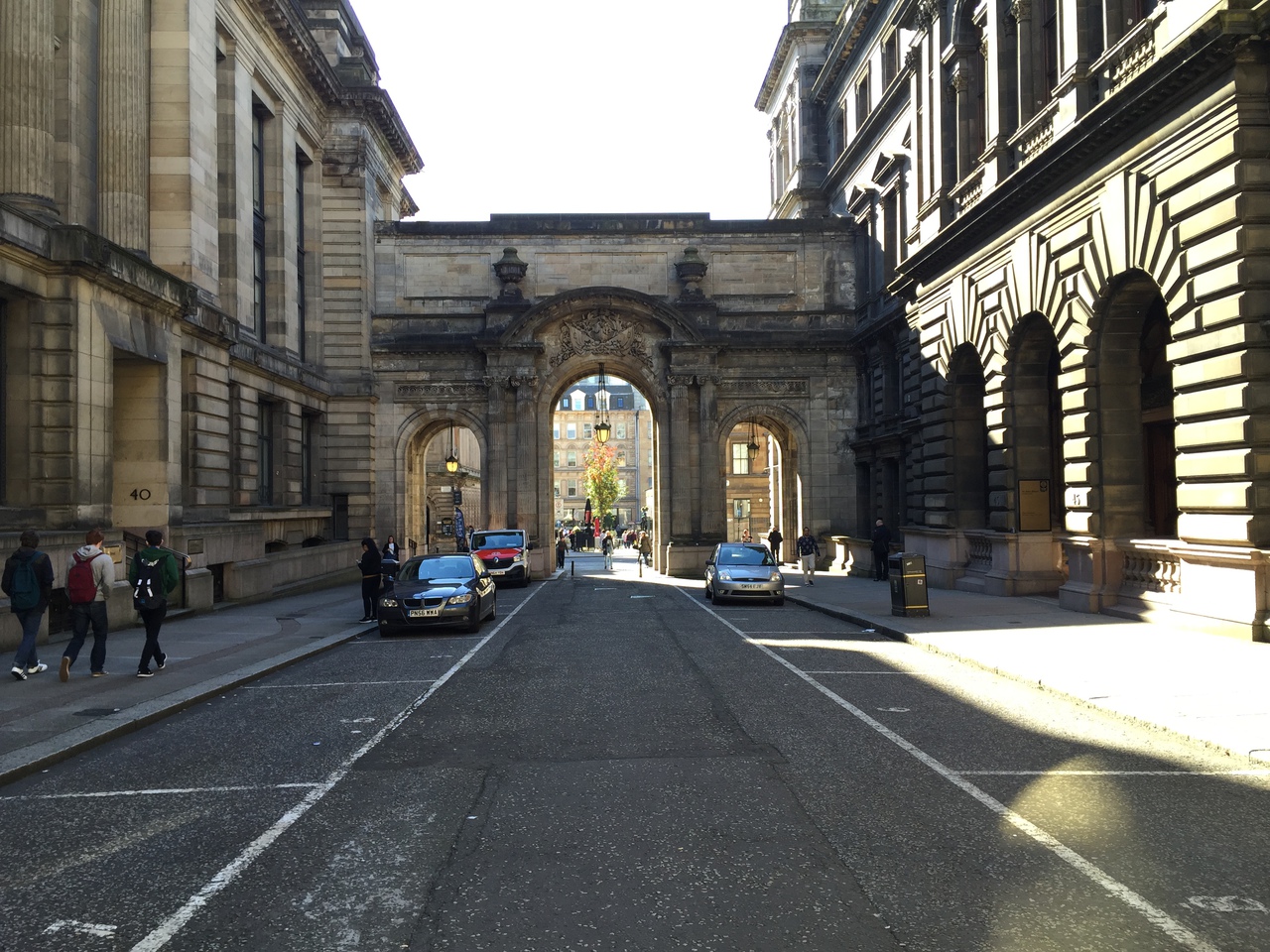
A skybridge!
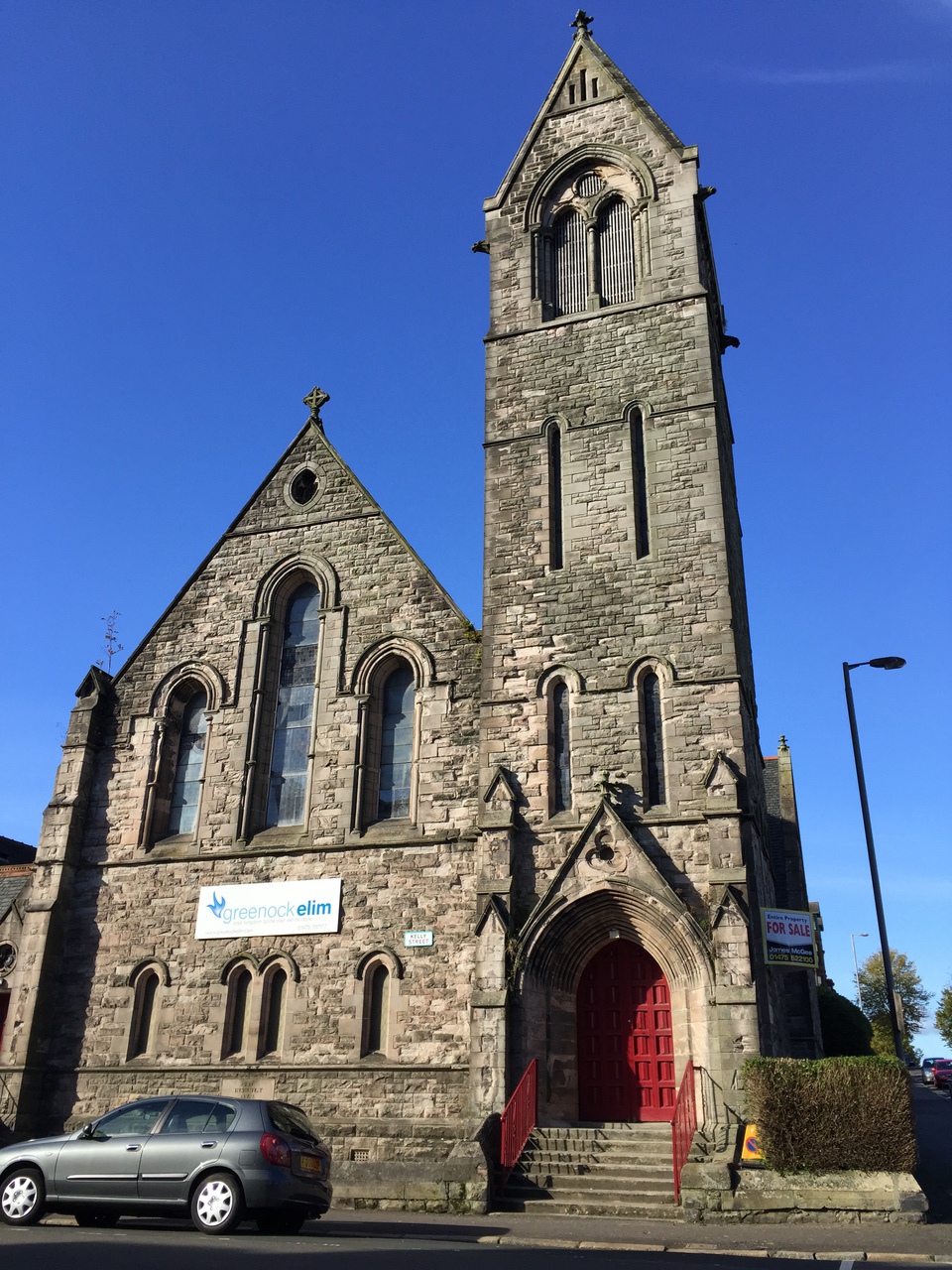
Church for sale.
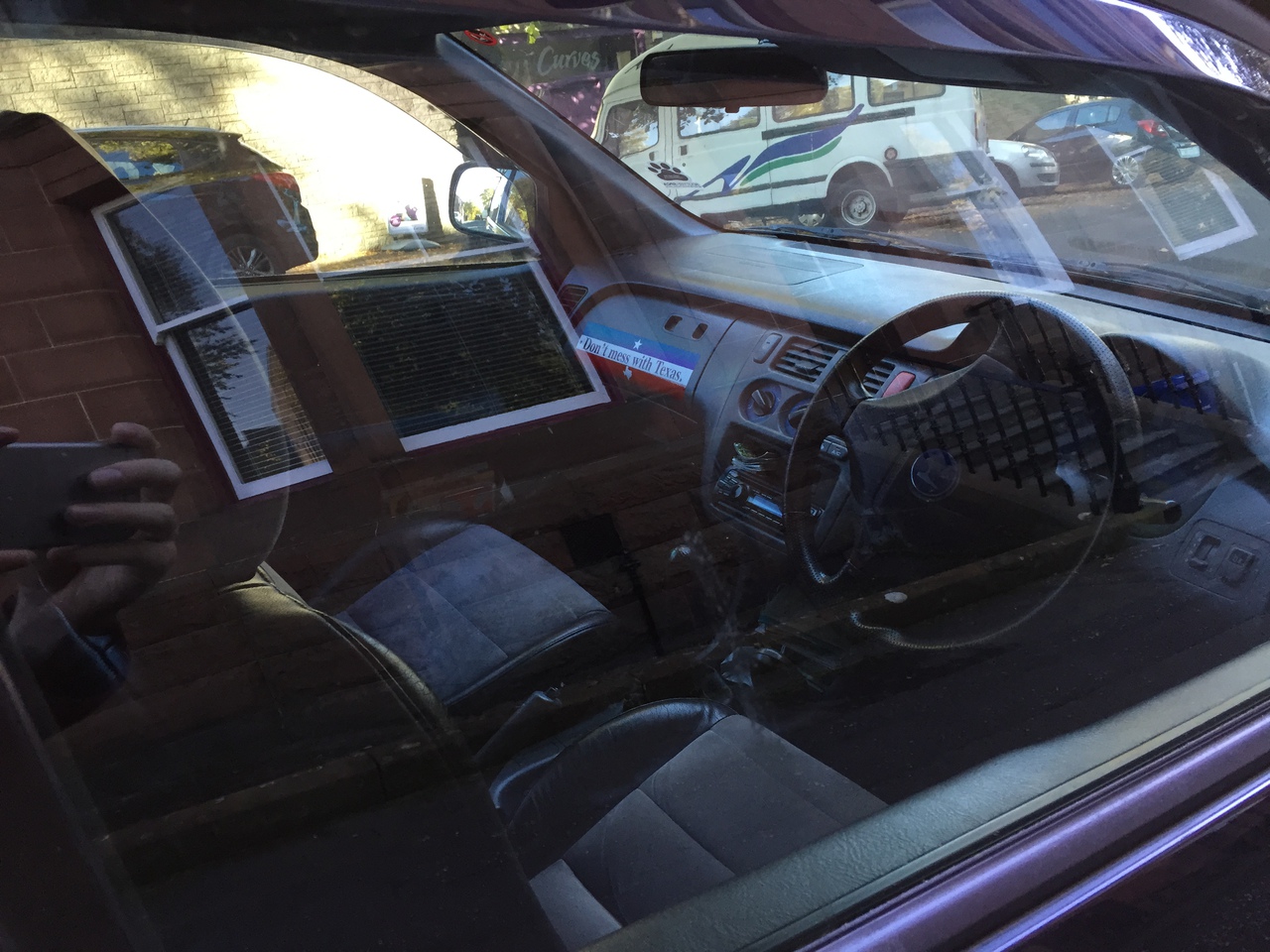
Yeehaw!
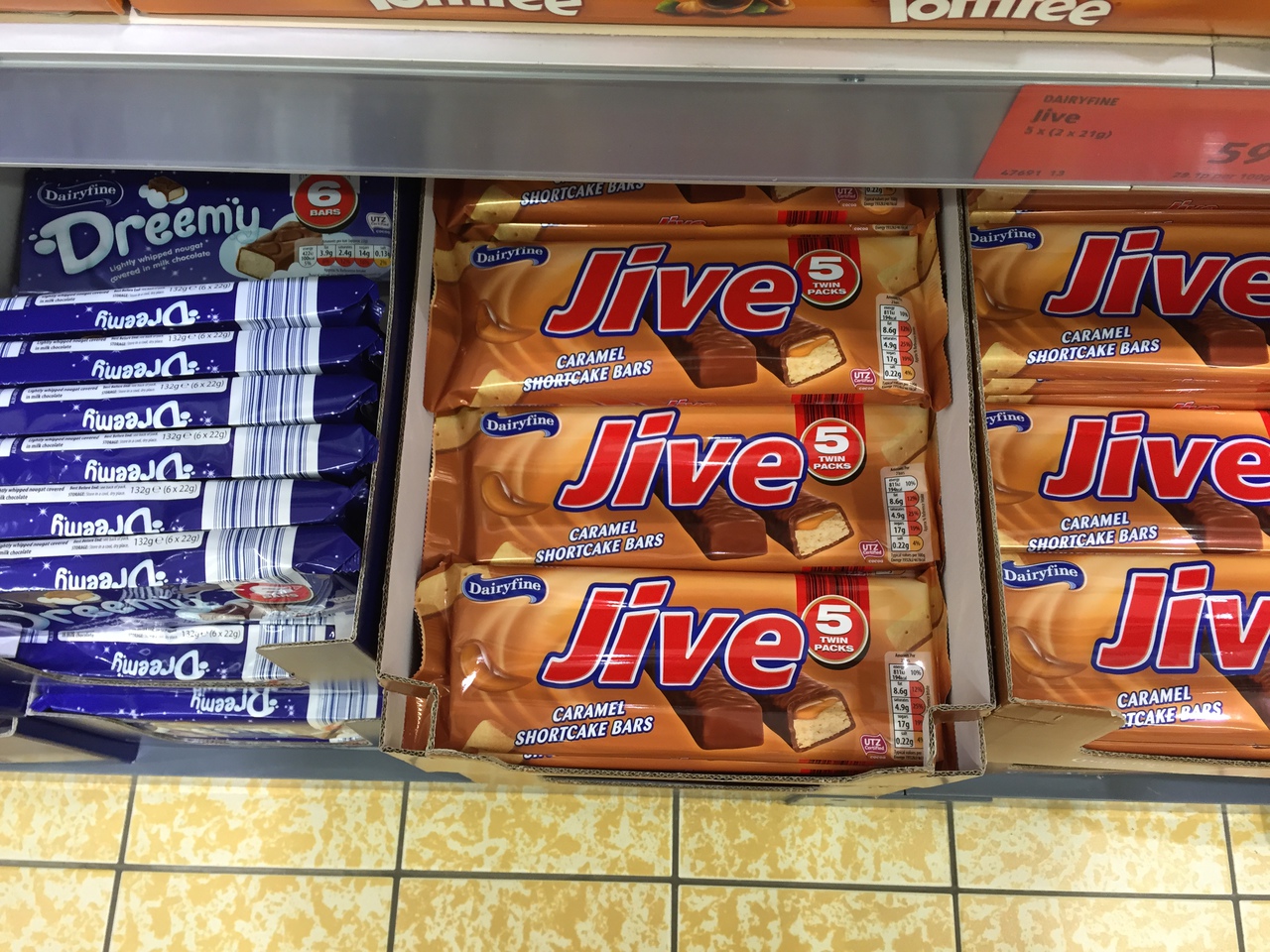
I don't think this candy name would fly in the US.
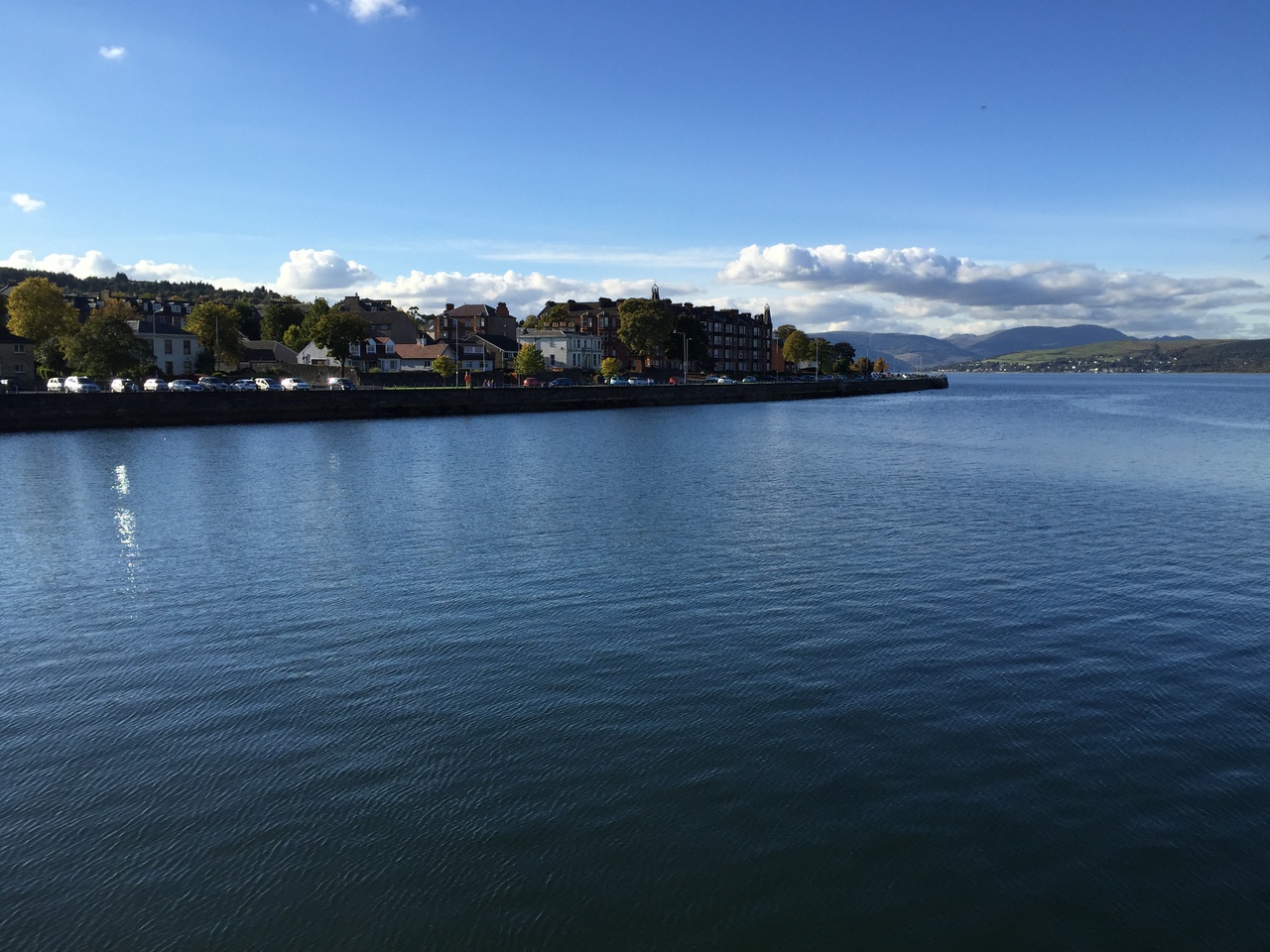
Overlooking the esplanade in Greenock, west of Glasgow on the River Clyde.
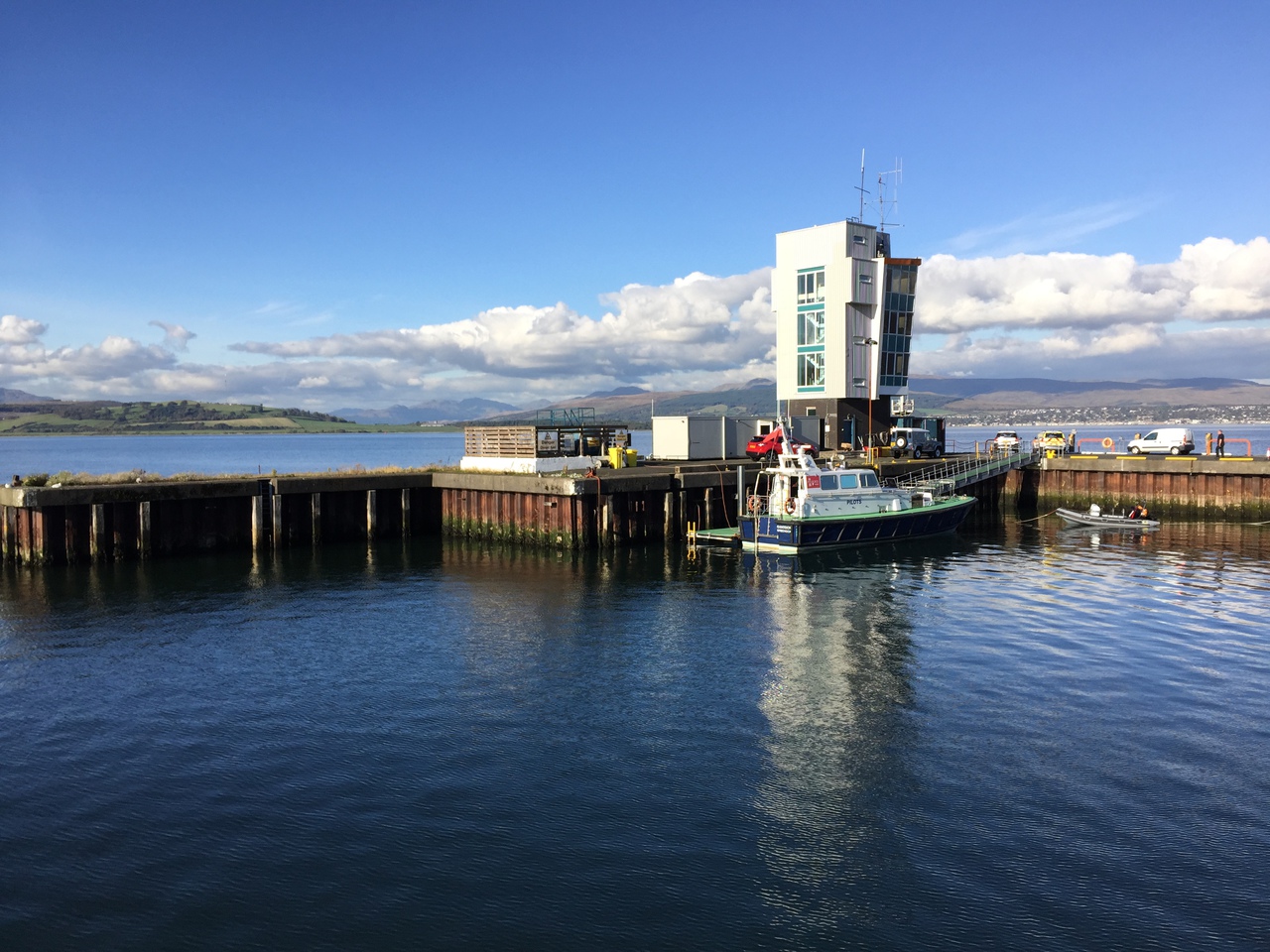
Some manner of police boat station.
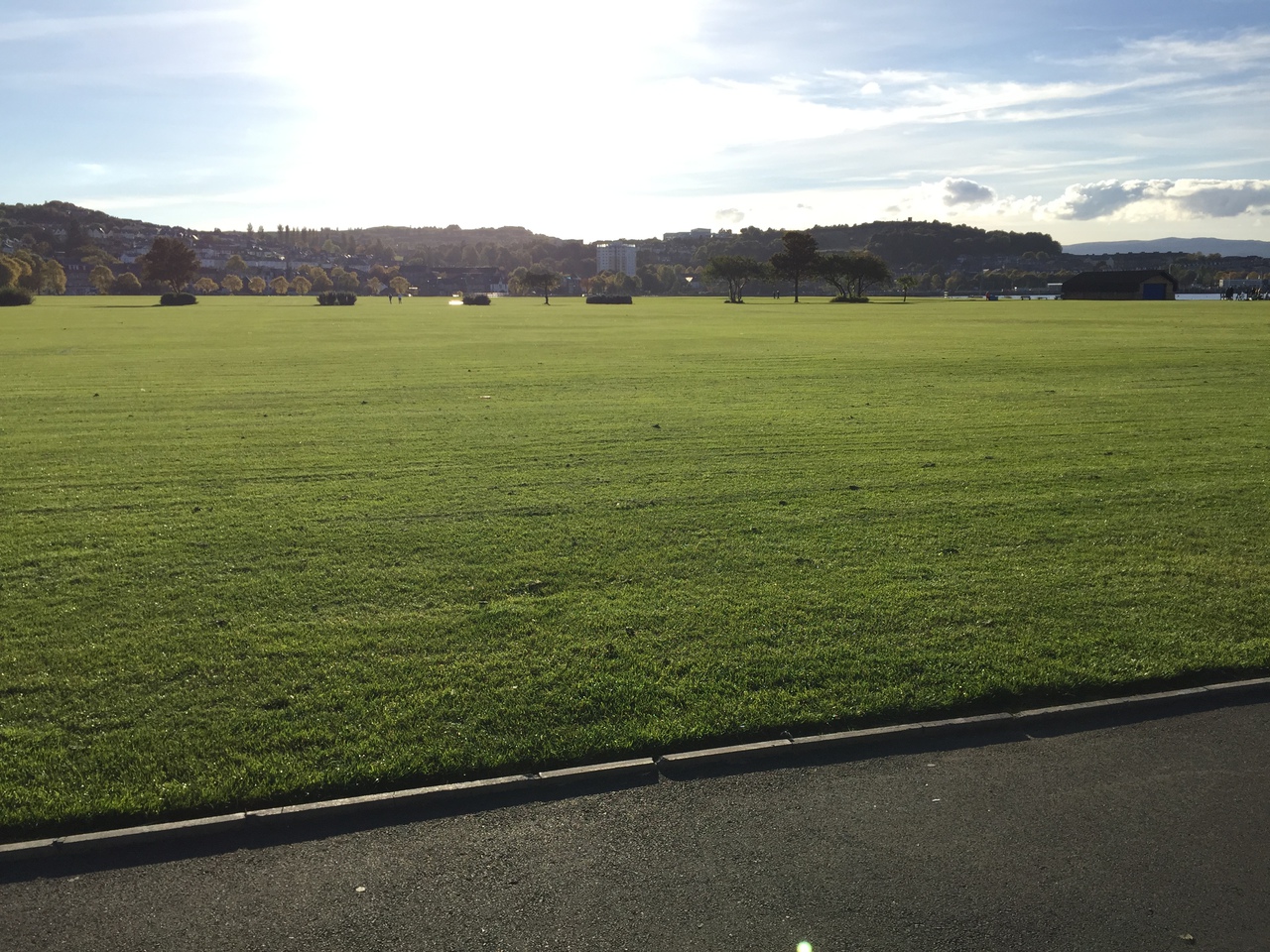
Hyrule Field was discovered.
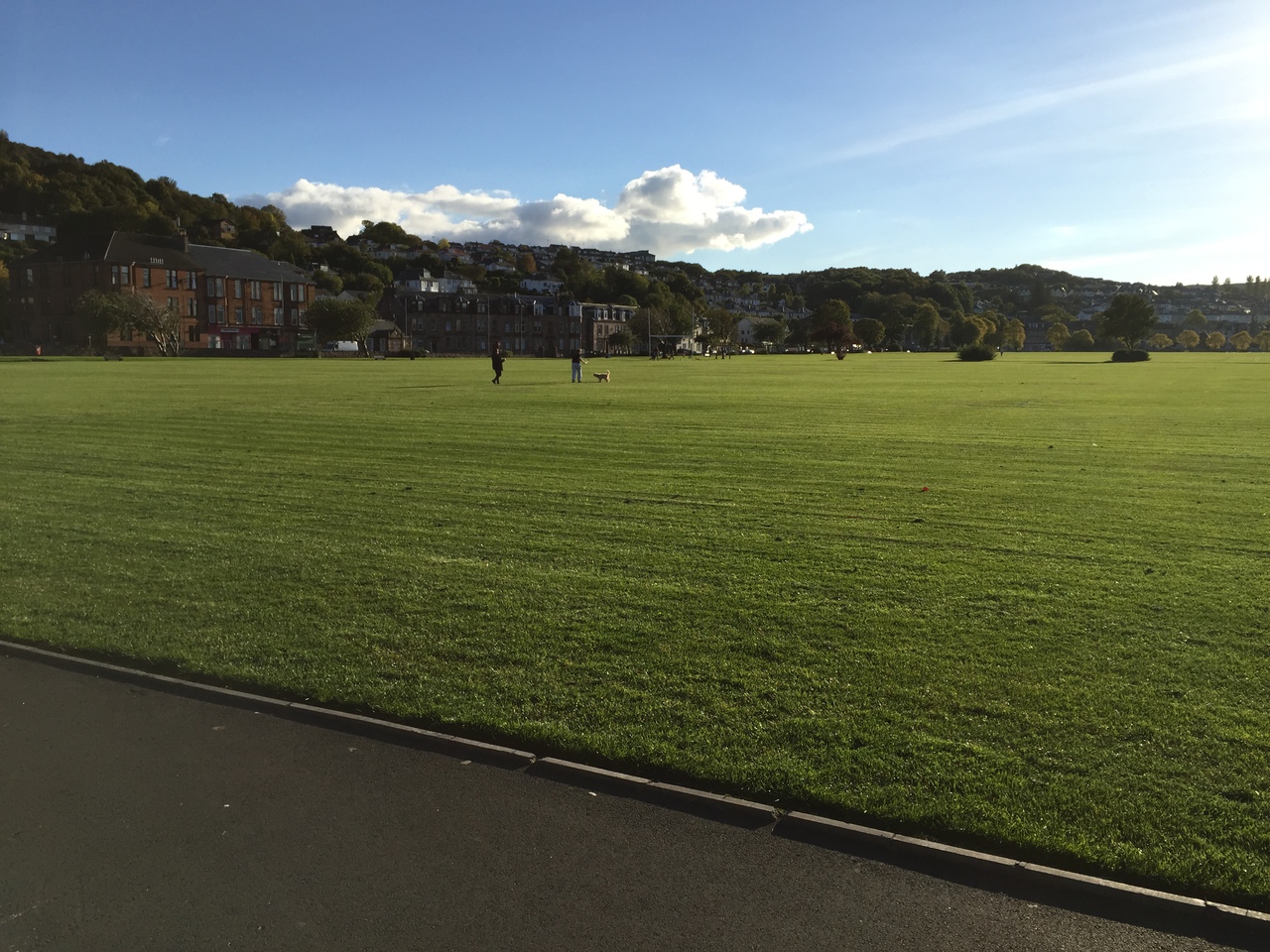
Seriously I'm not sure I've ever seen a field/park this large.
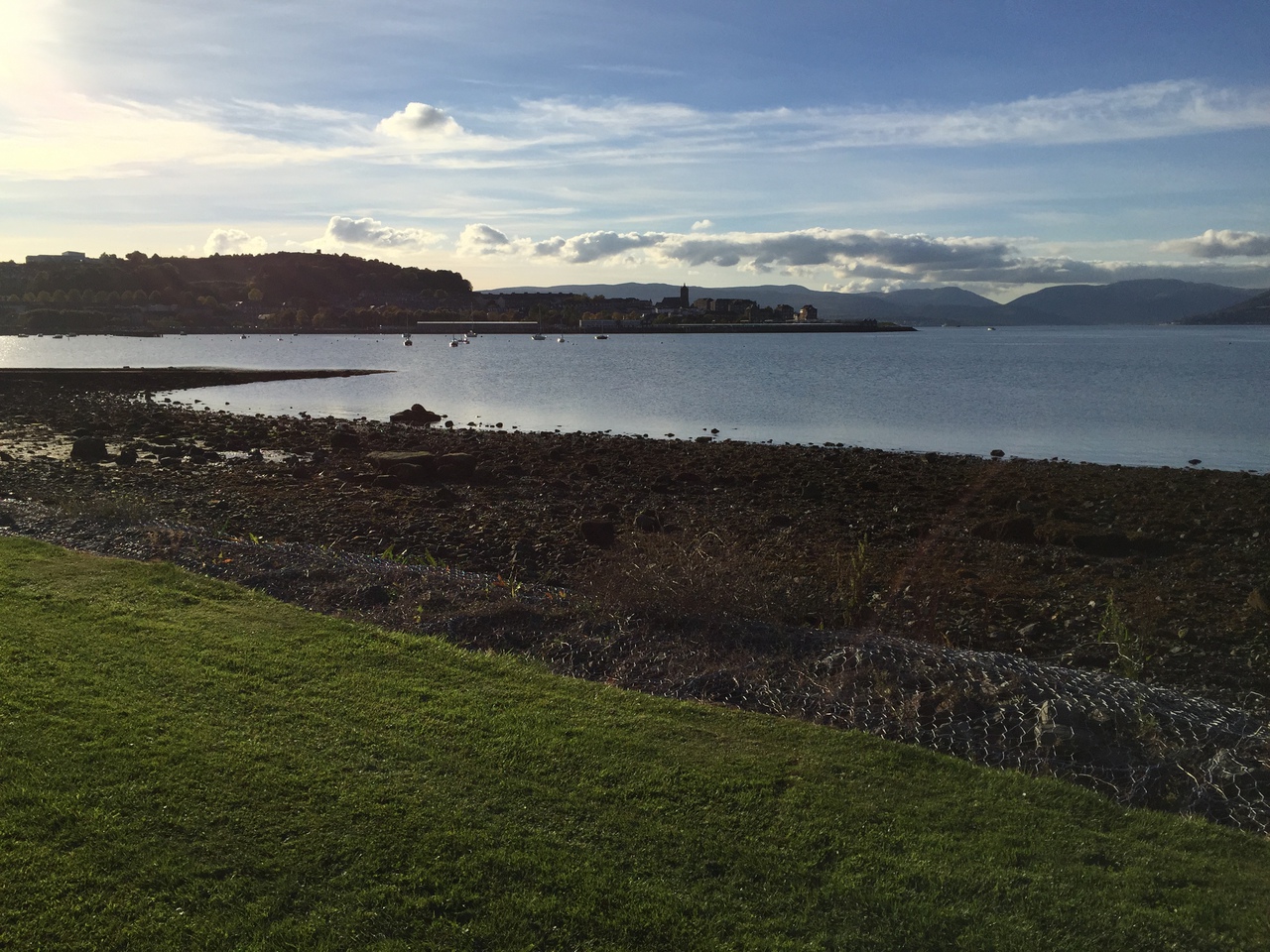
The field terminated at the river.
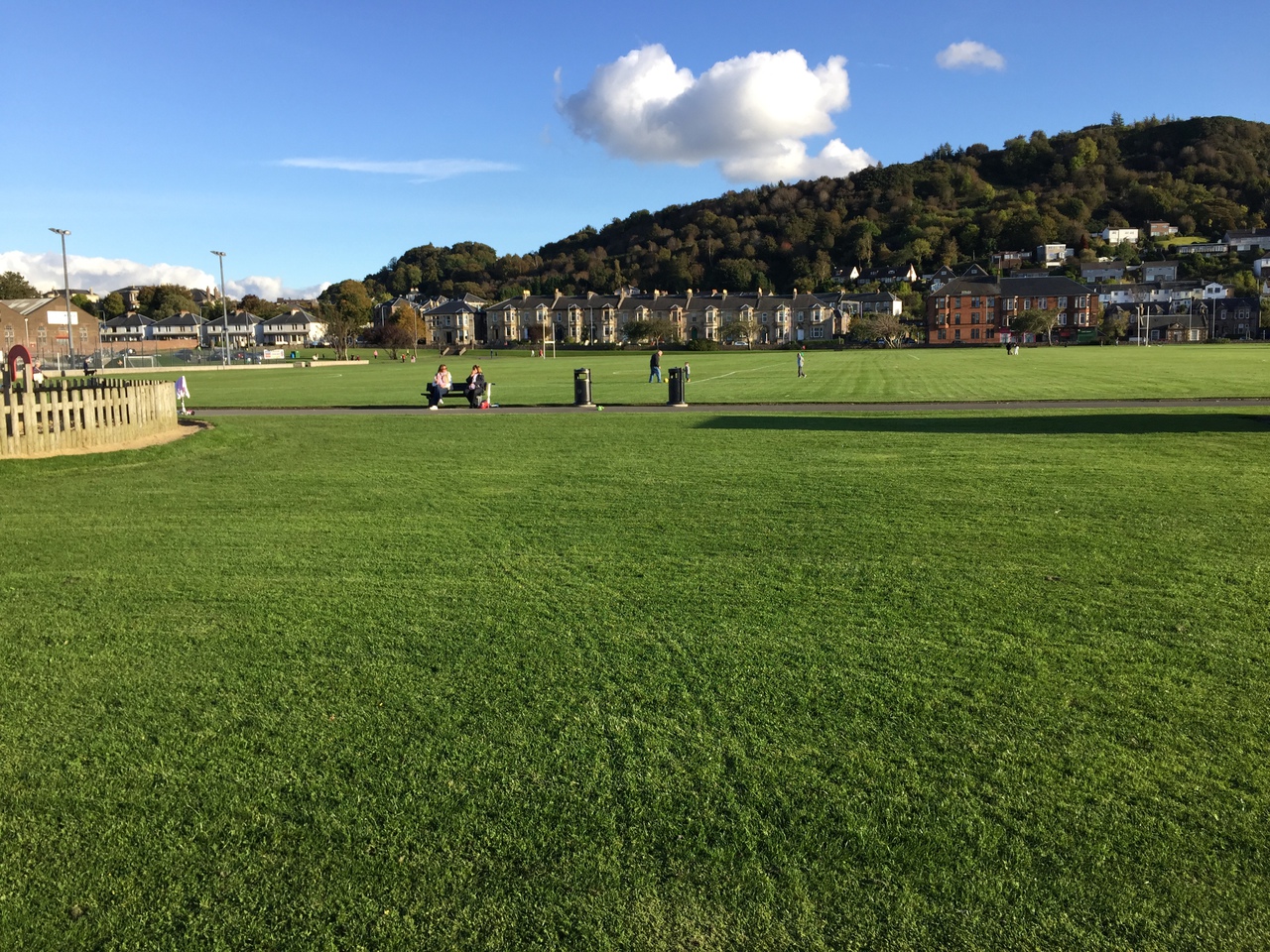
The field was also completely full of people, which to me seemed odd given that
it was a non-holiday Tuesday afternoon.
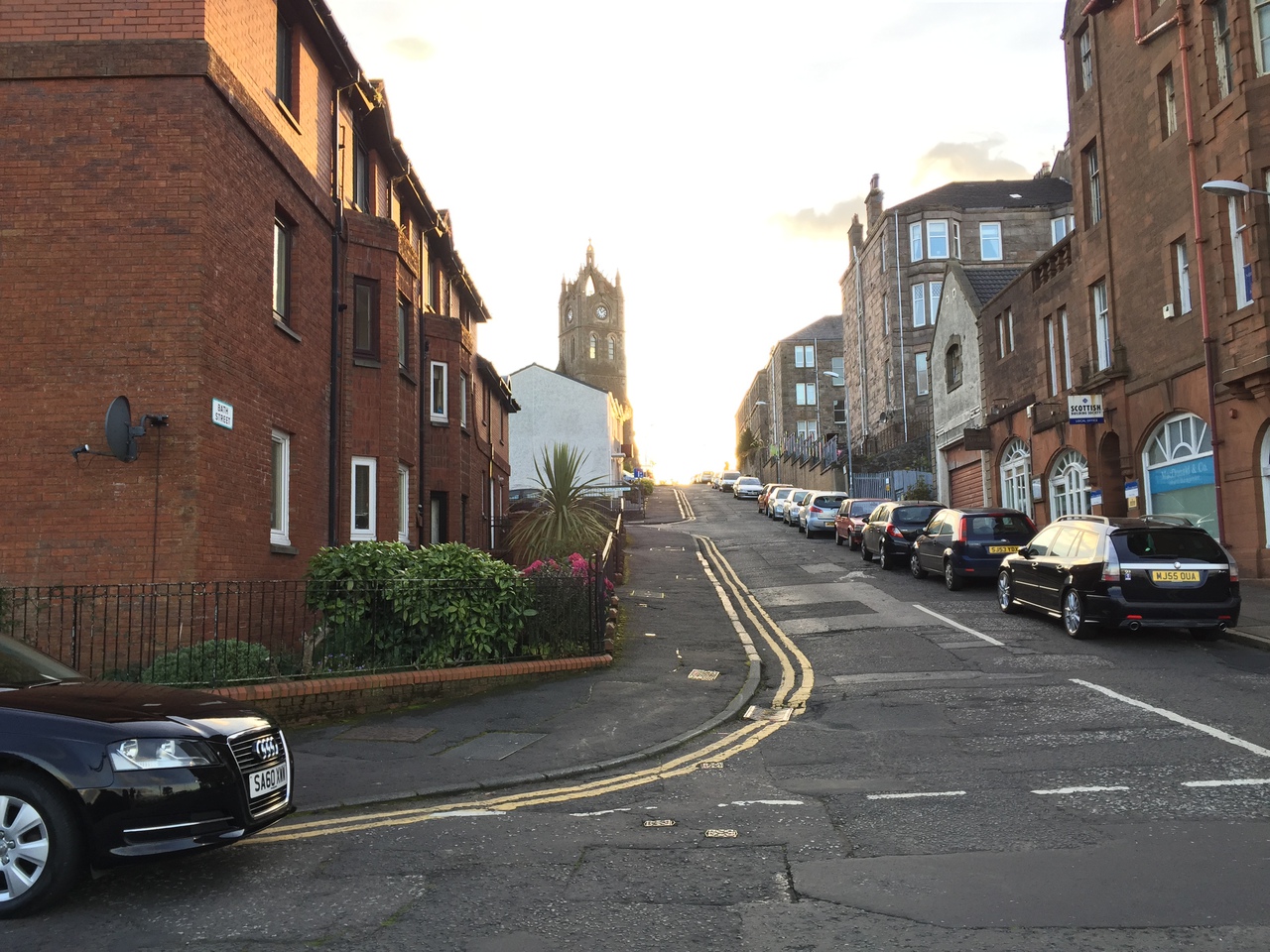
Gourock, the next town over (a nice walk). When we asked locals in town about
Gourock, they seemed unaware of where it was and had never heard of it. Whether
we were talking to the wrong people or Glaswegians don't know their surrounding
areas, I'm not sure.
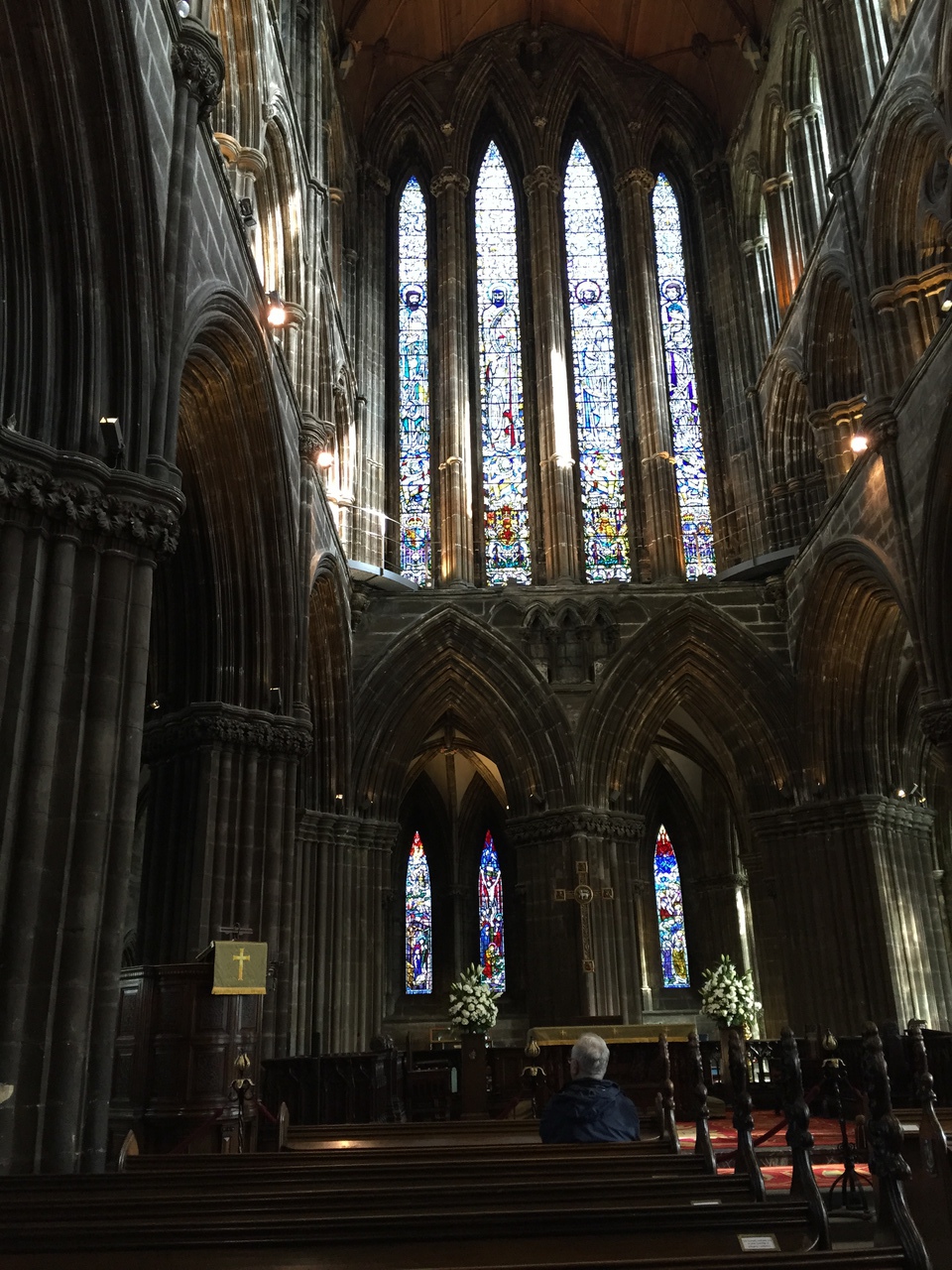
The interior of Glasgow Cathedral. One of the things that really stuck out to
me was just how many stones and floor pieces appeared to have been purchased by
locals and dedicated to themselves or some important local figure or something
like this. I don't know much about 19th century Scottish religious culture (the
19th century was when most of the recent changes to the cathedral occurred), but
I don't think I would have liked it very much. That said, the cathedral was
beautiful. Especially noteworthy in my opinion was the stone work.
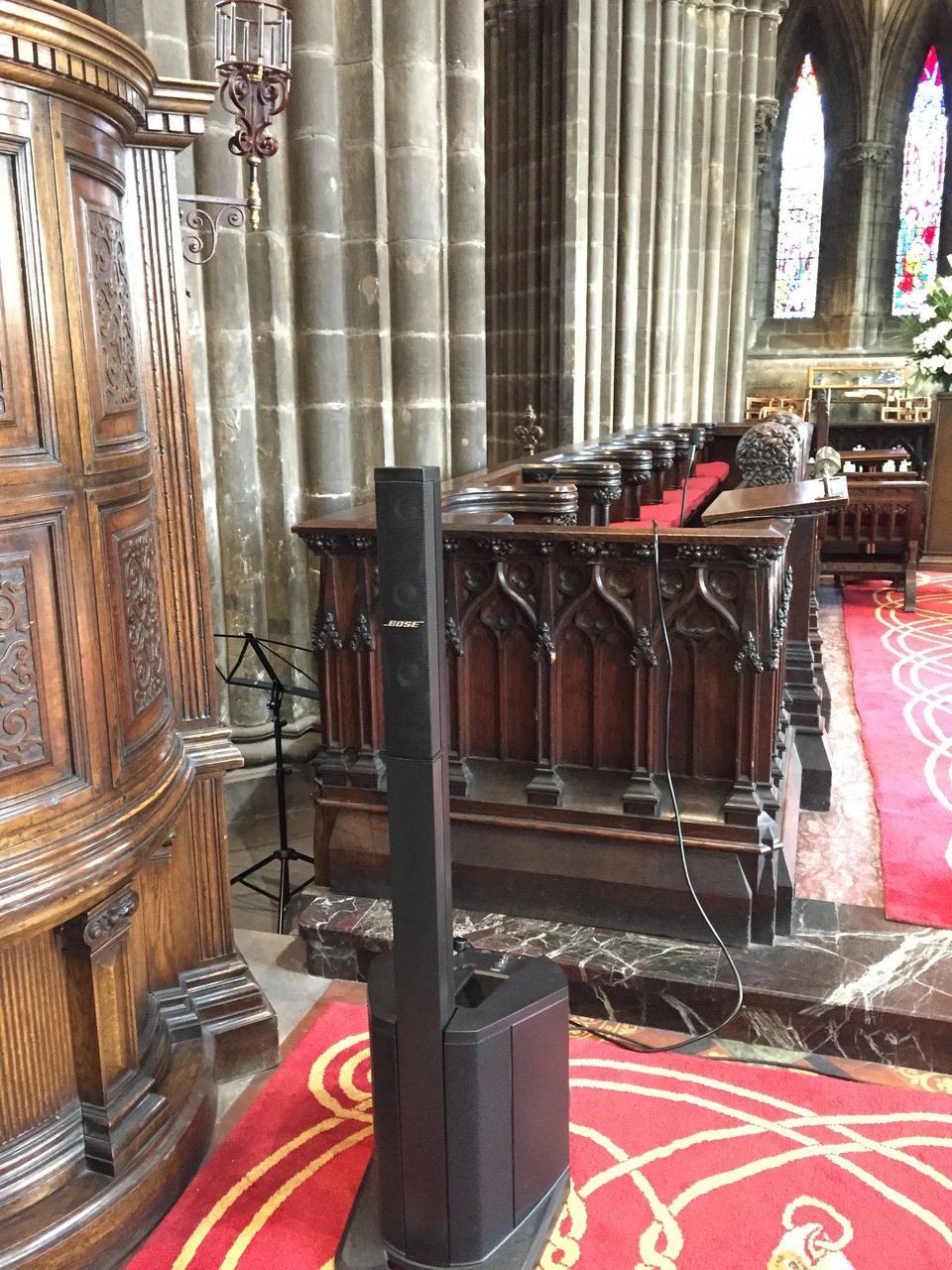
An interesting blend of new and old.
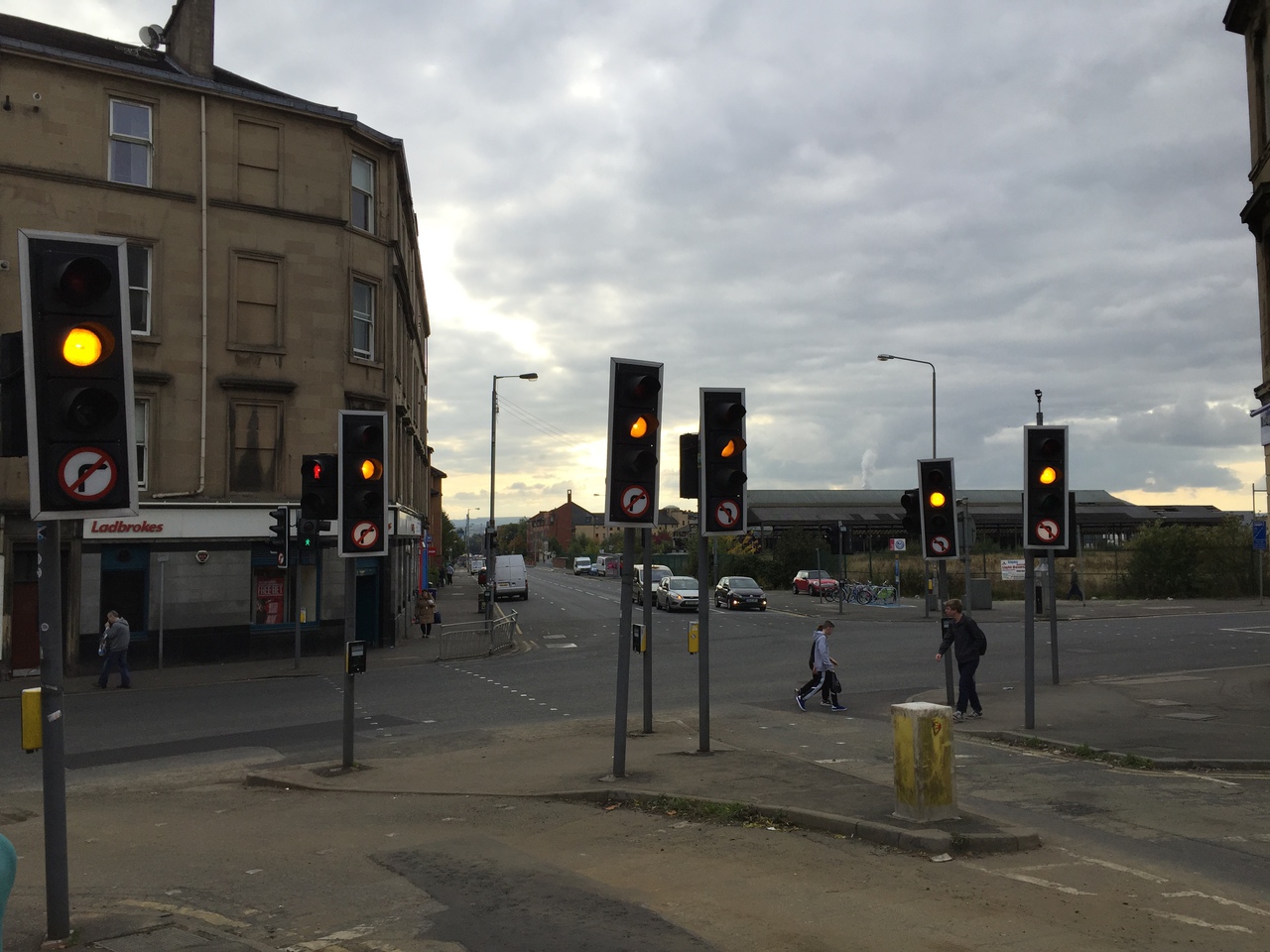
I'm not sure why there are so many lights here. This was not the only
intersection I saw with an insane number of lights.
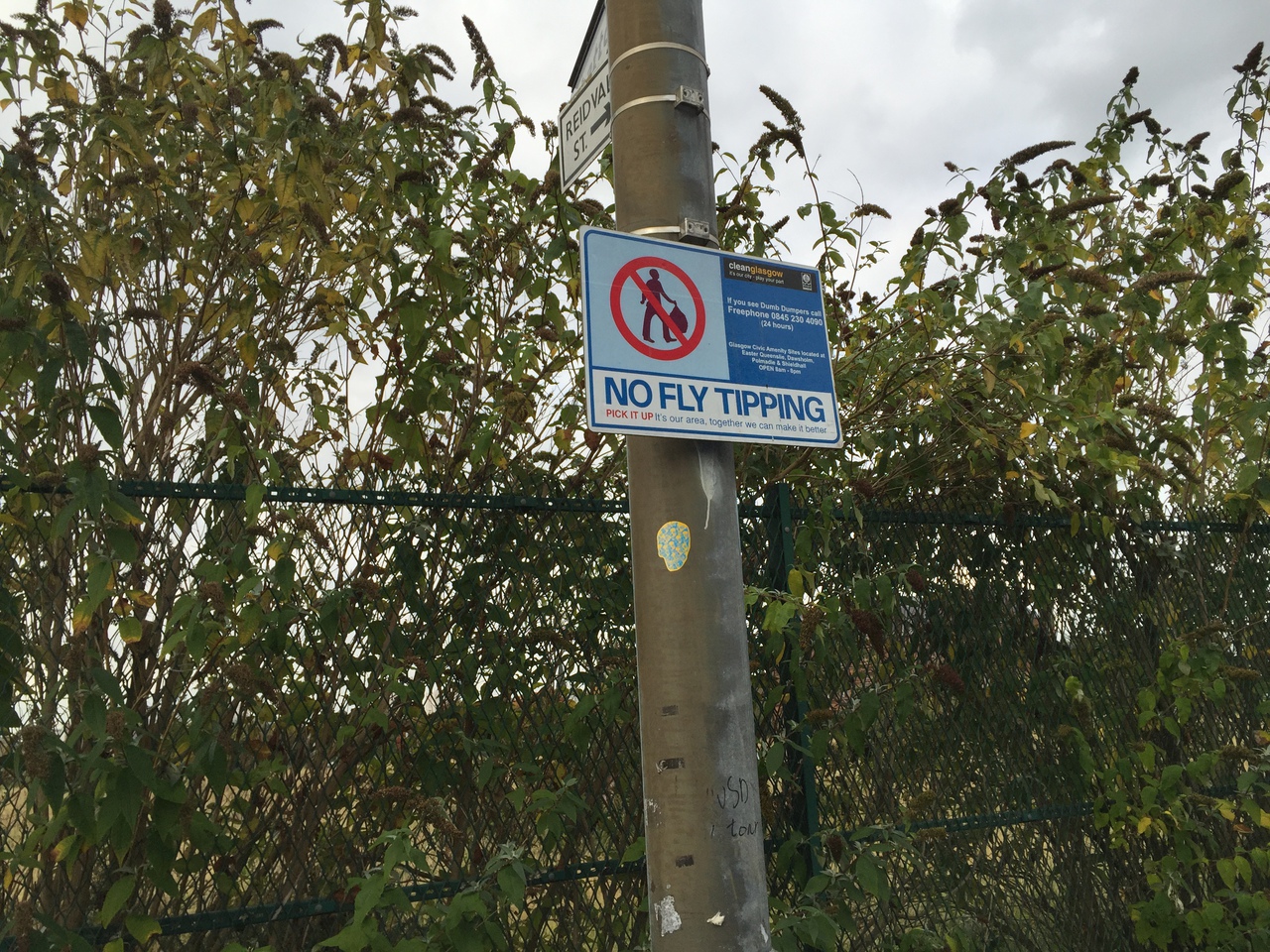
What?
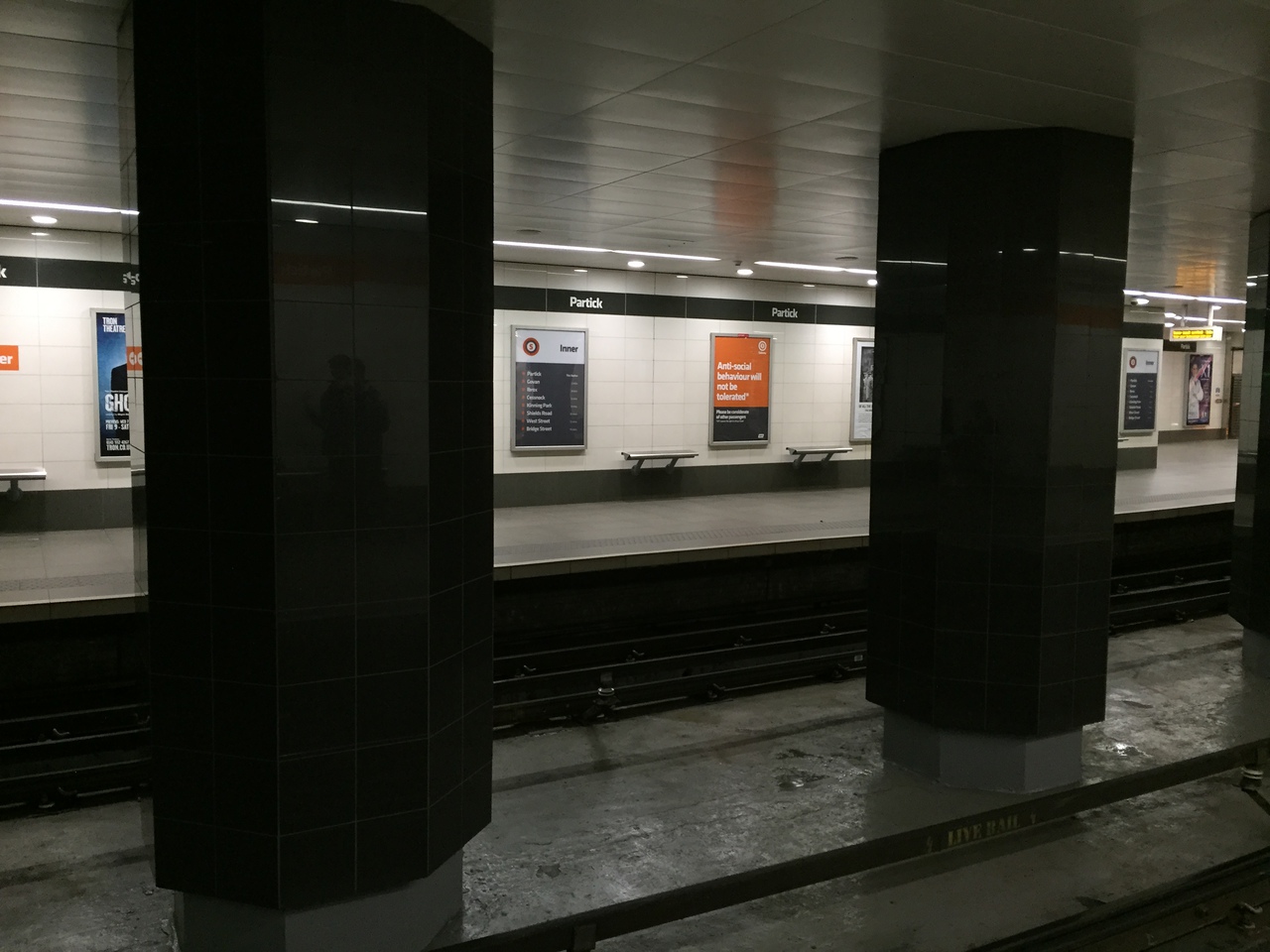
So, does anti-social behavior include the use of smartphones?
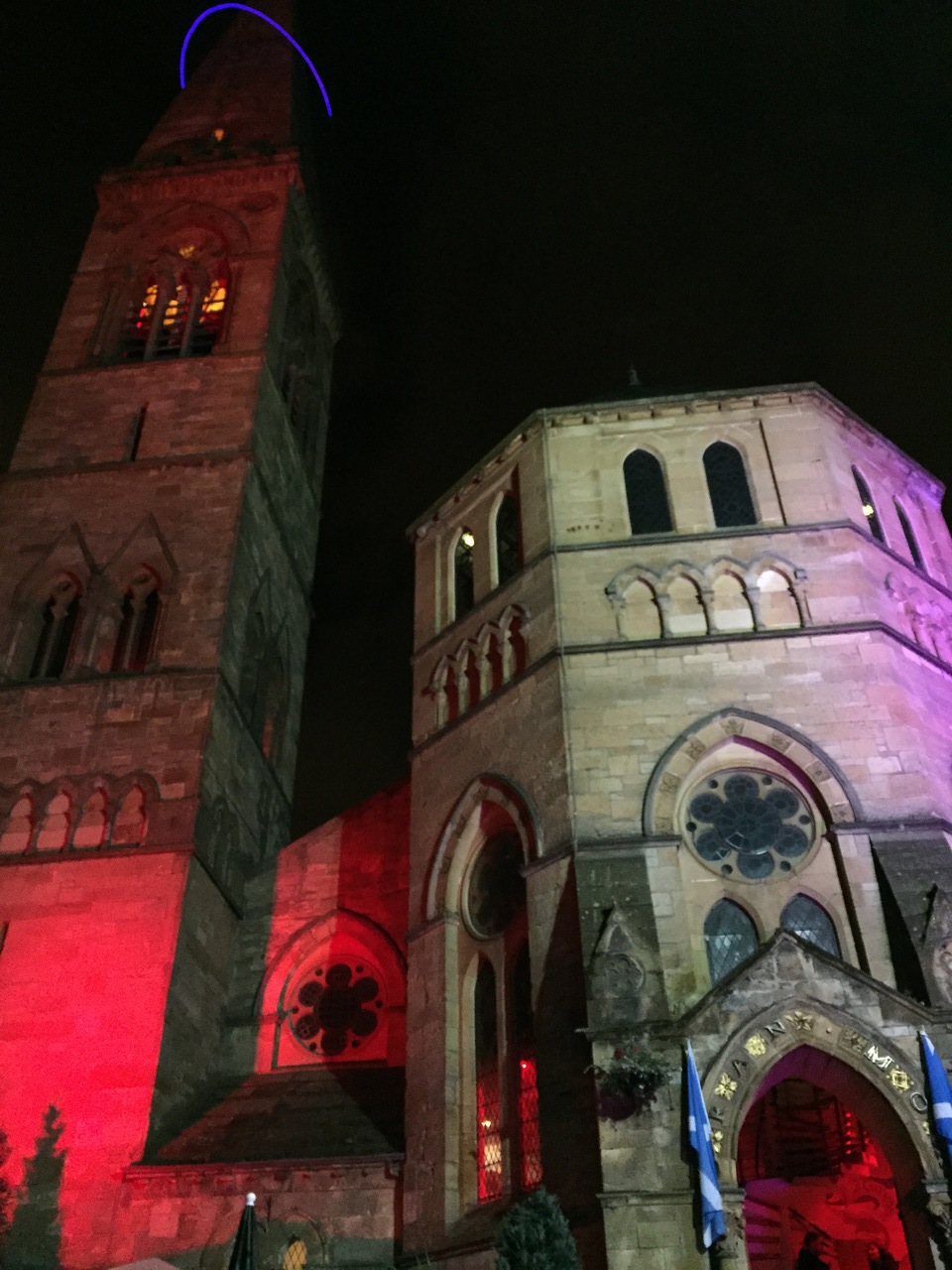
This church in the West End of Glasgow had been converted to a pub/bar/theatre,
where I got a glare from the bartender when I asked for Tennent's (which is made
in Glasgow), found out from another bartender that Tennent's is actually just
the Scottish equivalent of Budweiser, obtained a different local beer, and
listened to a Scottish musician perform covers of various well-known rock bands
(including barely-comprehensible Stones covers due to the accent).
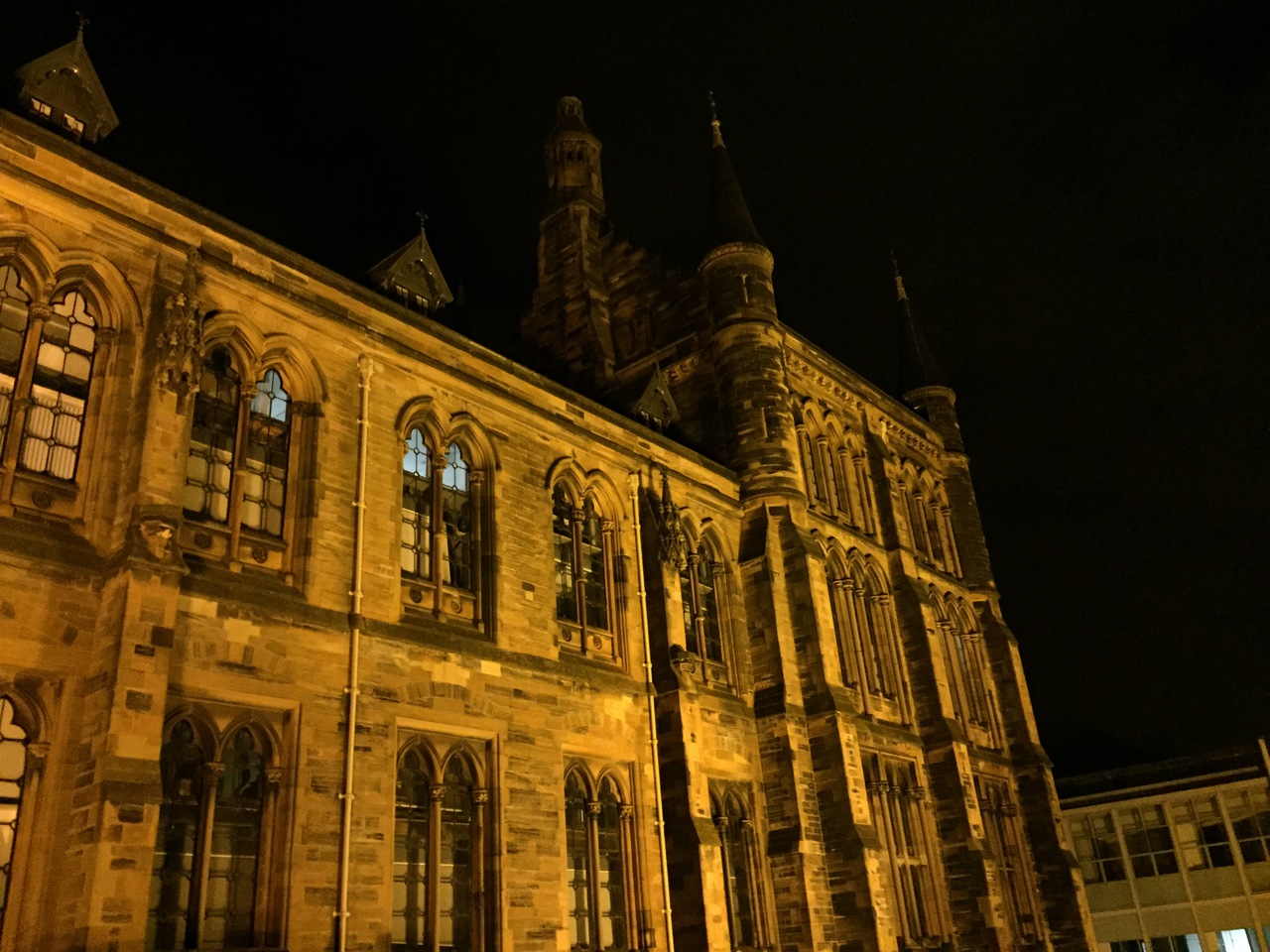
This is a building on the University of Glasgow campus that we explored the
inside of. Disappointingly, the inside had been retrofitted as a typical
academic building and there were no big halls with arches or anything like
this---it might as well have been on the campus of the University of West
Georgia or something. On the other hand, it was beautiful from the outside...
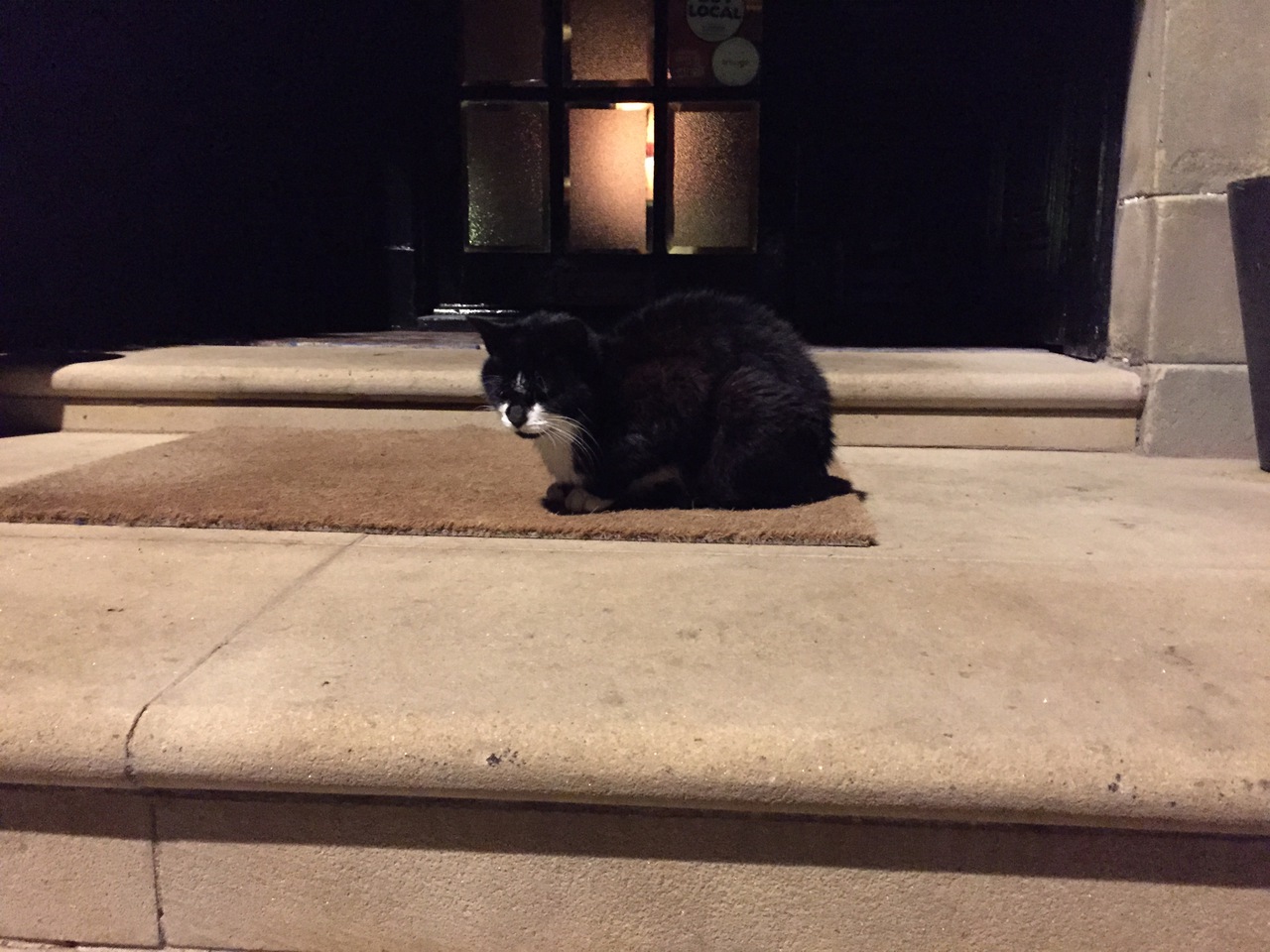
This is Flash, the 22-year-old cat that belonged to the owners of the guest
house we stayed at.
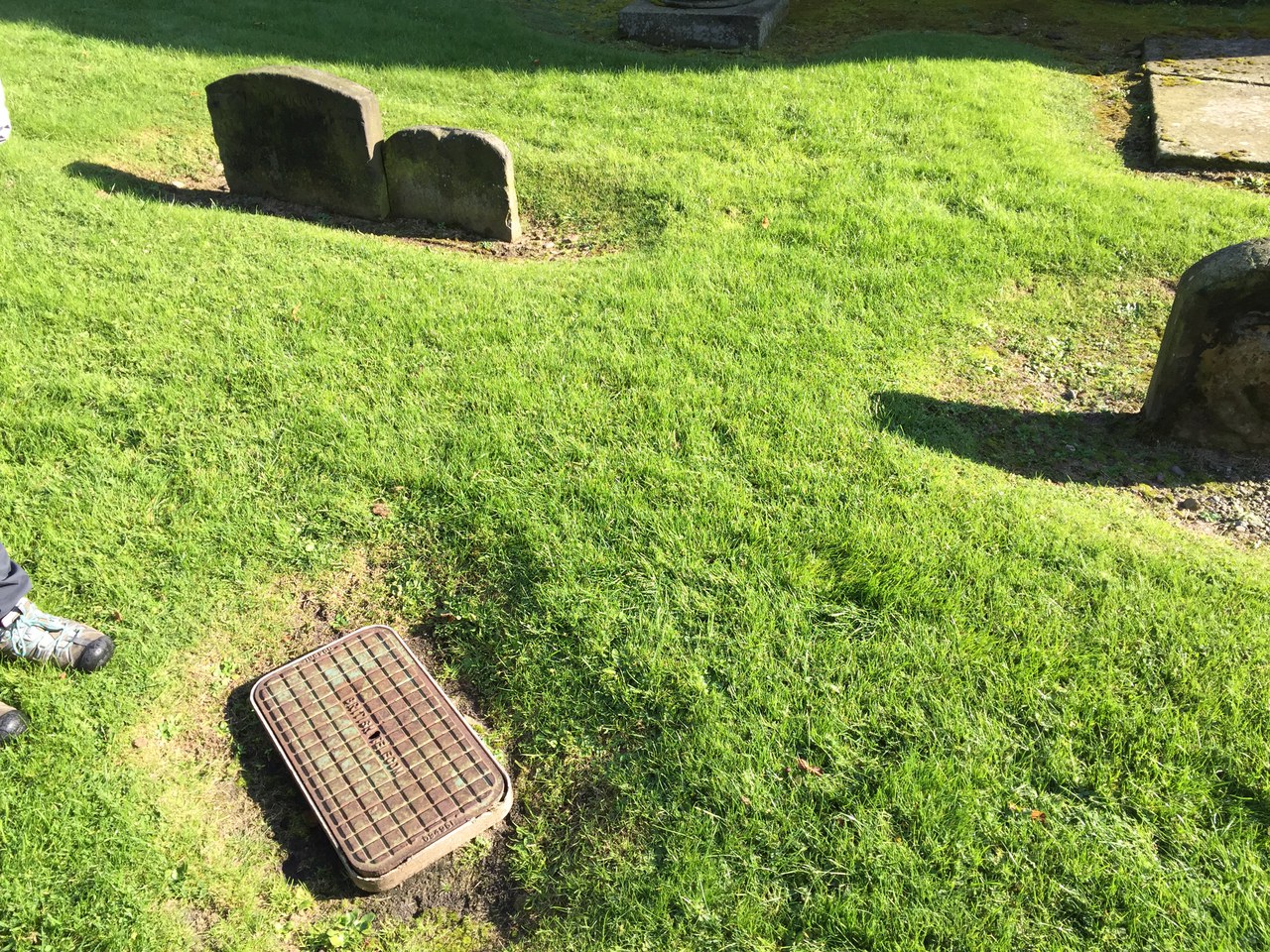
Here lies British Telecom.
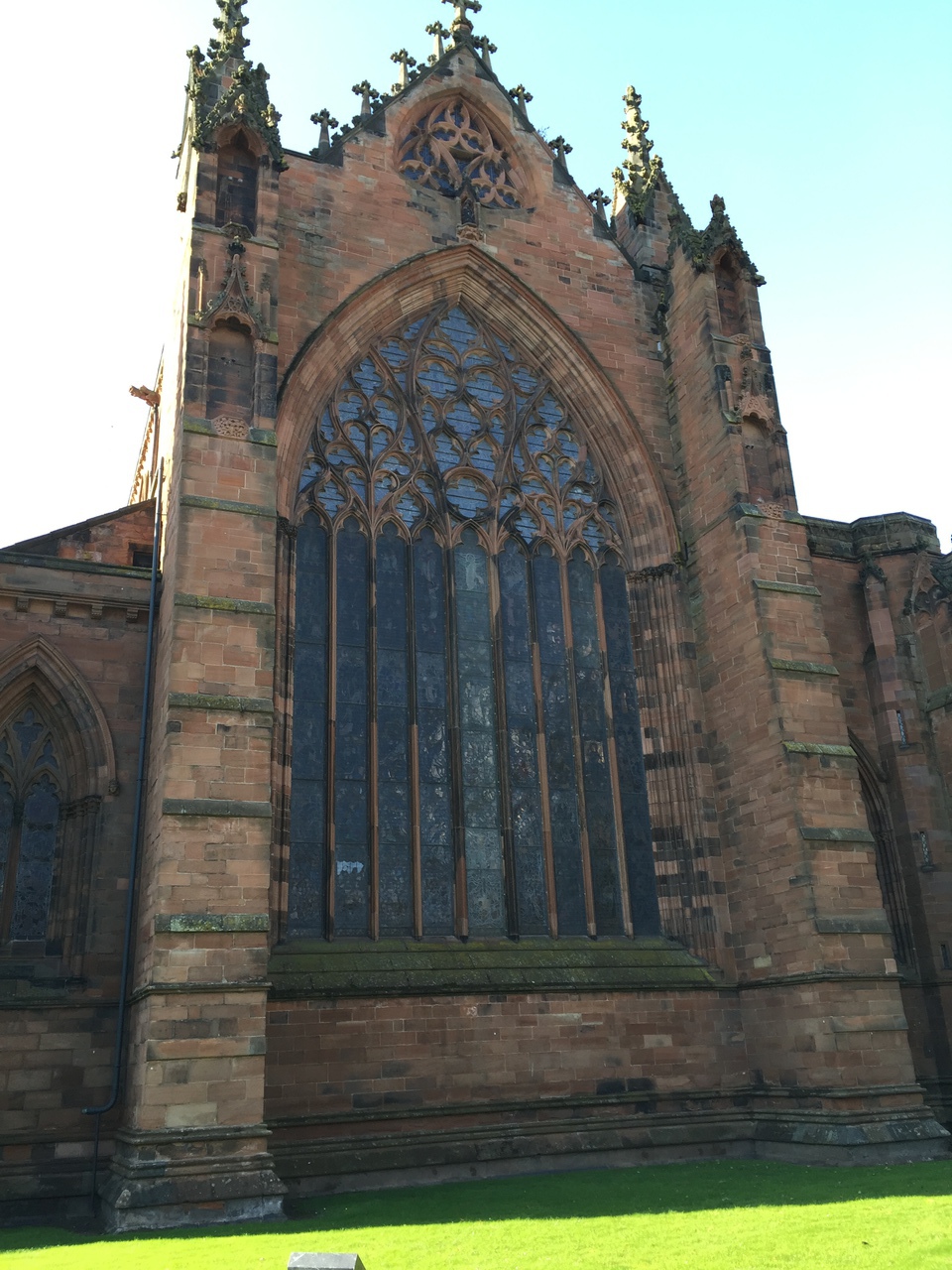
This stained glass window of Carlisle Cathedral, at the top, contains glass
from the 14th century depicting people being tortured in hell.
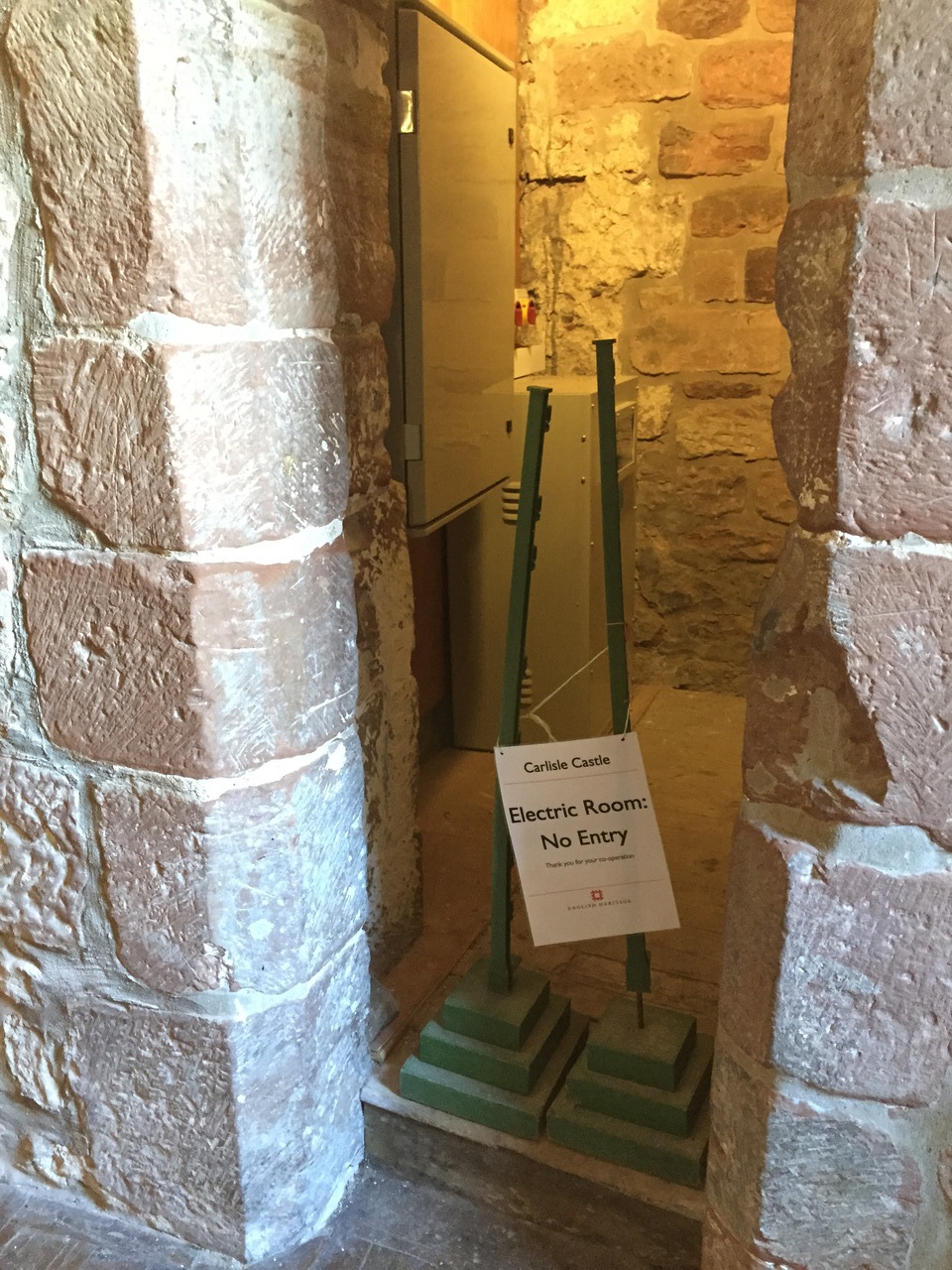
In medieval times, the employment of many peasants was required for the proper
functioning of the electric room.
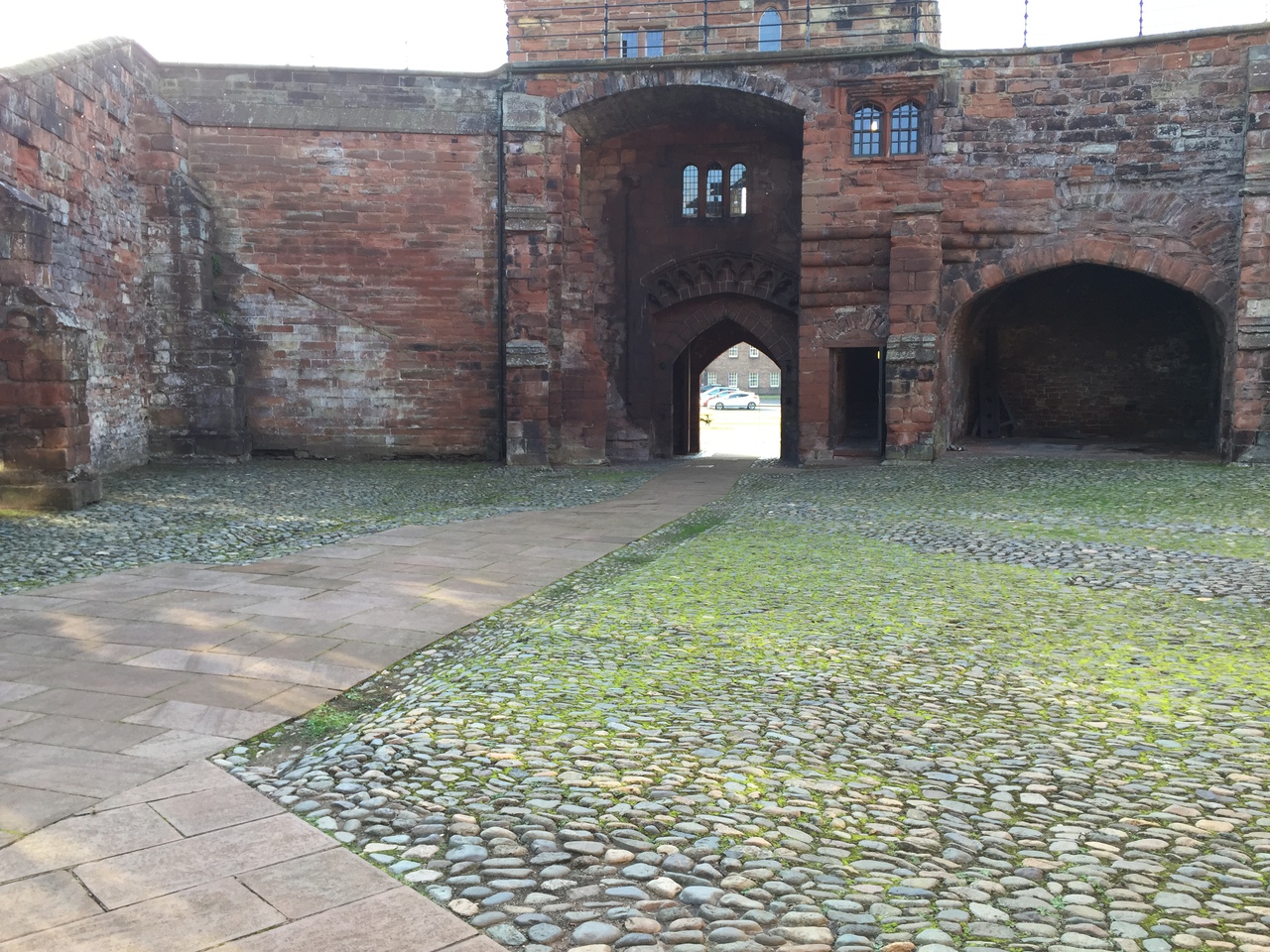
This is the gate to the inner area of Carlisle Castle. I am certain very many
young men have died in that spot for reasons of relatively minor importance.
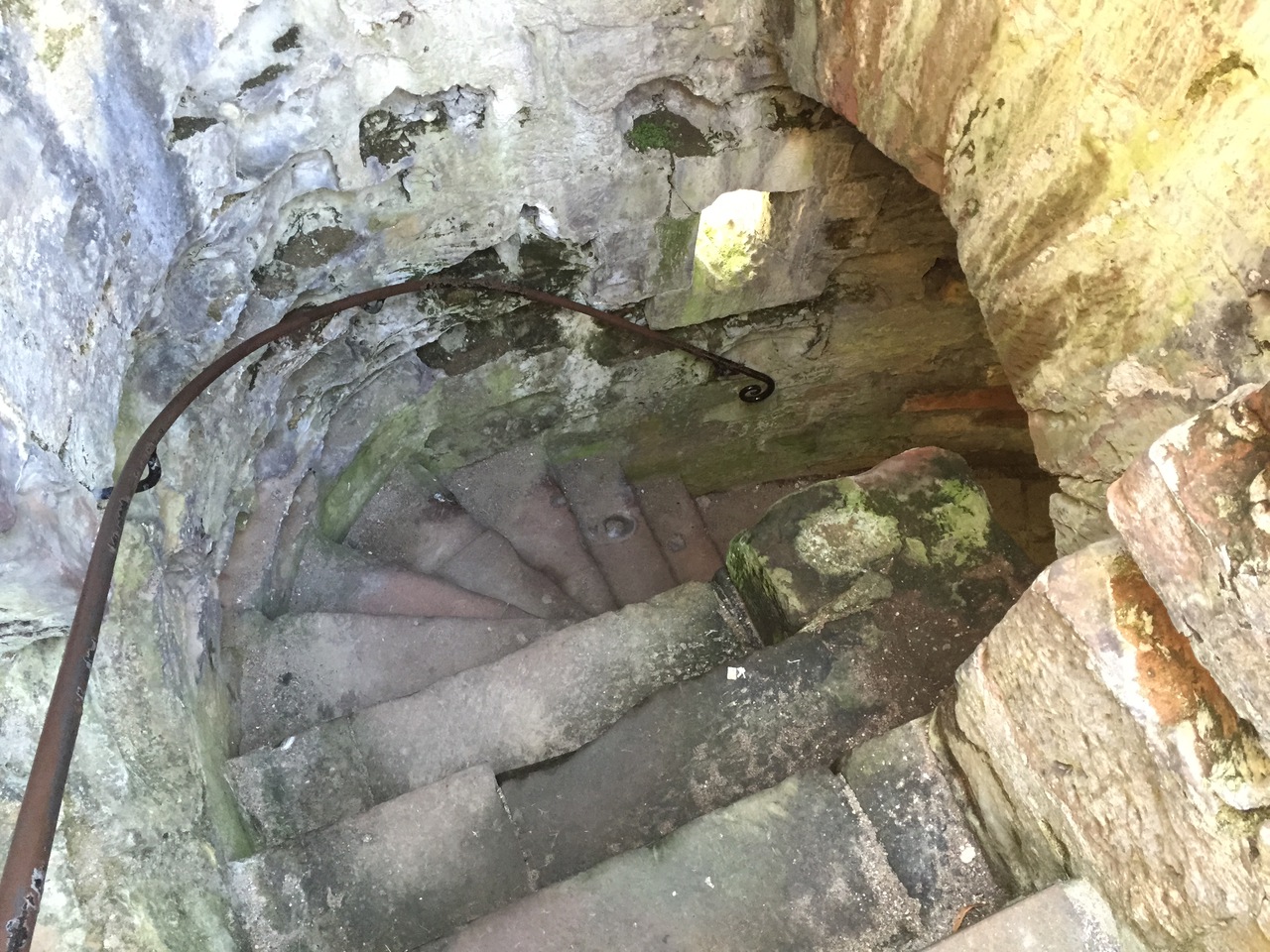
This was built in the 15th century, apparently before ADA compliance was a
thing.
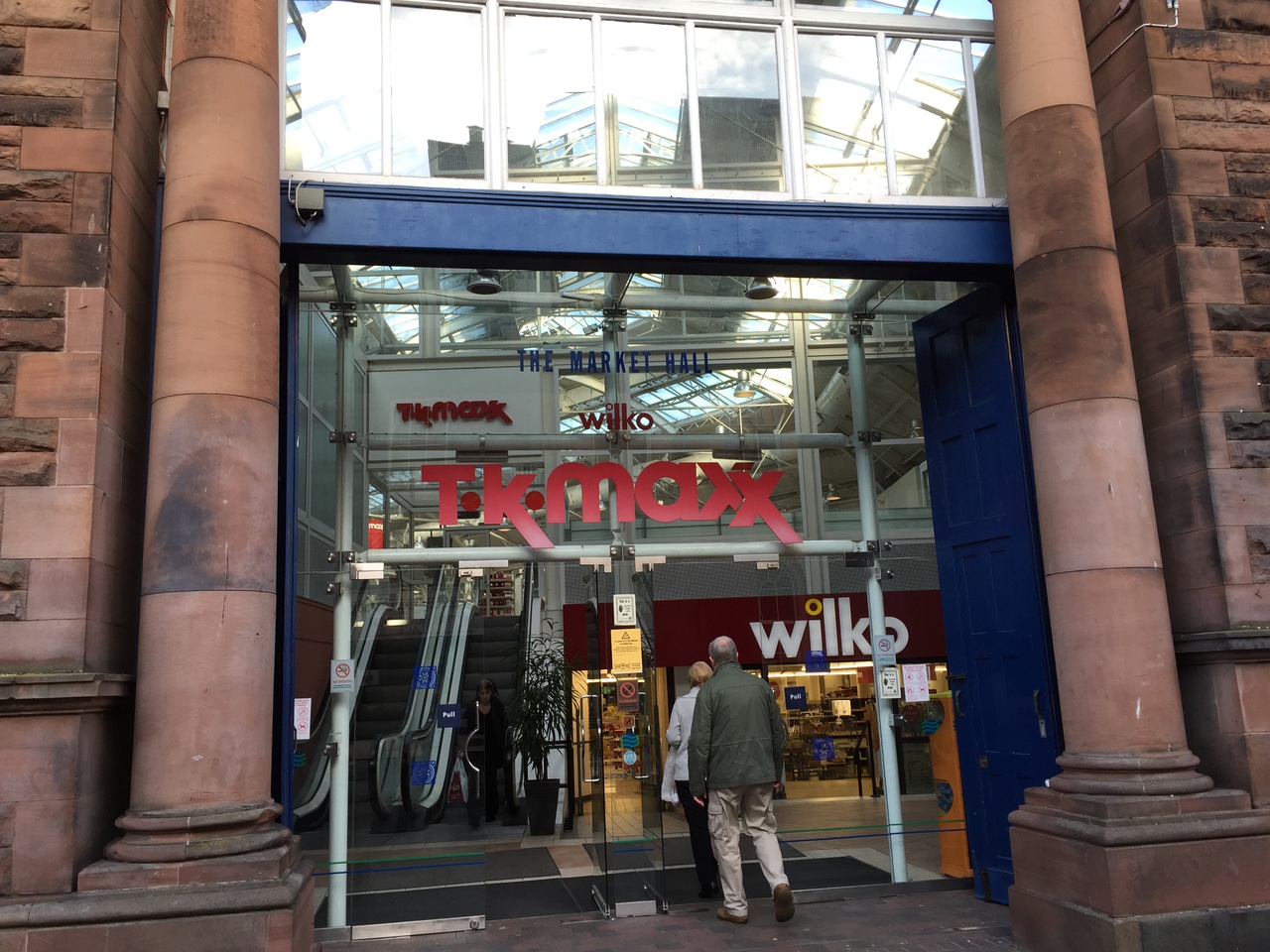
Excuse me, but the name of this sign is spelled wrong.

No! Just no!
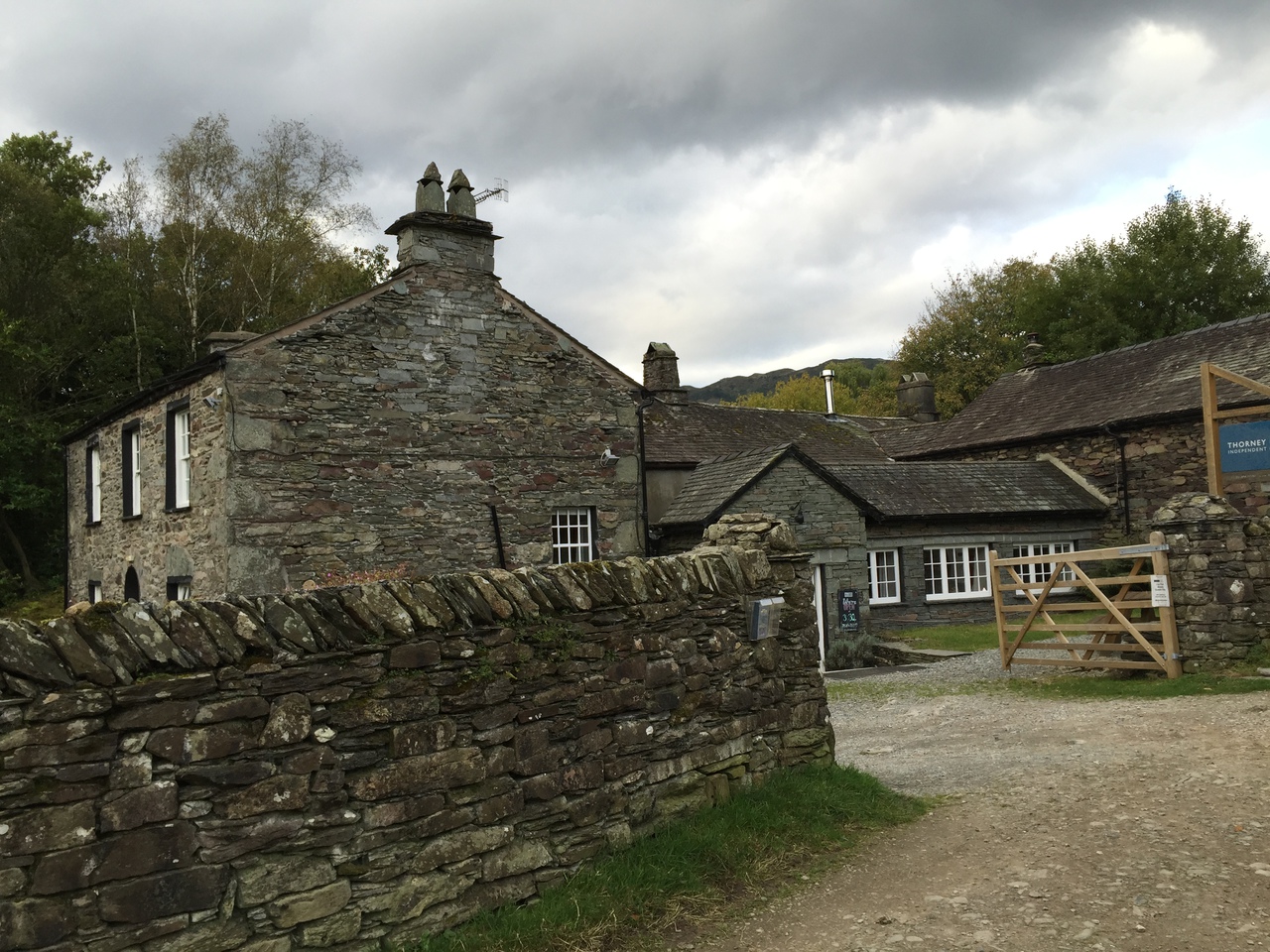
Thorney How Independent Hostel, outside Grasmere, in the Lake District.
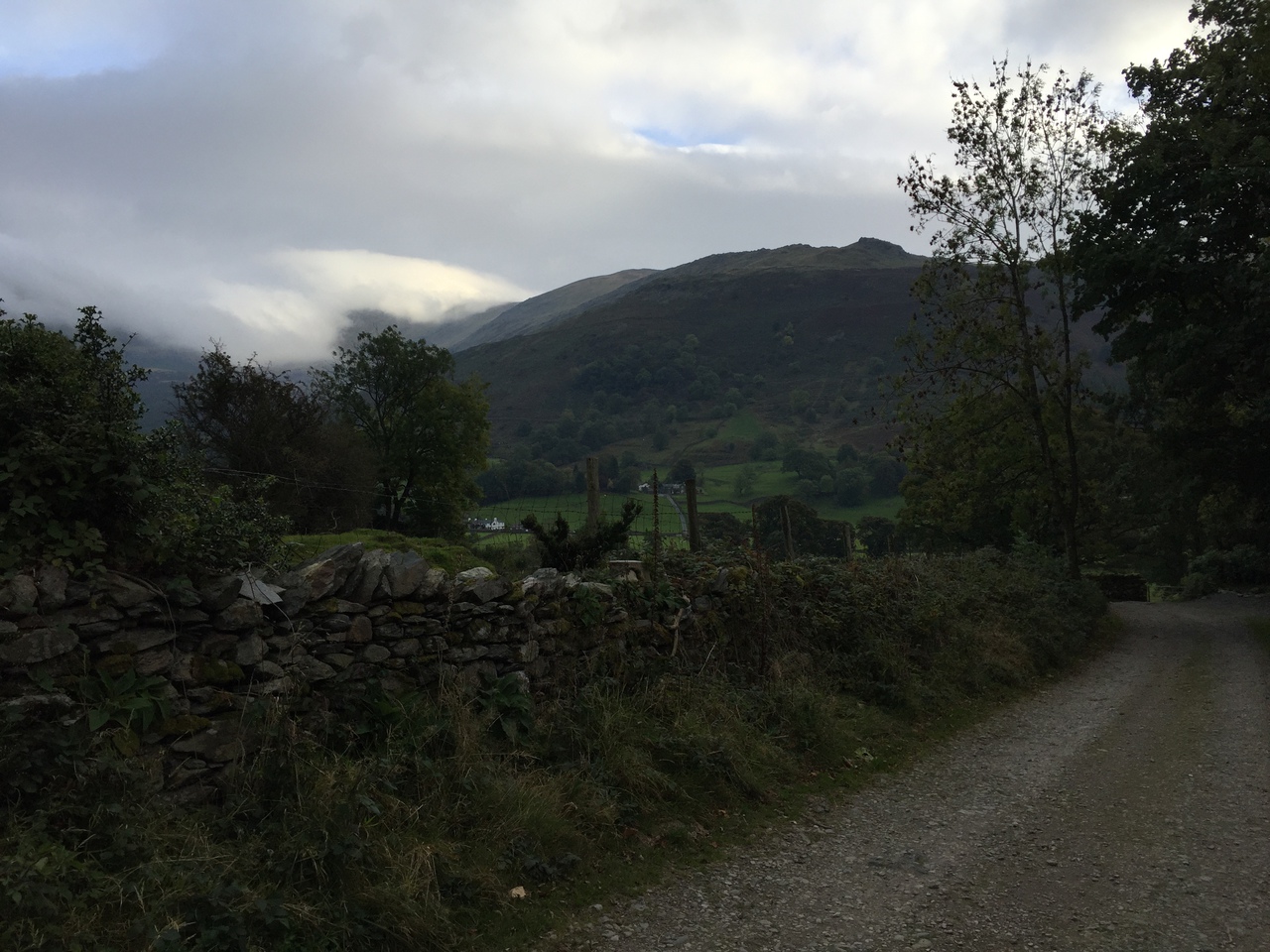
The Lake District contains fascinating hilly and mountainous terrain mostly
without trees.
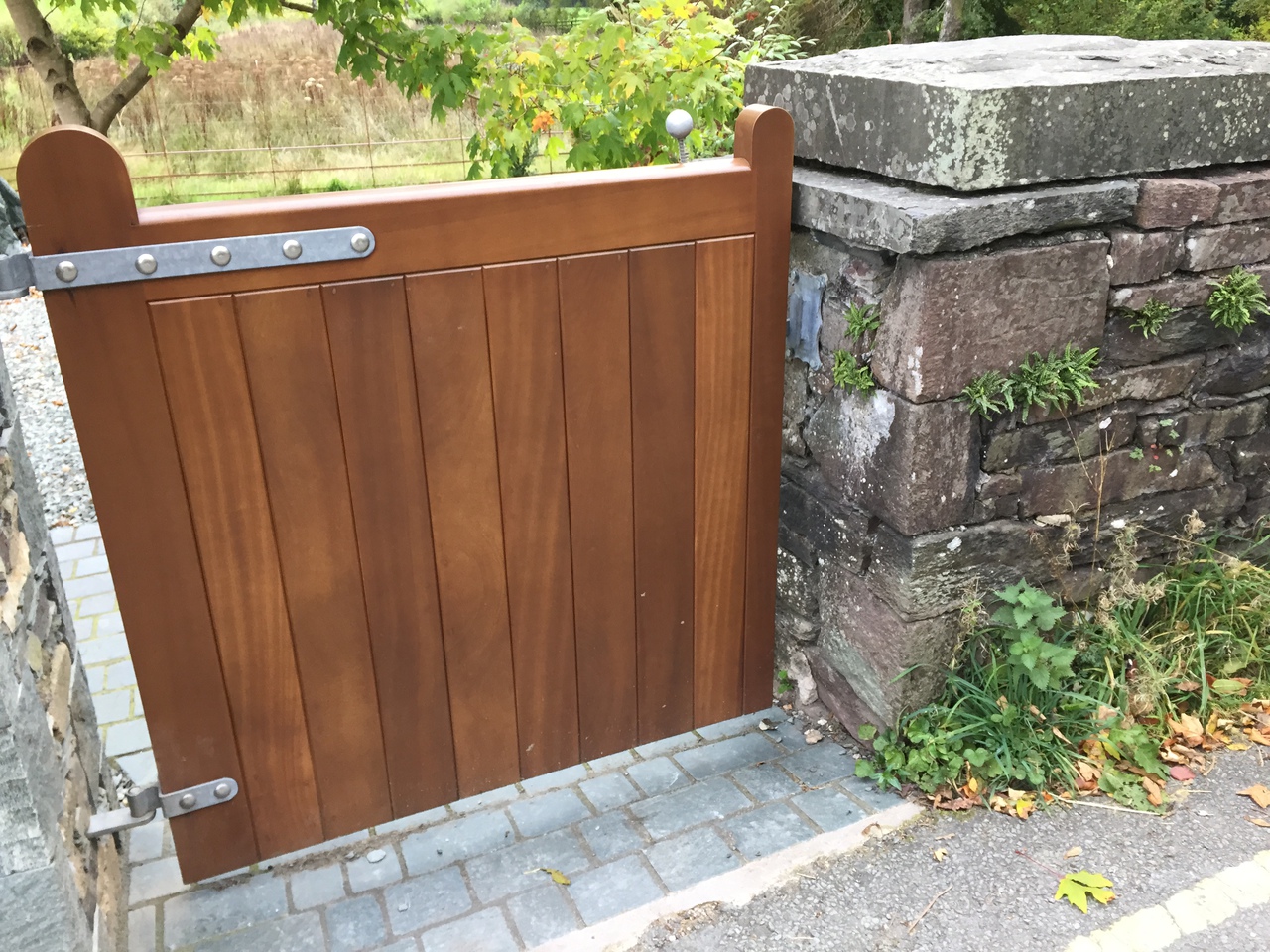
An interesting blend of new and old.
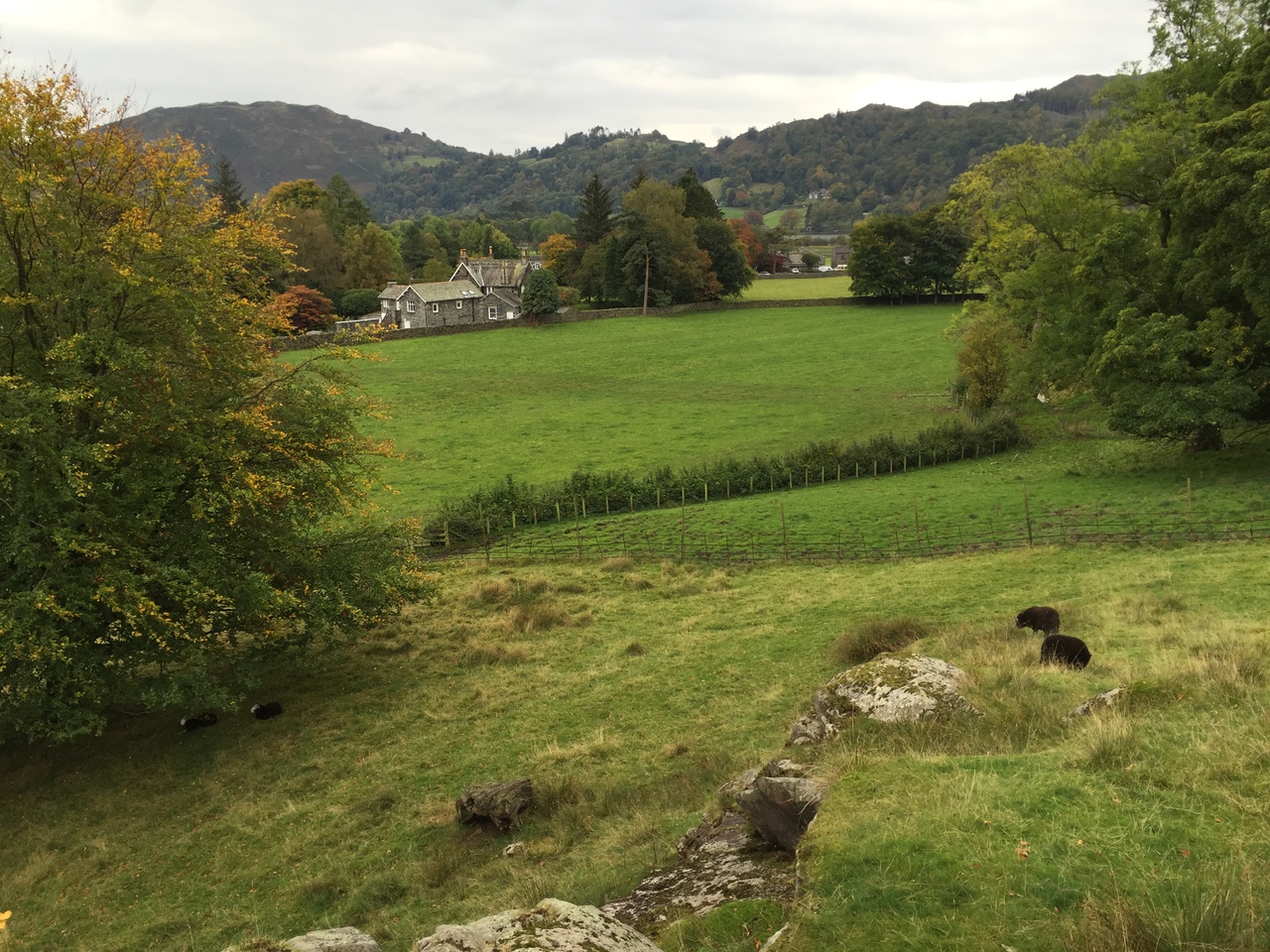
The lands are completely covered with what appear to be mostly free-roaming
sheep.
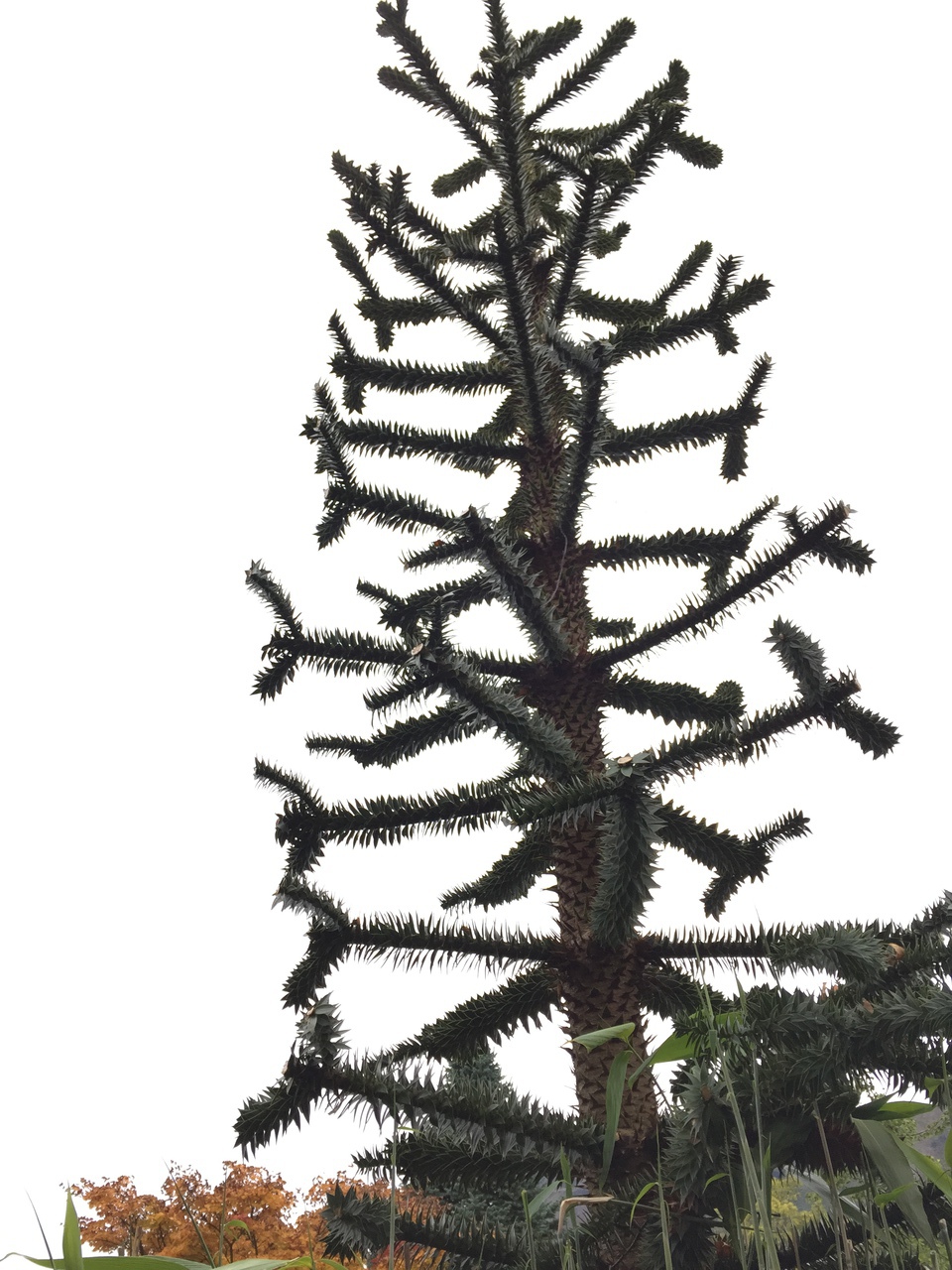
I have never seen a tree like this. Emily was convinced it was a cell tower but
I completely disagree, and this tree does appear to be alive. (And also is far
too short to be a cell tower of any feasibility.)
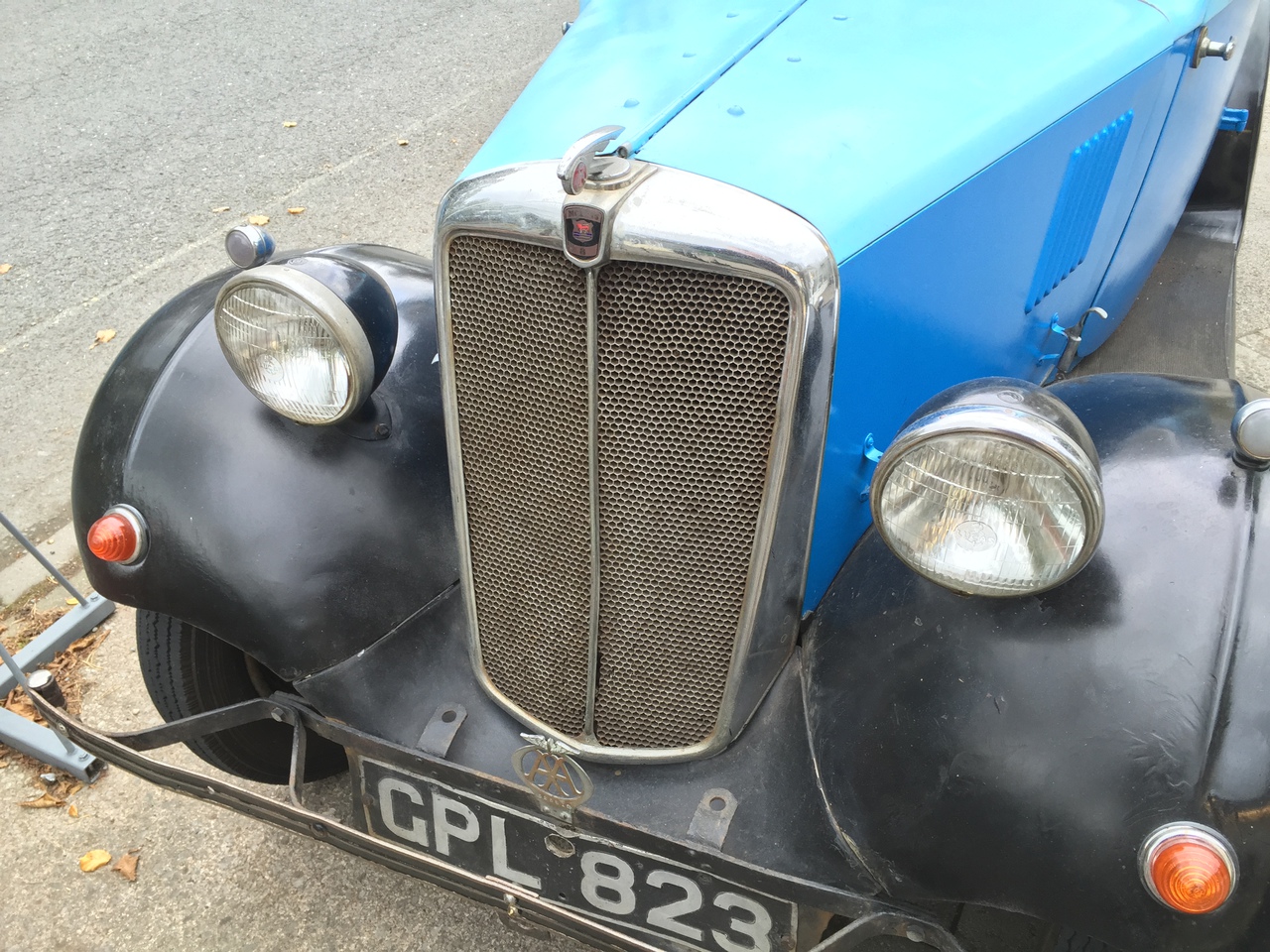
Outside a pharmacy in Grasmere, I happened upon this 1938 Morris 8. It is still
in use fairly regularly (``on days it doesn't rain'').
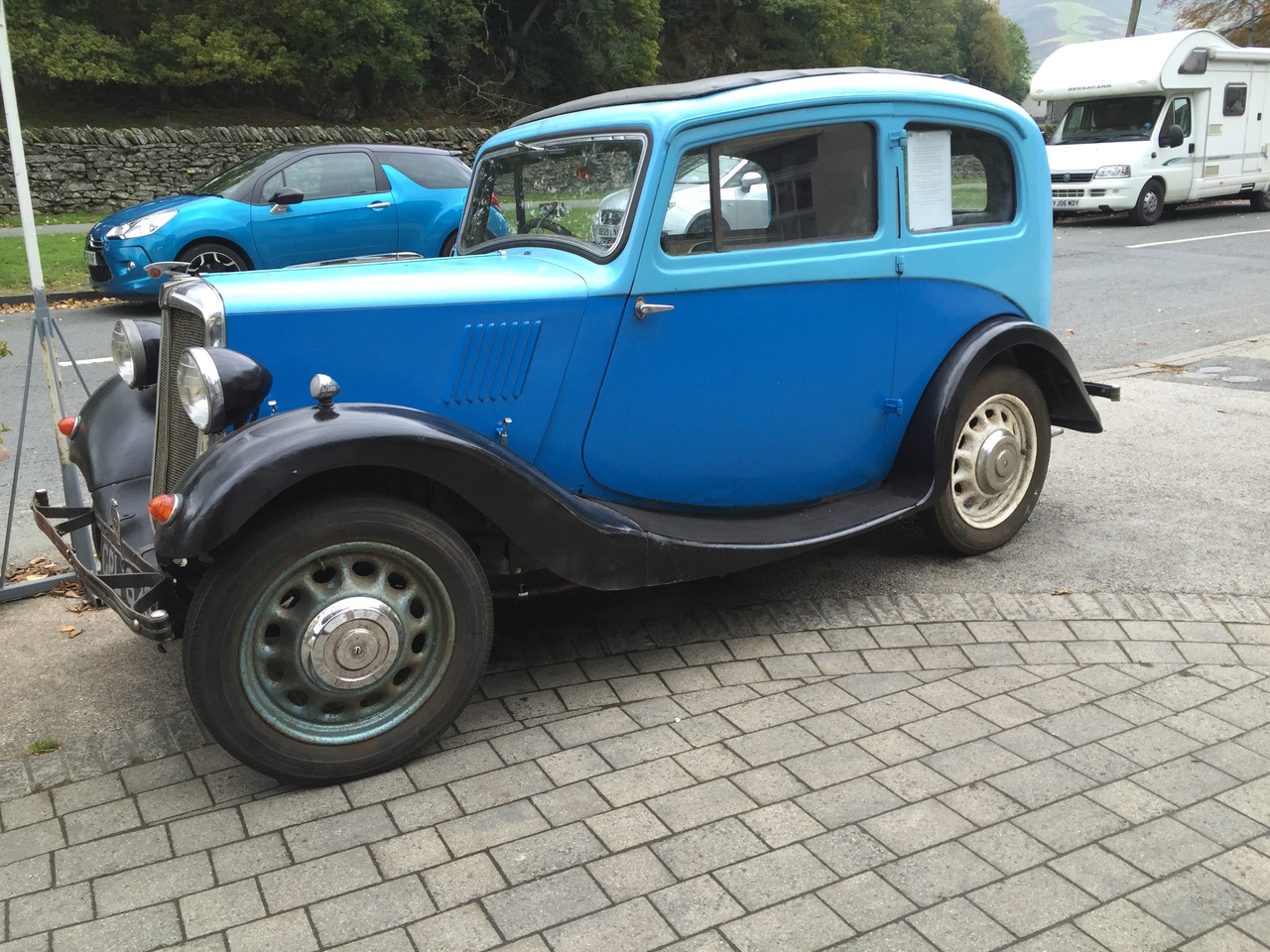
The engine is remarkably similar to the Model A: four cylinder, side valve. The
primary different (from what I could see in my quick perusal) was the size; the
A is much larger, and working on this engine requires much more flexibility.
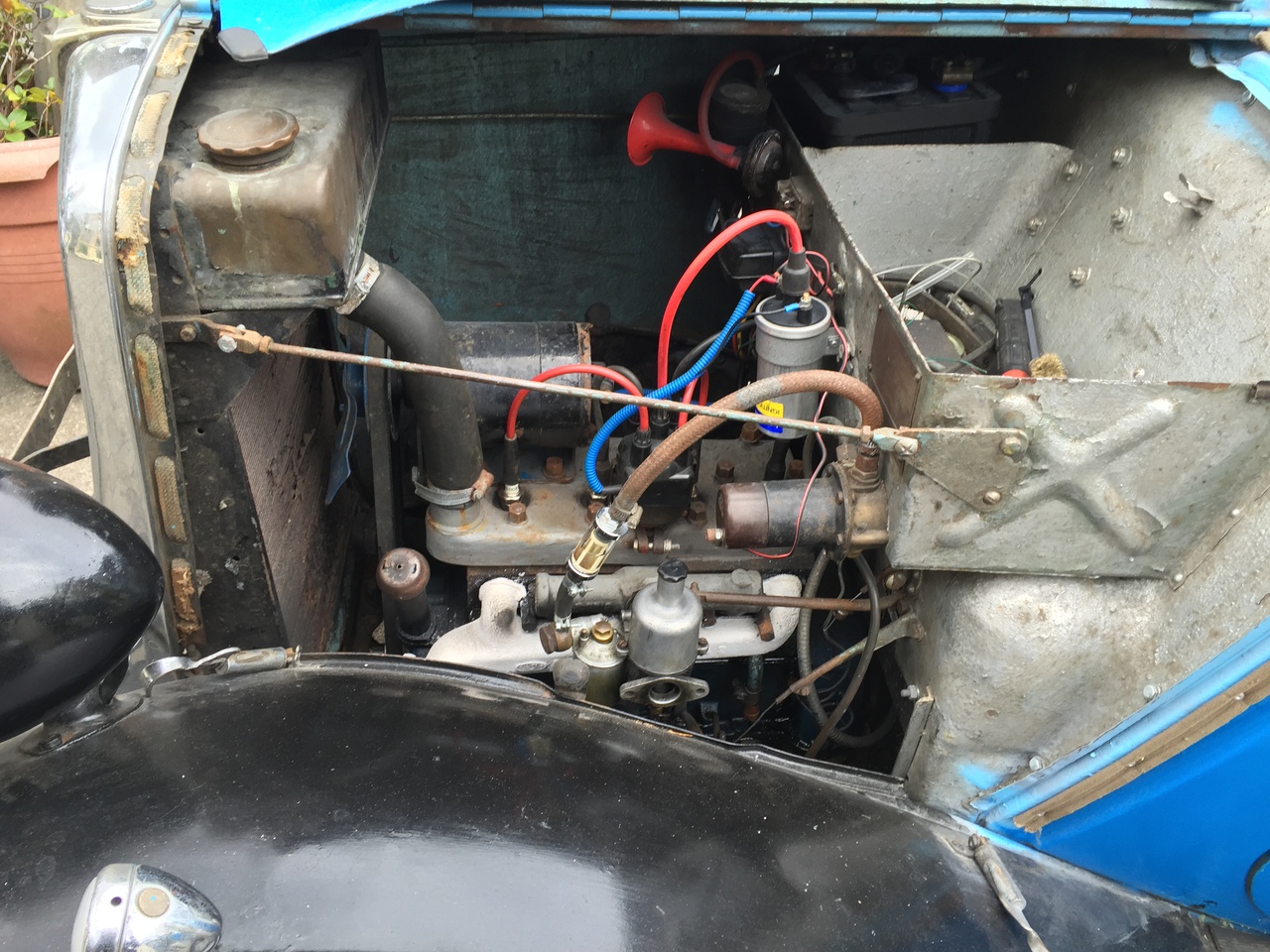
One thing I did like, however, was the tool storage area, which is convenient
for when stopped on the side of the road. The owner (who I excitedly found in
the store) said that these tools were quite useful, and that he didn't always
get where he was going. He did say that he replaced the distributor with an
entirely electronic one (so, no points to worry about) and has had much more
success since then. The electric system is still the original 6V system,
though.
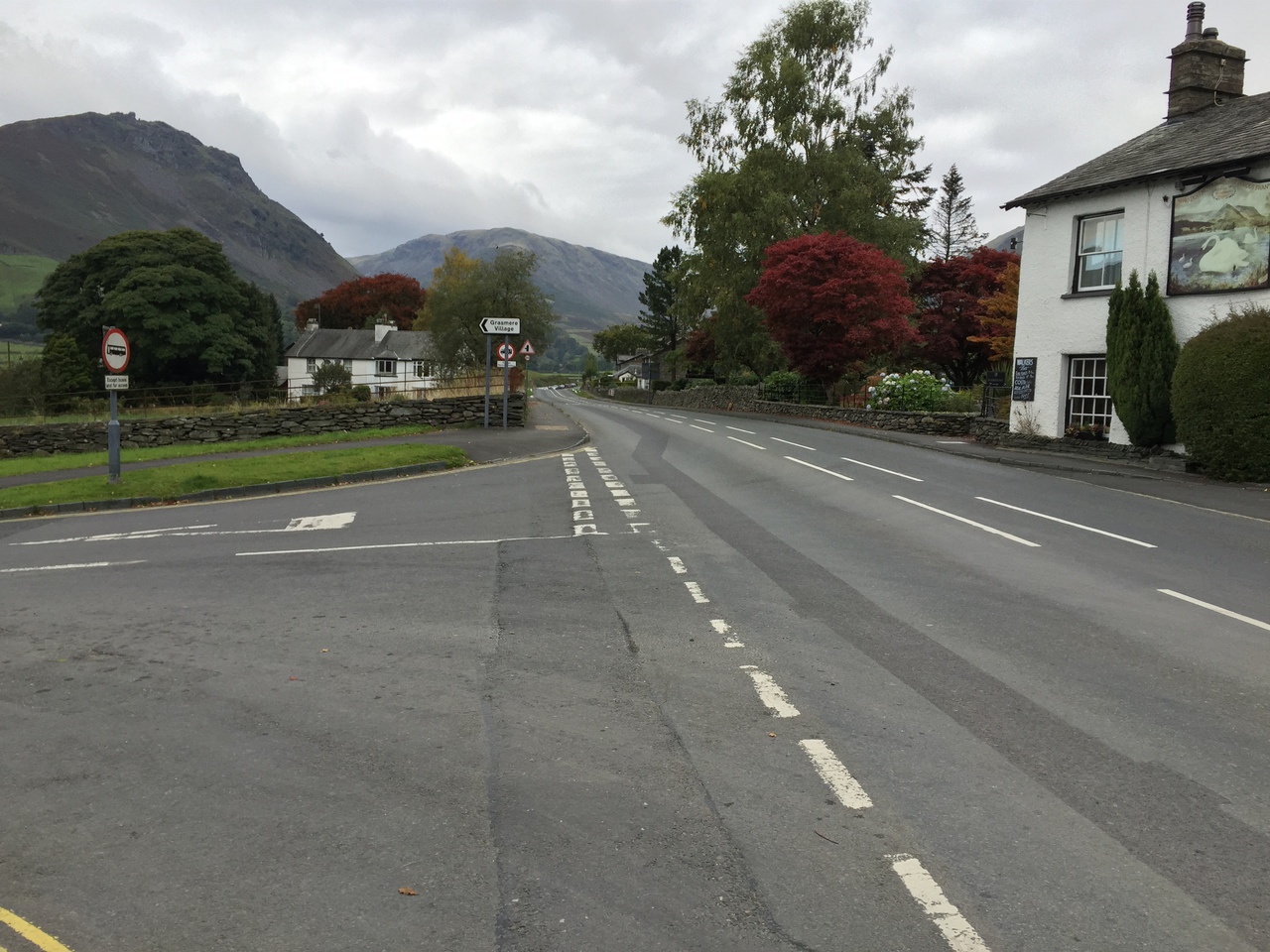
Unlike American rural houses, English rural houses tend to be very close to the
road.
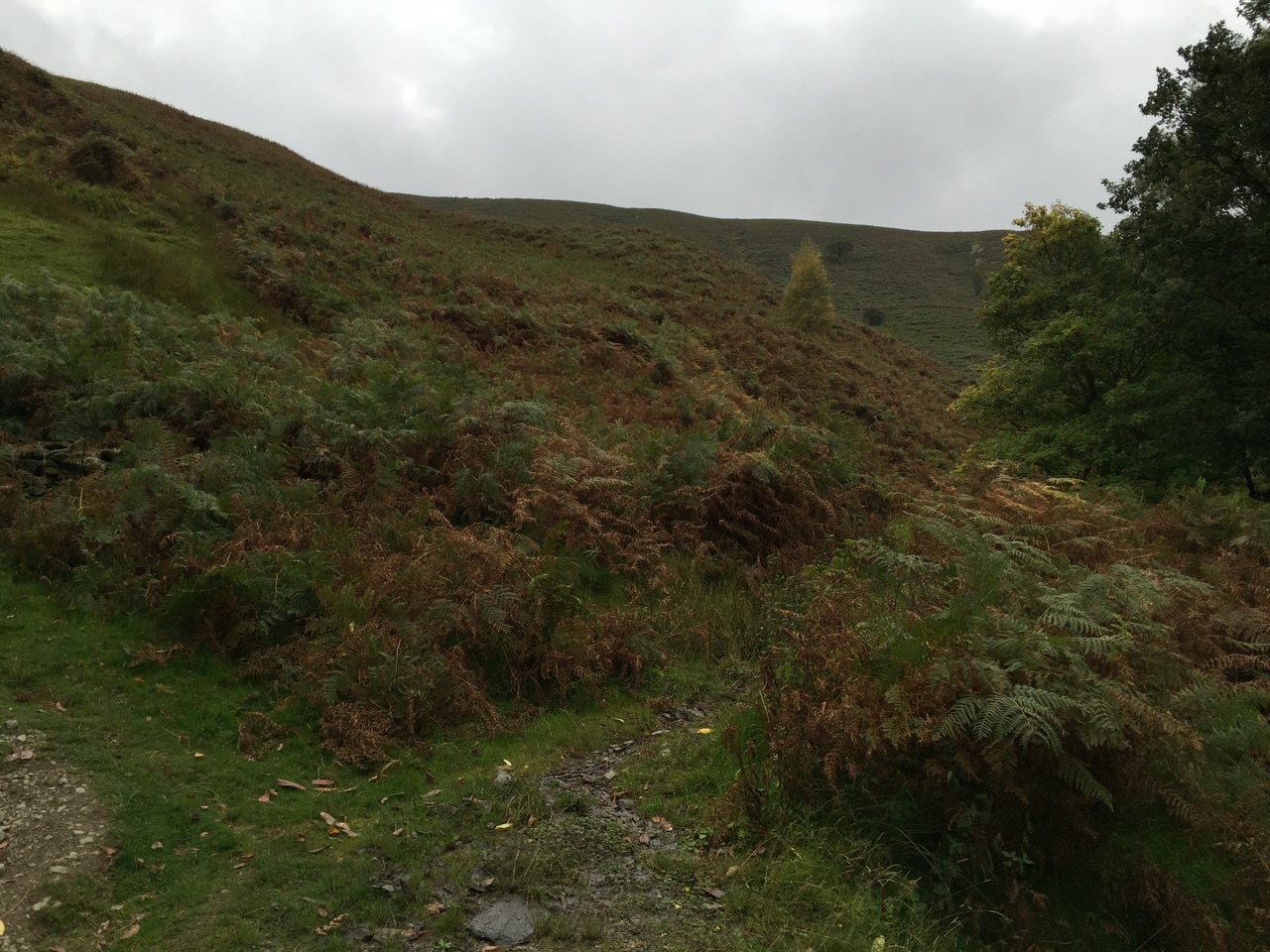
I am told that the Lake District (wherein resides Grasmere) has a climate such
that most of the hills are up high enough that it is difficult for trees to
grow. Much land is covered by these ferns, some of which are green, and some of
which are red (but they appear to be the same fern).
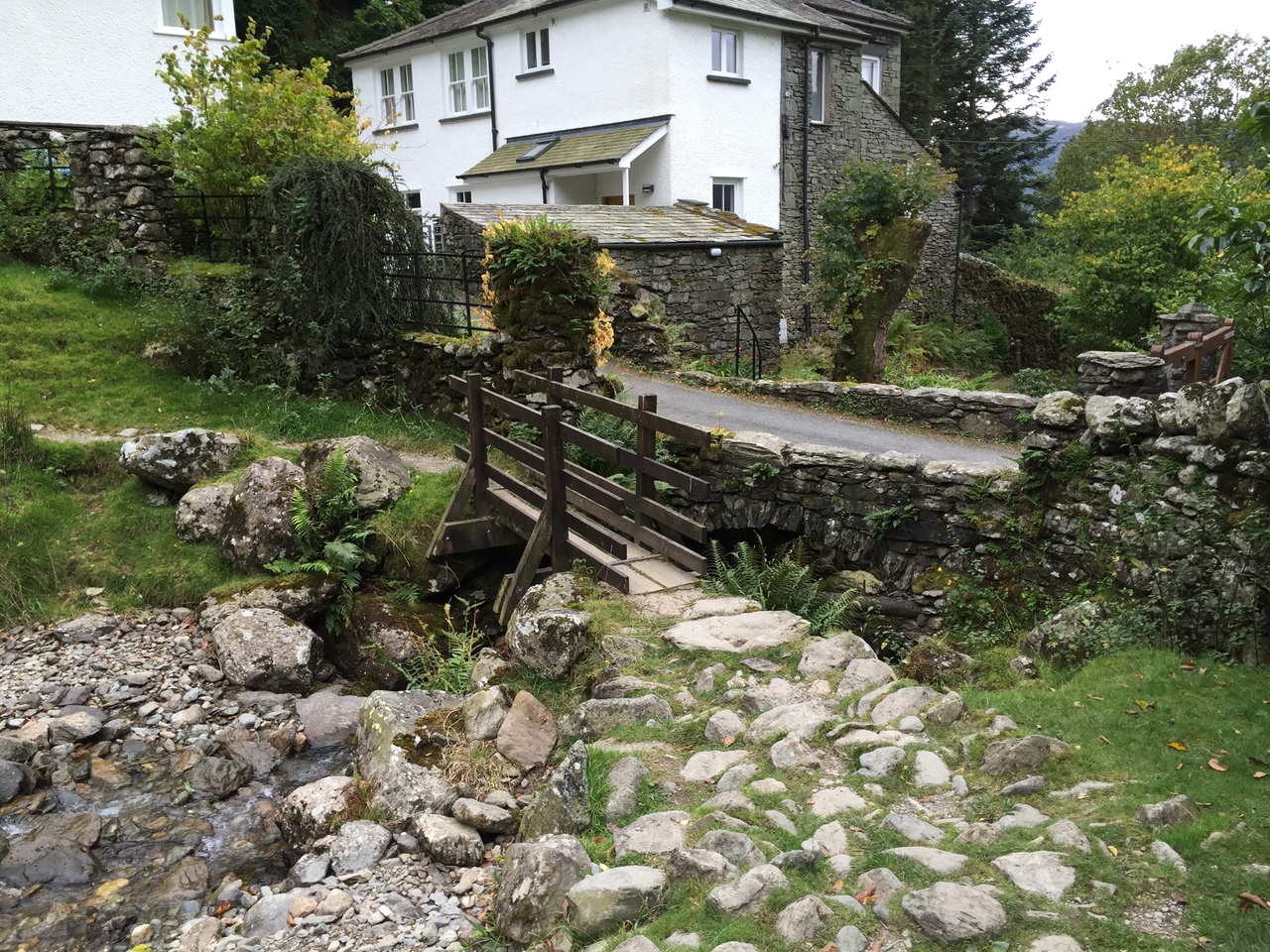
Many of the paths are far less ``wild'' than a similar nature path in the U.S.;
to me the clear explanation is the significantly longer time western
civilization has had to tame the land.
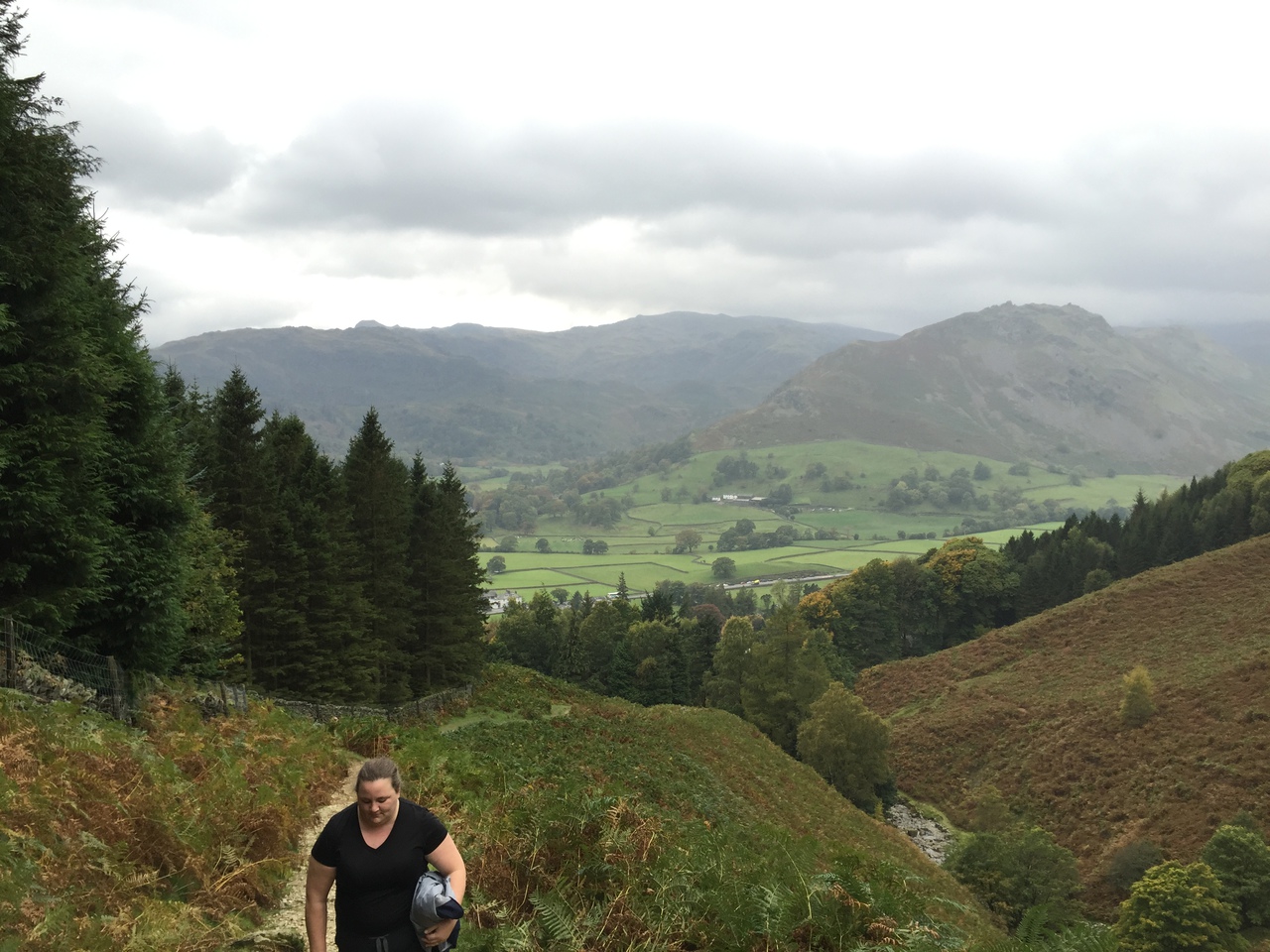
The views are spectacular the entire way up, due to the lack of trees. Near
where this picture was taken, there is a bench. While sitting on the bench, a
terrified sheep sprinted past us on the path, continuing downwards. This was
not an experience I had ever had before.
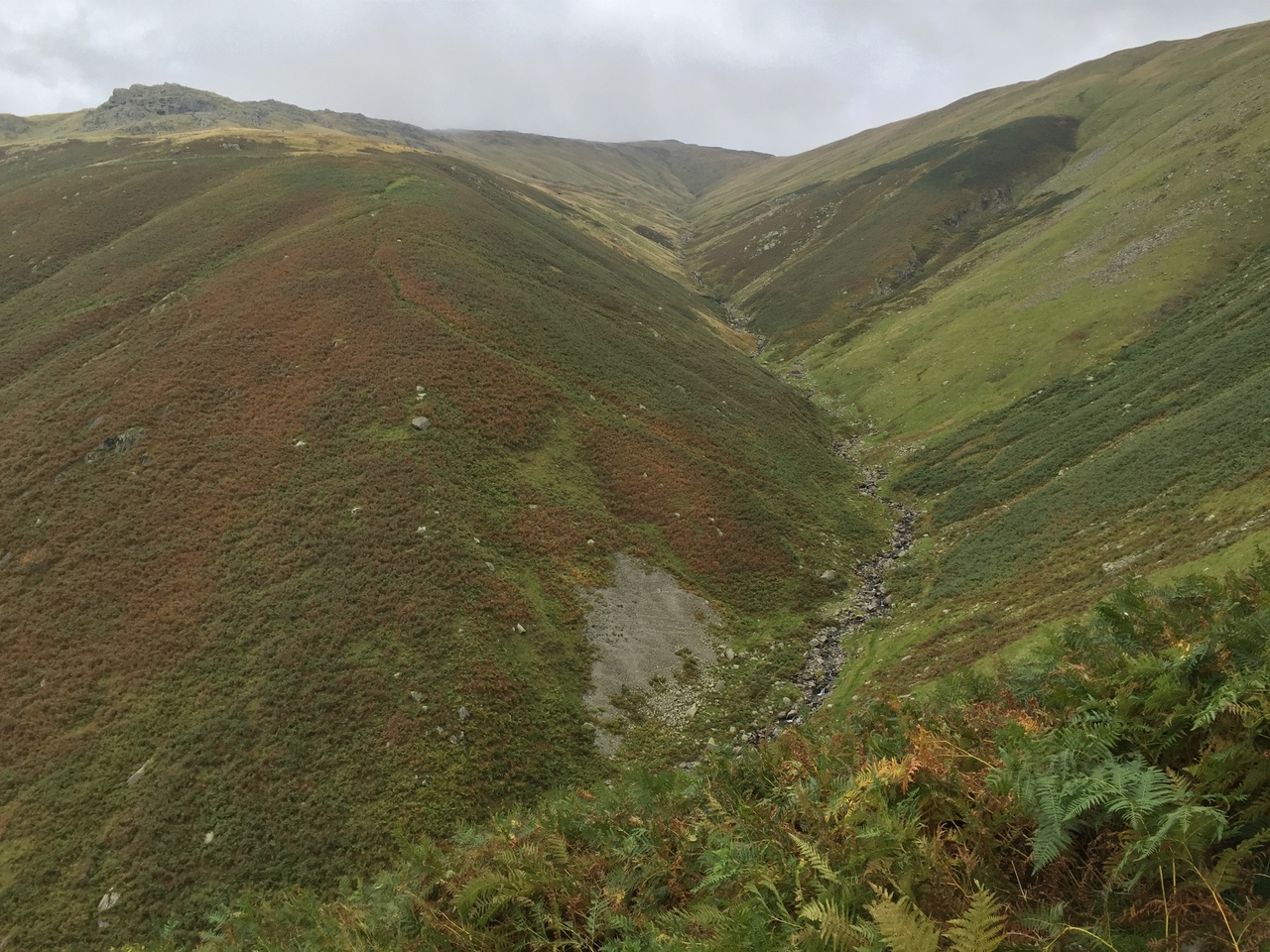
Although picture resolution does not allow it to be seen fully, some of the
small white blobs are sheep, not rocks. It is easy to simply walk across this
land, and in this particular location there are no rules preventing anyone from
doing exactly that (therefore this is what we did).
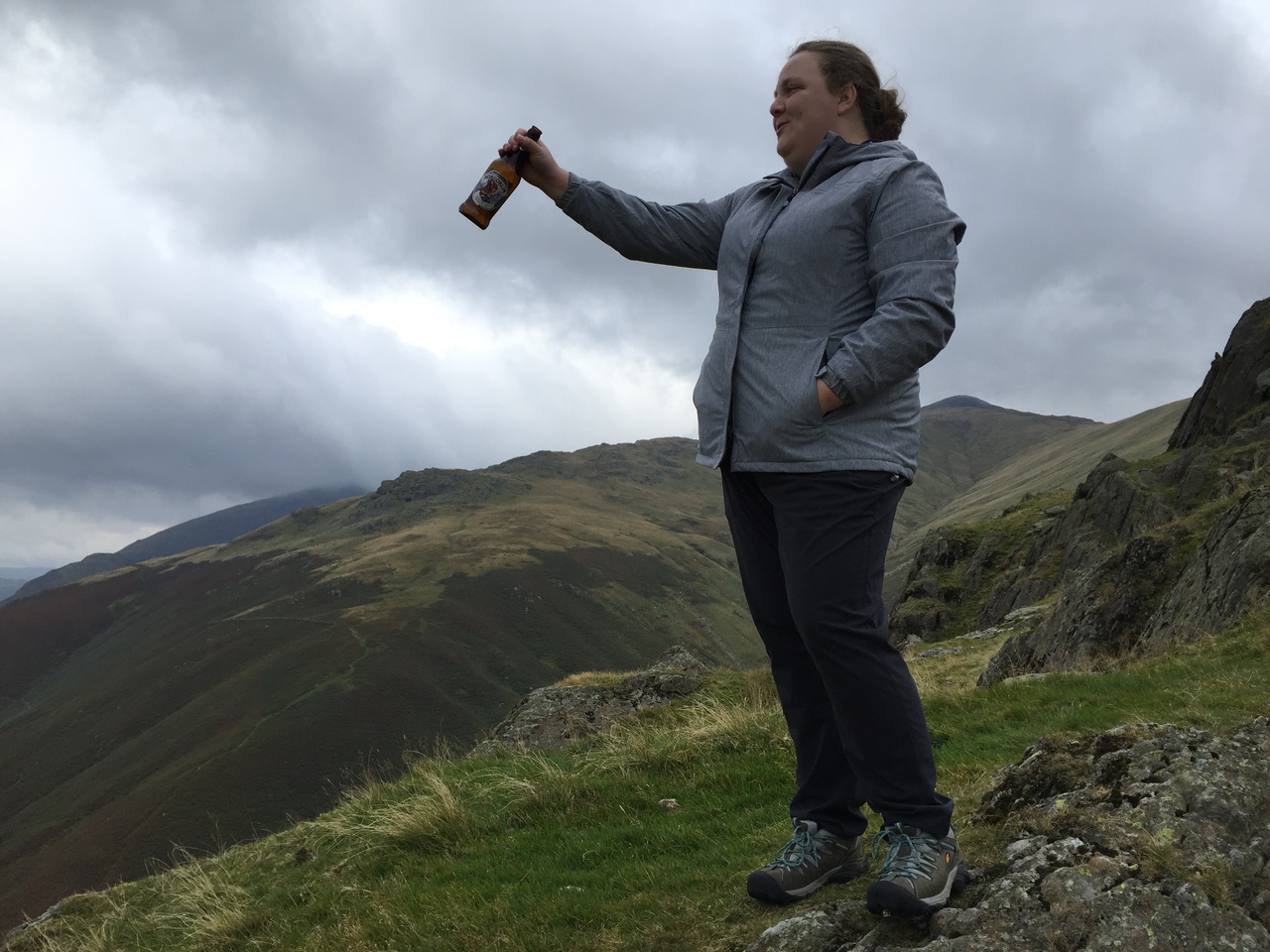
Lunch was consumed after climbing higher. The presence of sheep mean that sheep
poop is everywhere, which made it surprisingly difficult to find a lunch spot
that wasn't disgusting.
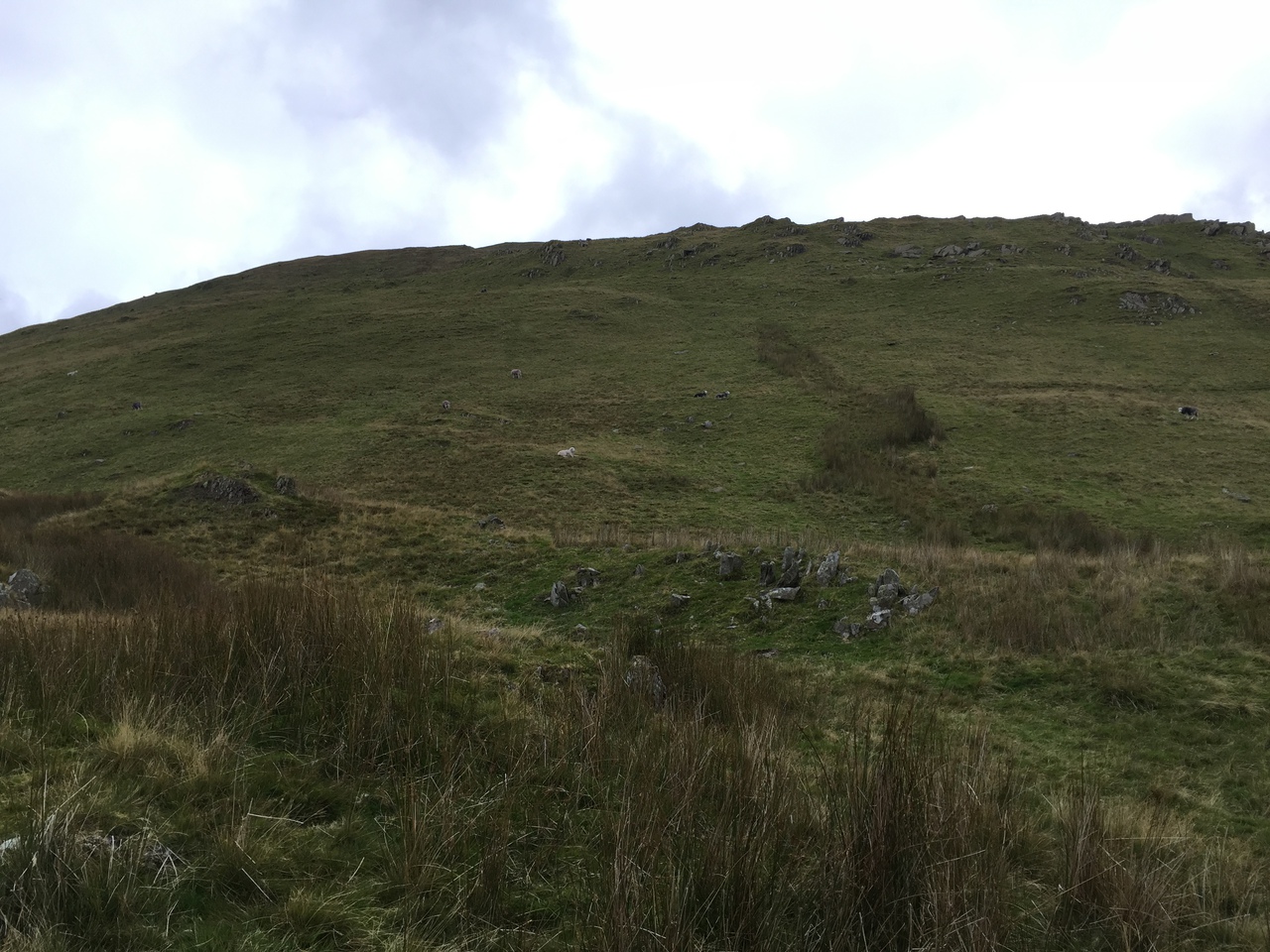
The sheep seem to prefer to be higher on the mountains. We saw more as we
ascended.
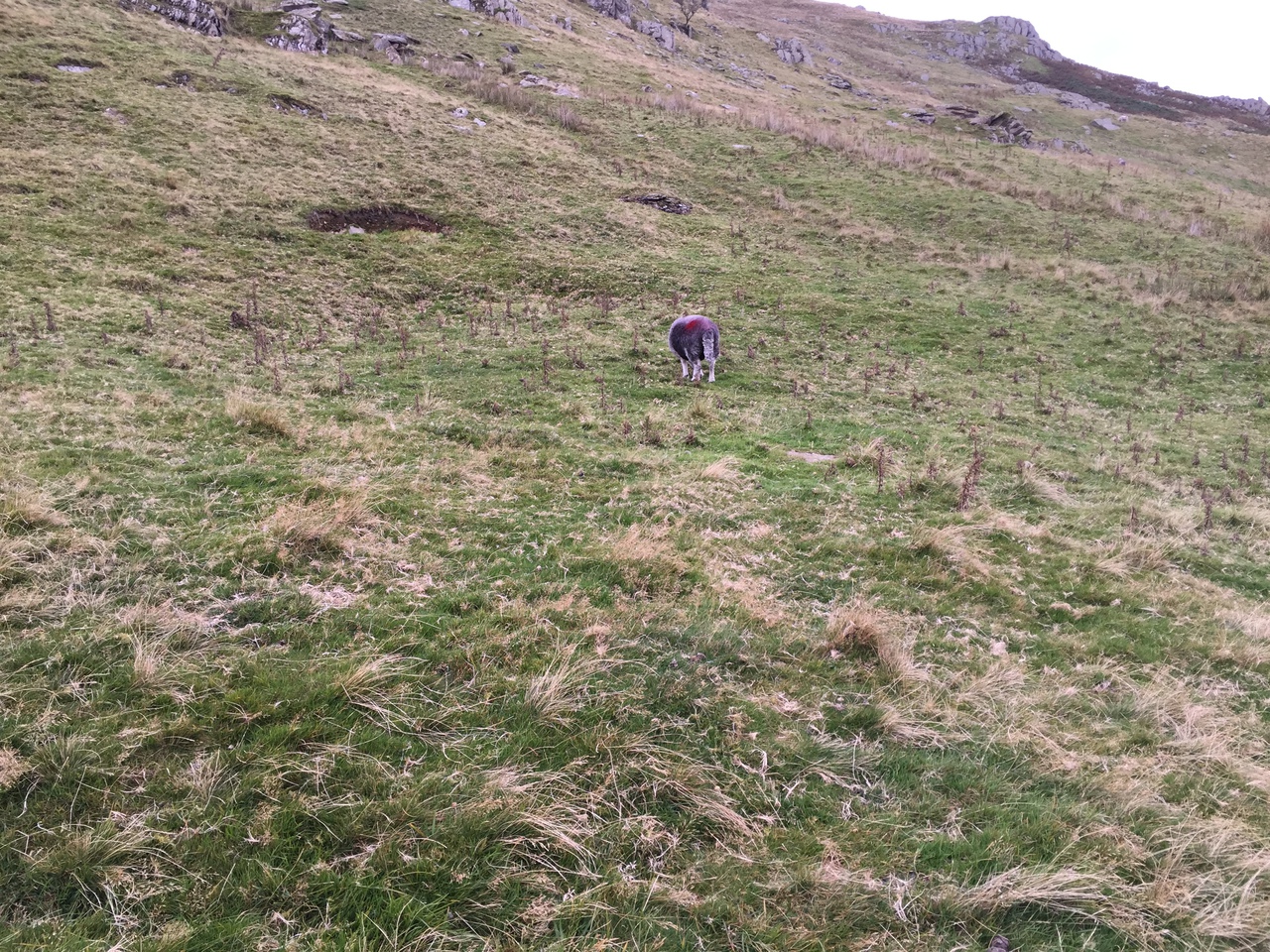
You can get quite close to many sheep before they wander away.
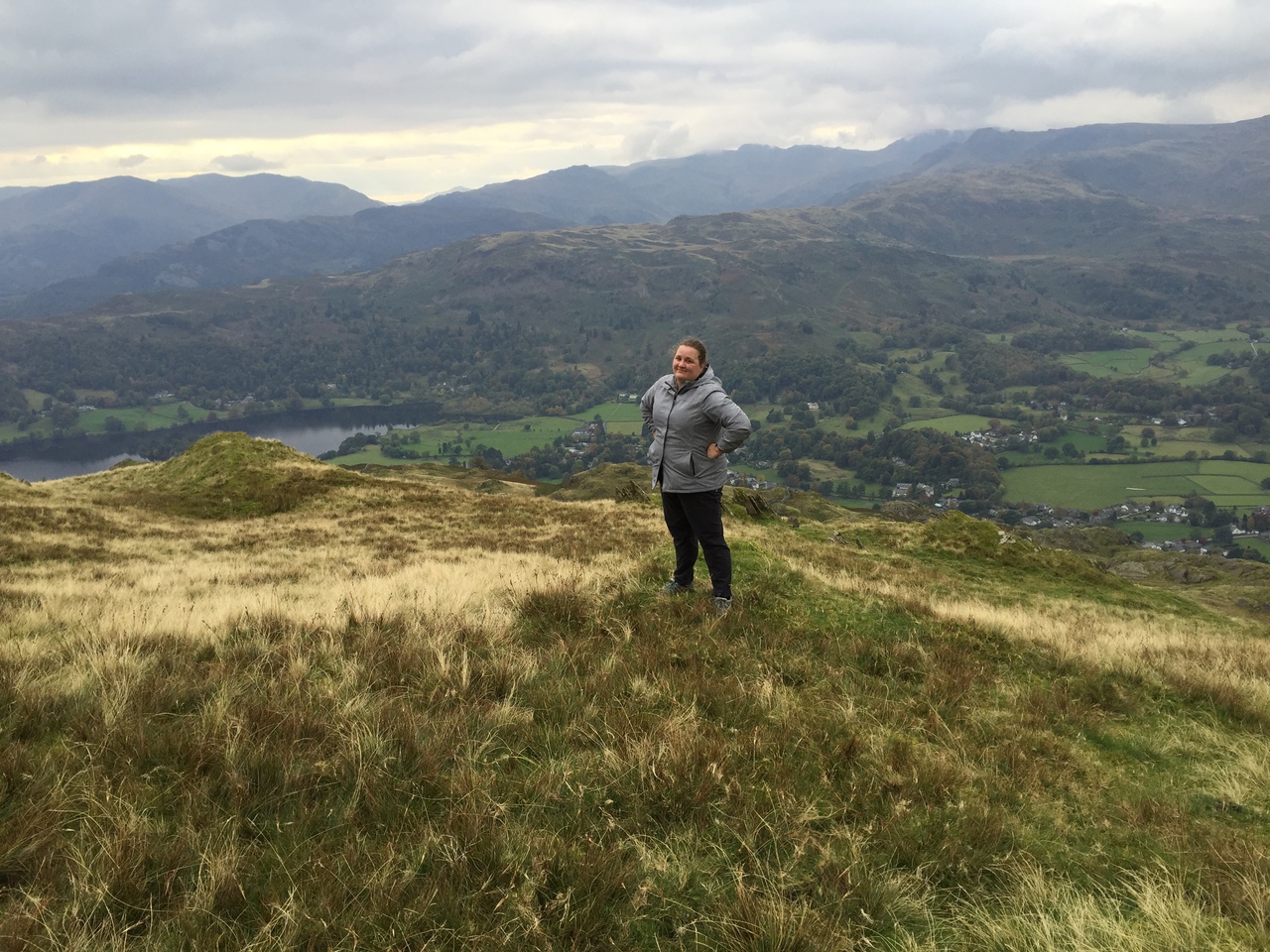
Again, the views were spectacular from every angle. In this picture, Emily
stands directly in front of the view of the center of Grasmere. Shortly after
this, a C-130 flew through the valley---below us. I have never seen a C-130
from above.
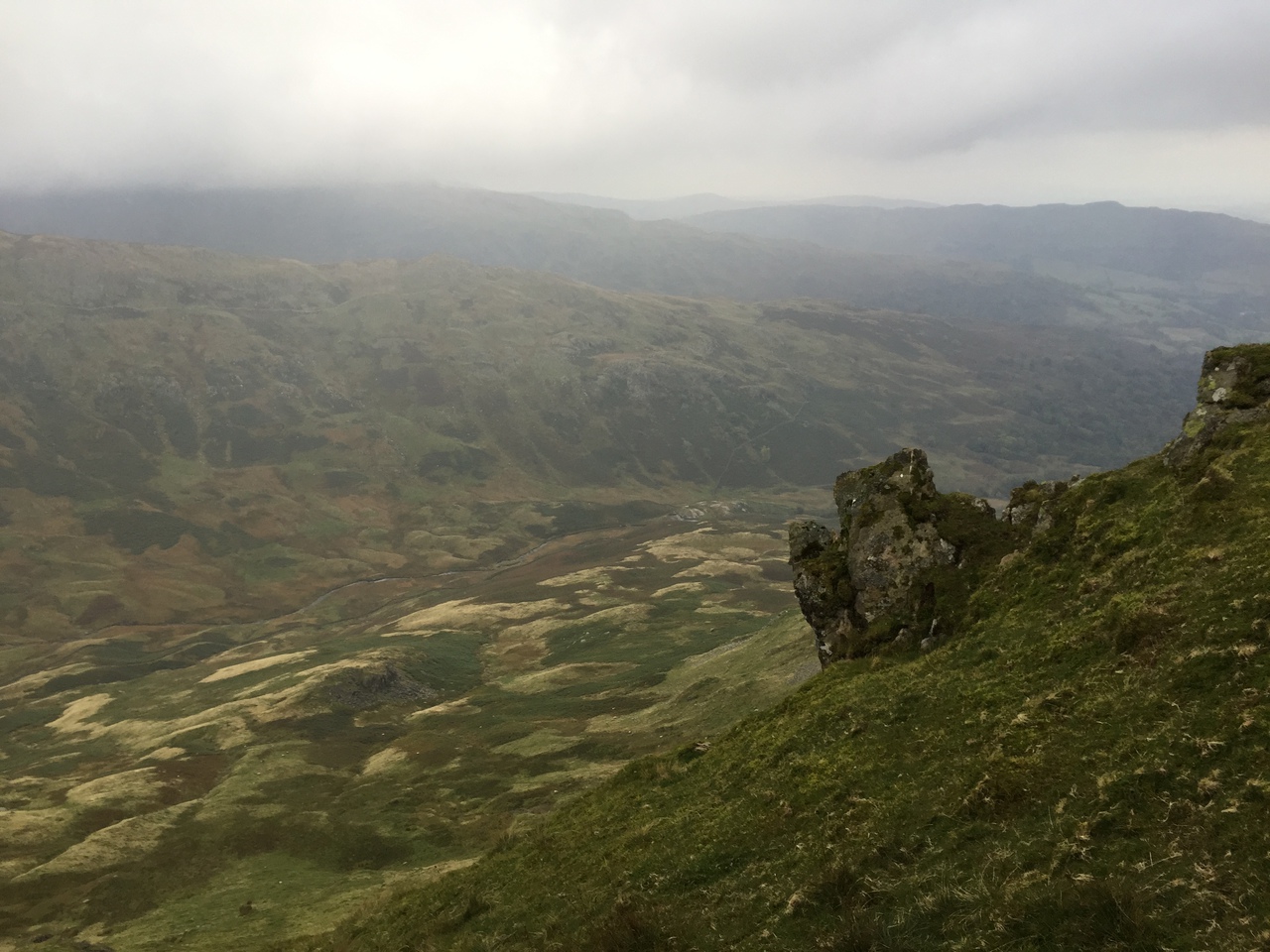
After climbing to the top of the ridge, we were greeted with a view my camera
cannot adequately capture.
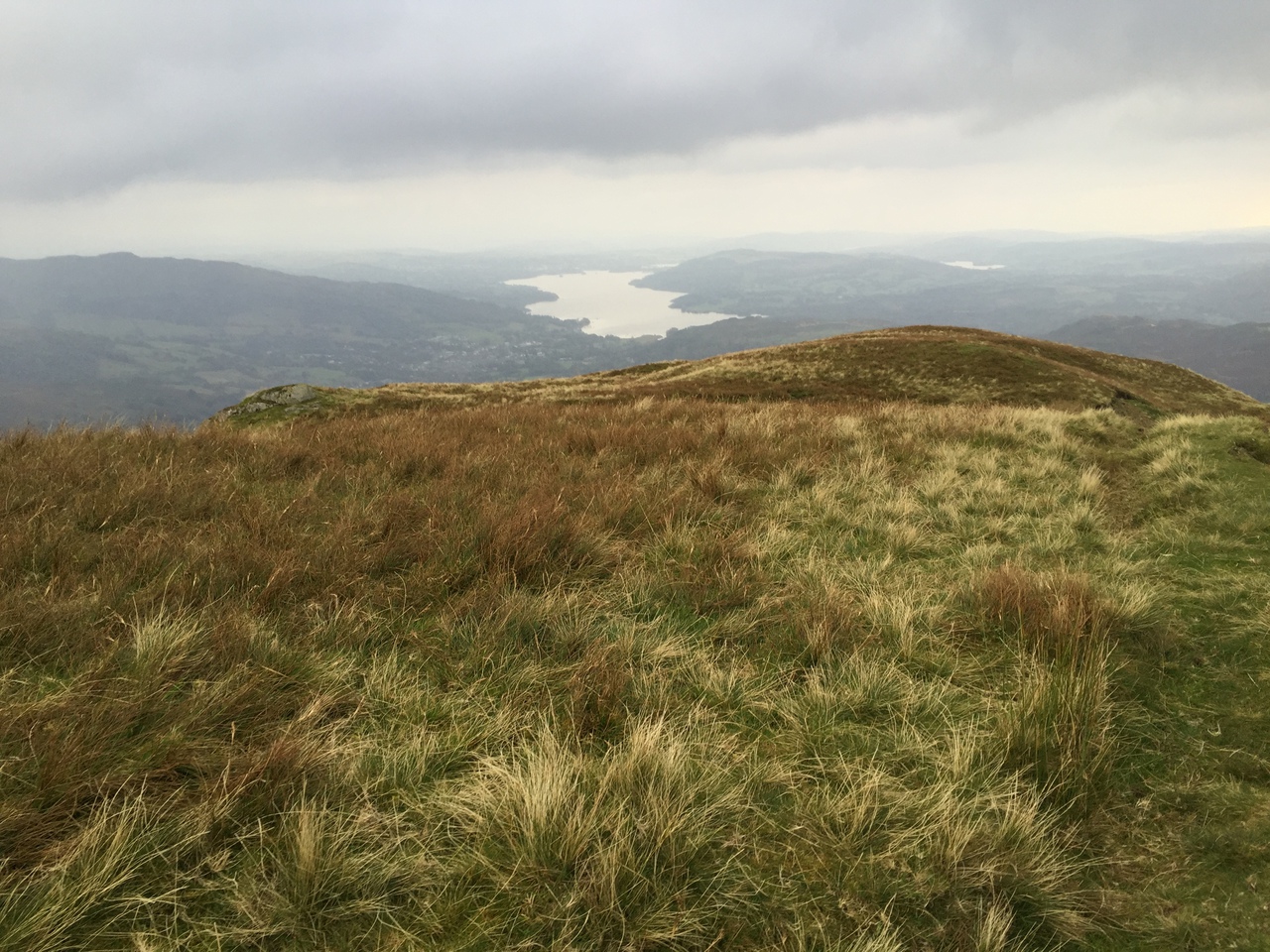
It seems as though ferns do not grow at the top, possibly because of how windy
it is.
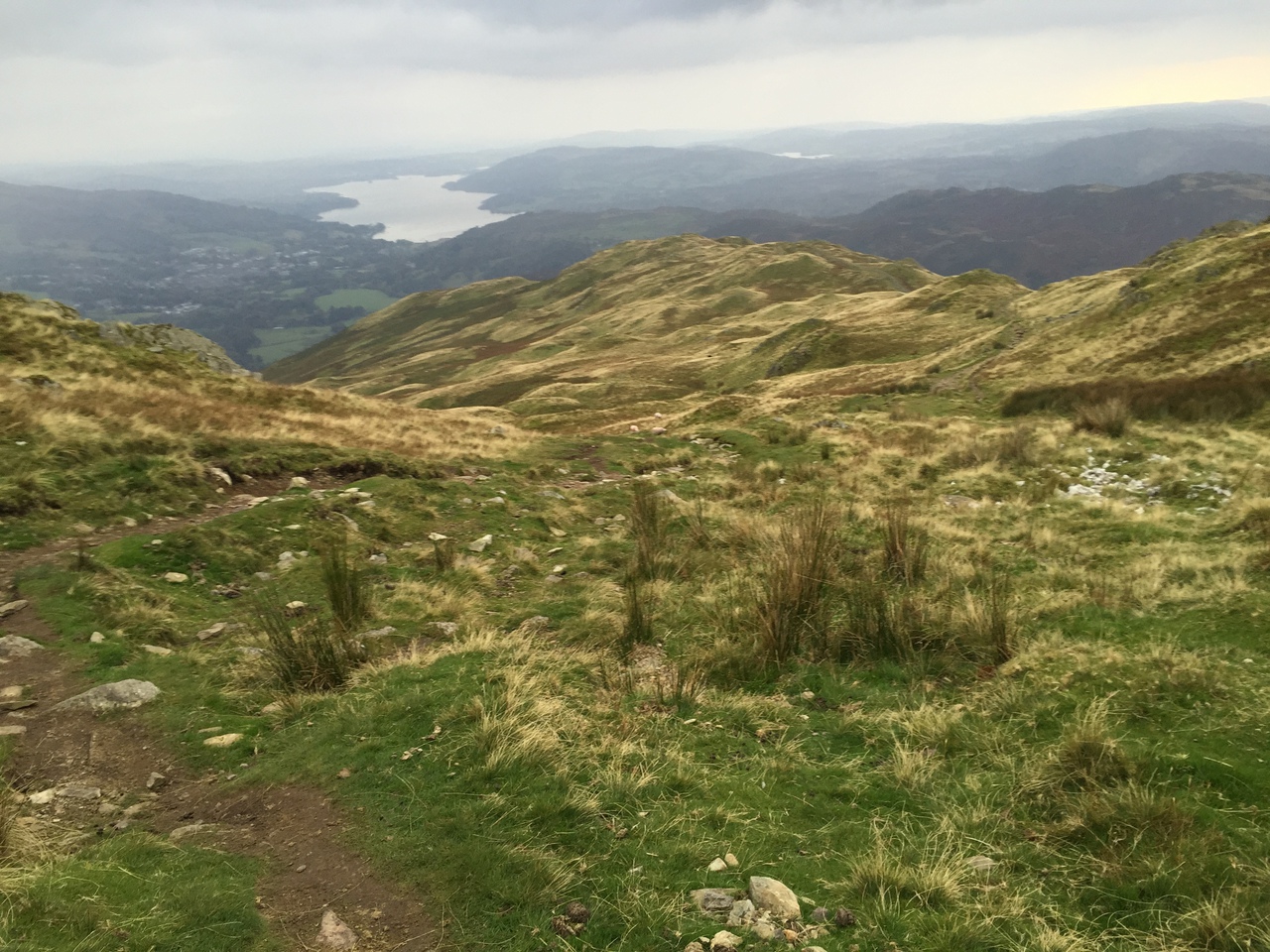
Again with the sheep---they are everywhere. A sheep's remains (the white
clumps) can be seen on the right, but we did not find any bones or meat, just
wool.
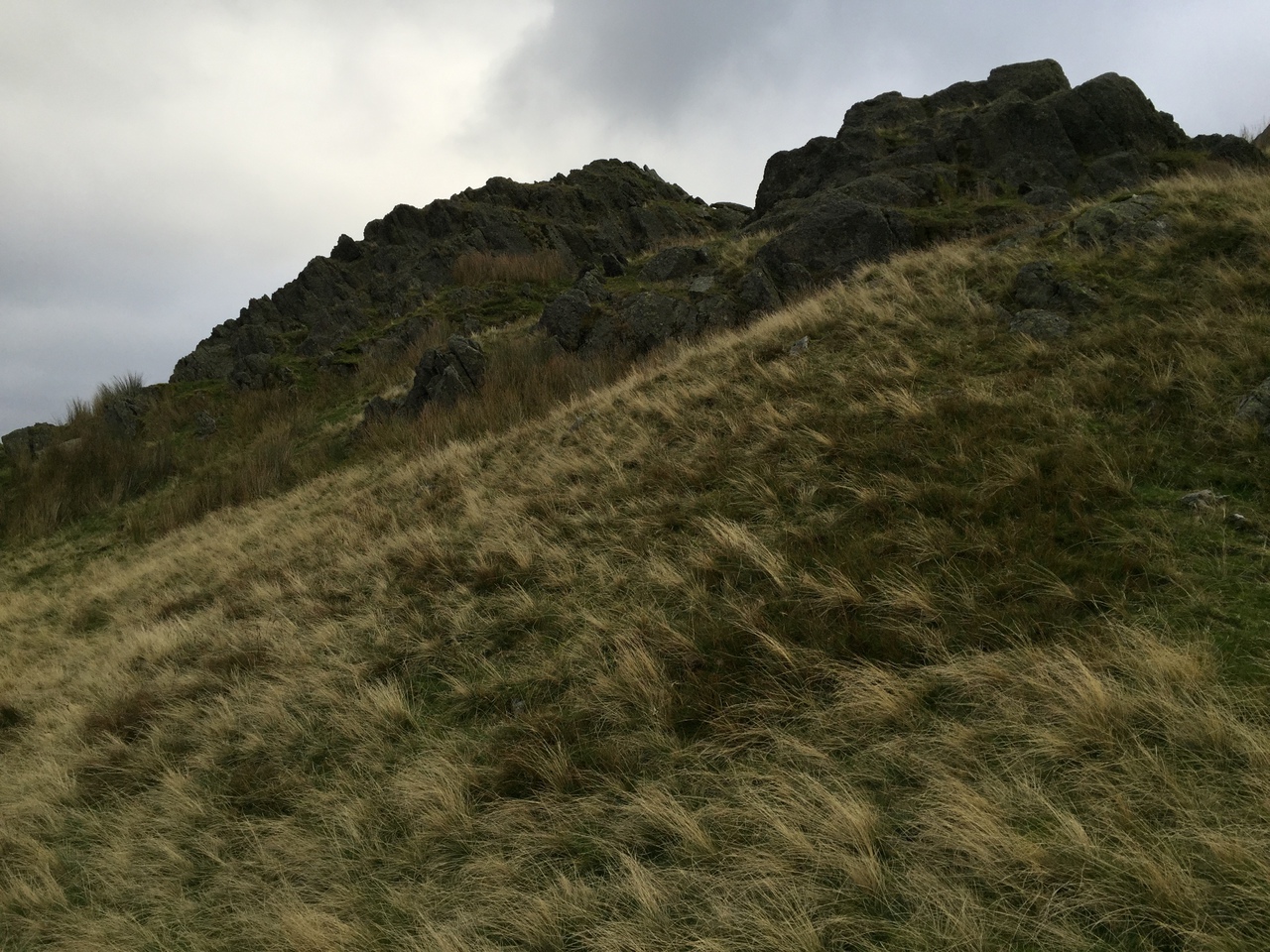
The hills are full of rocky outcroppings. This is true of every mountain range
I have been to, but normally they are covered with trees and these types of
features are hidden.
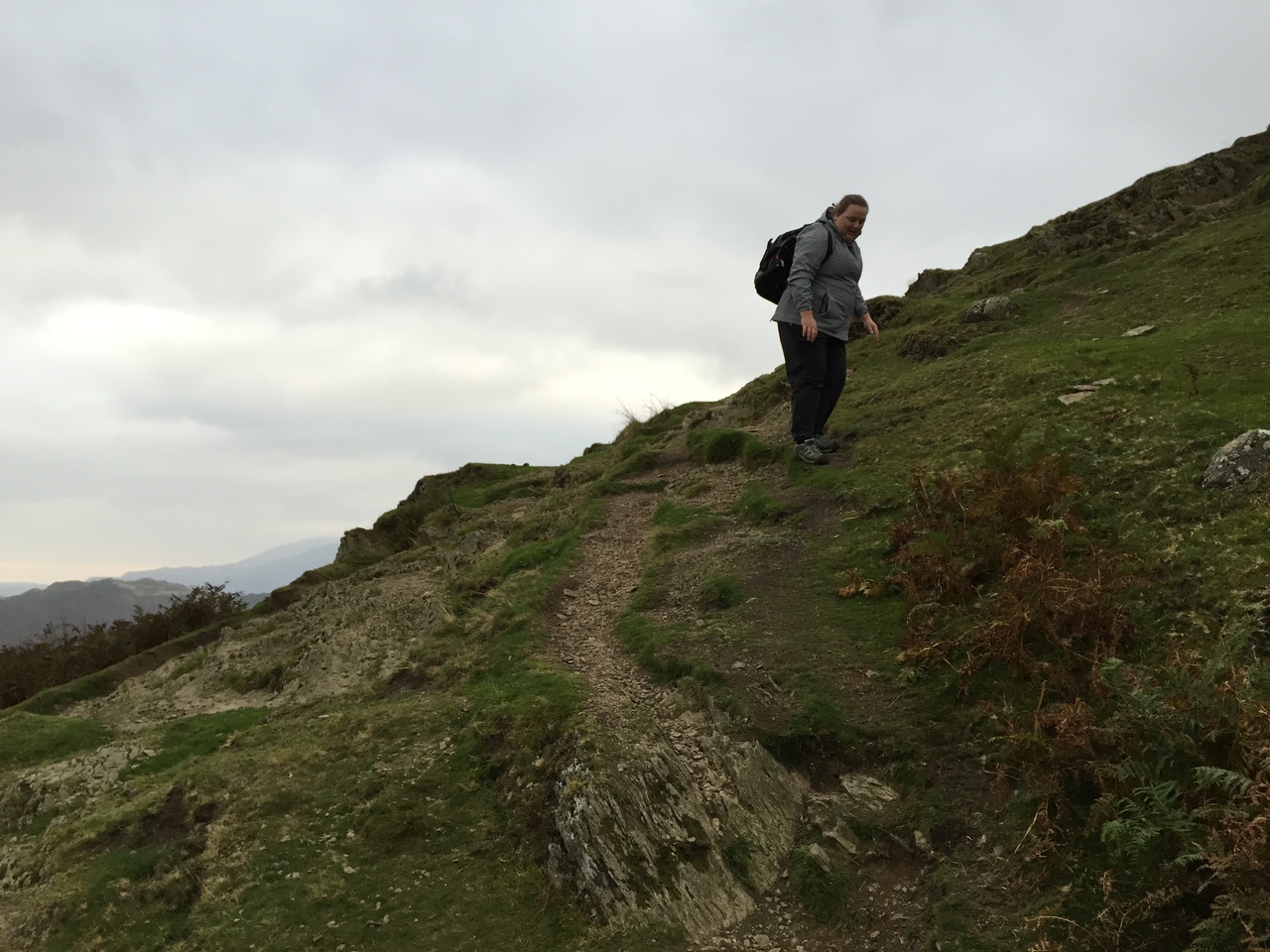
When we rejoined with the trail, we found that the trail was very steep in
places.
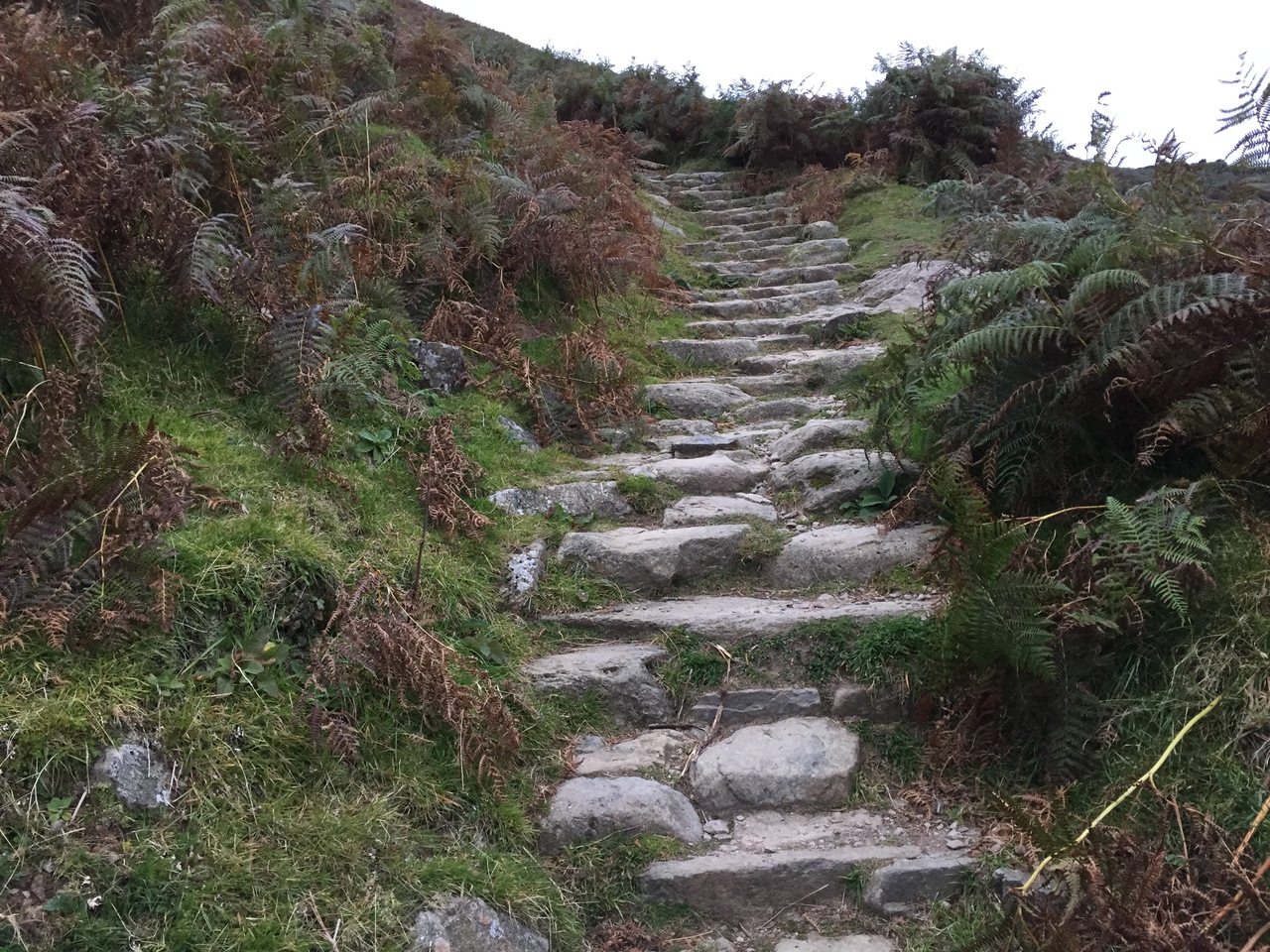
Sometimes it just became a staircase. A very long staircase...
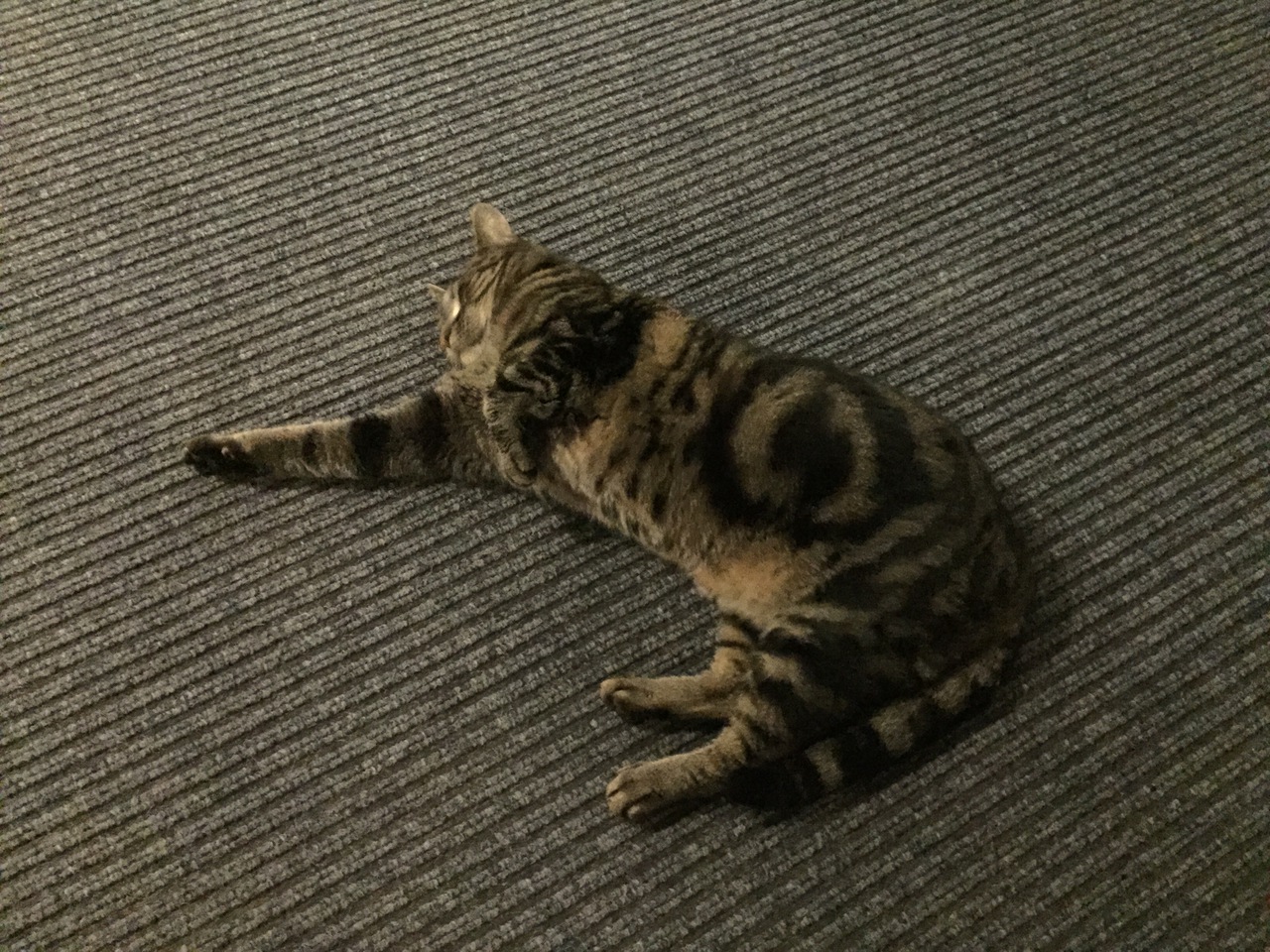
This is Remy, the hostel cat.
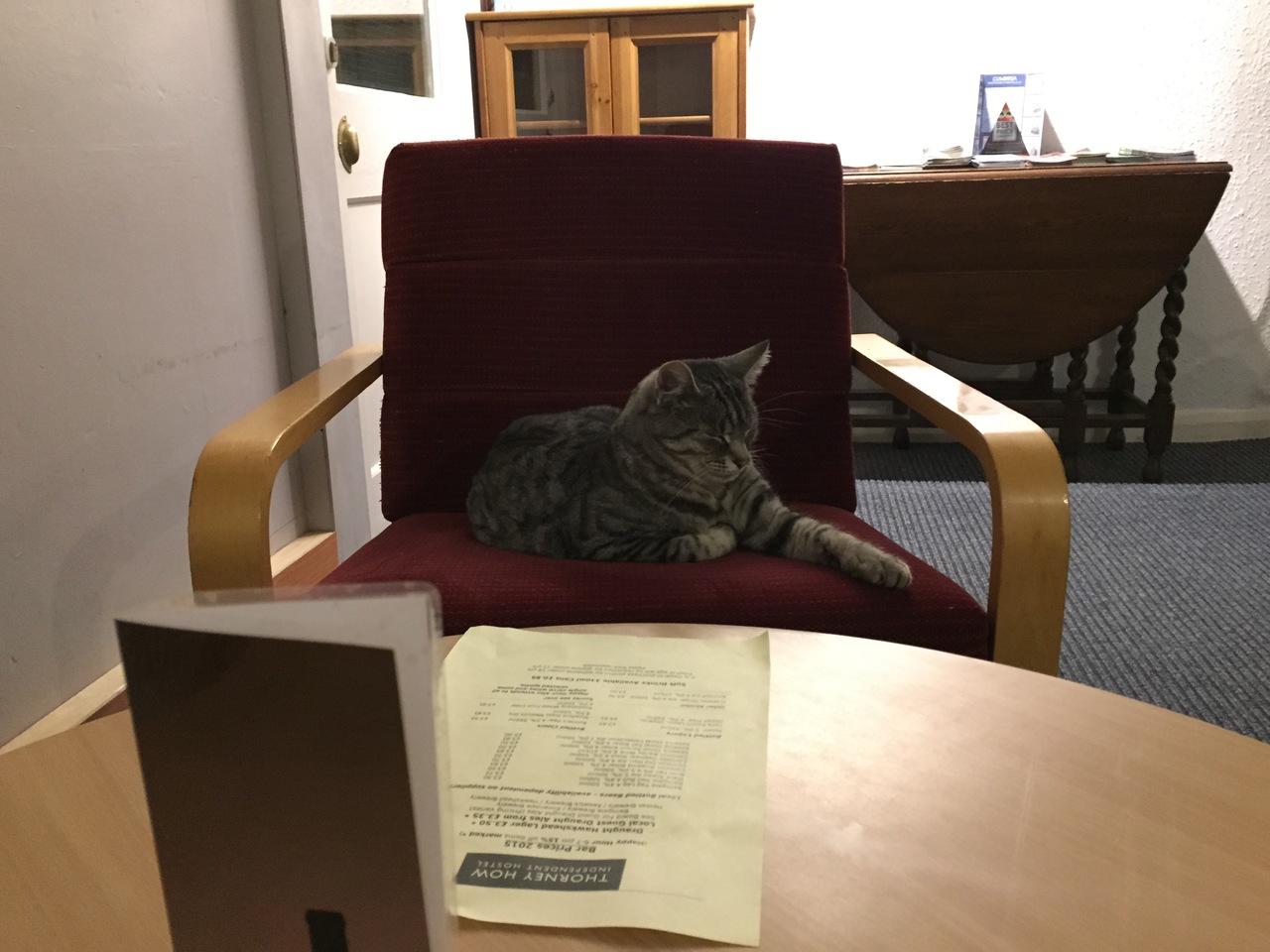
This is Ptolemy, the other hostel cat.
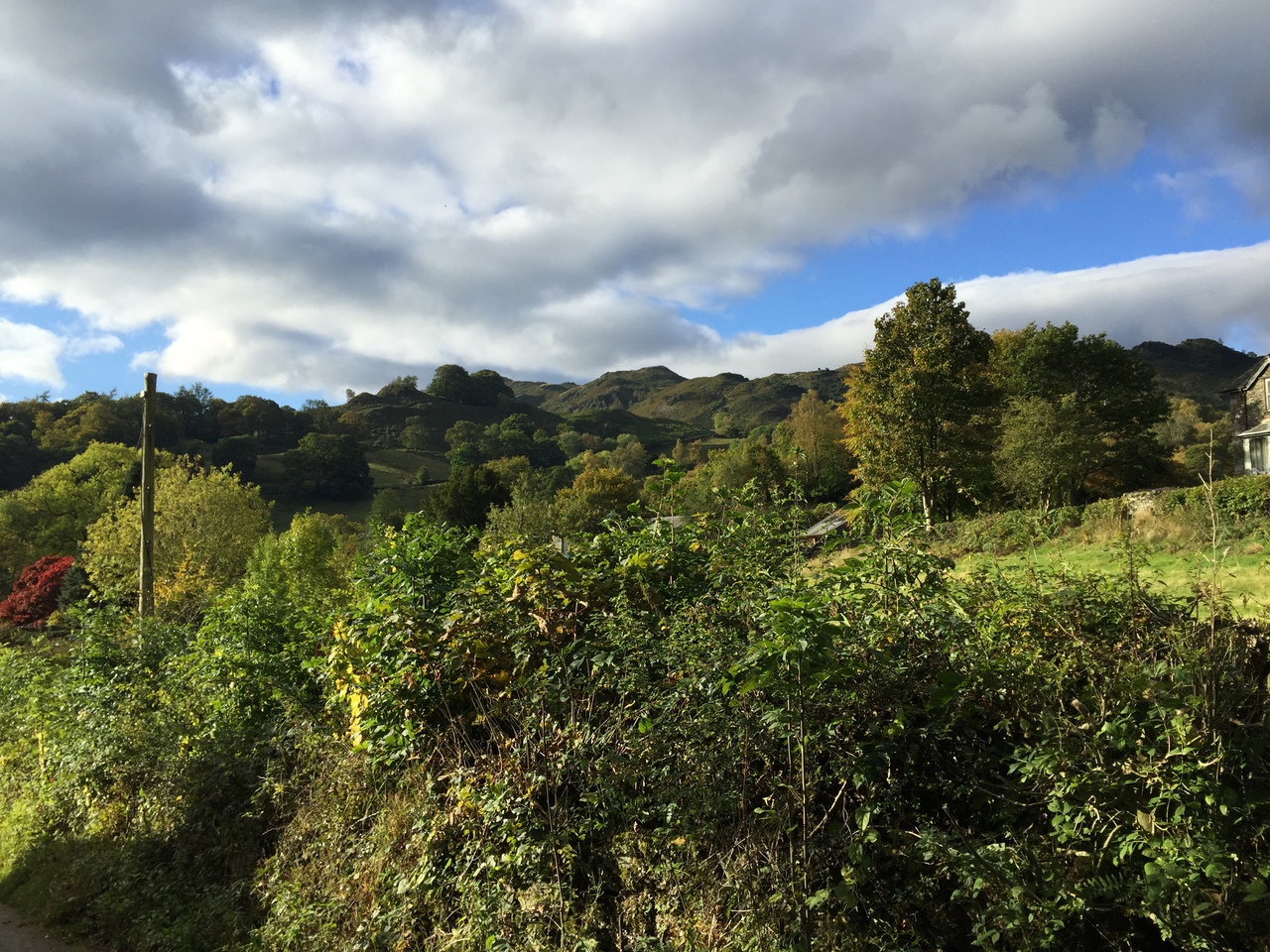
The Lake District has many interesting hills. Many of these seem to be scars
from the most recent ice age, from what I can gather (and what people have told
me).
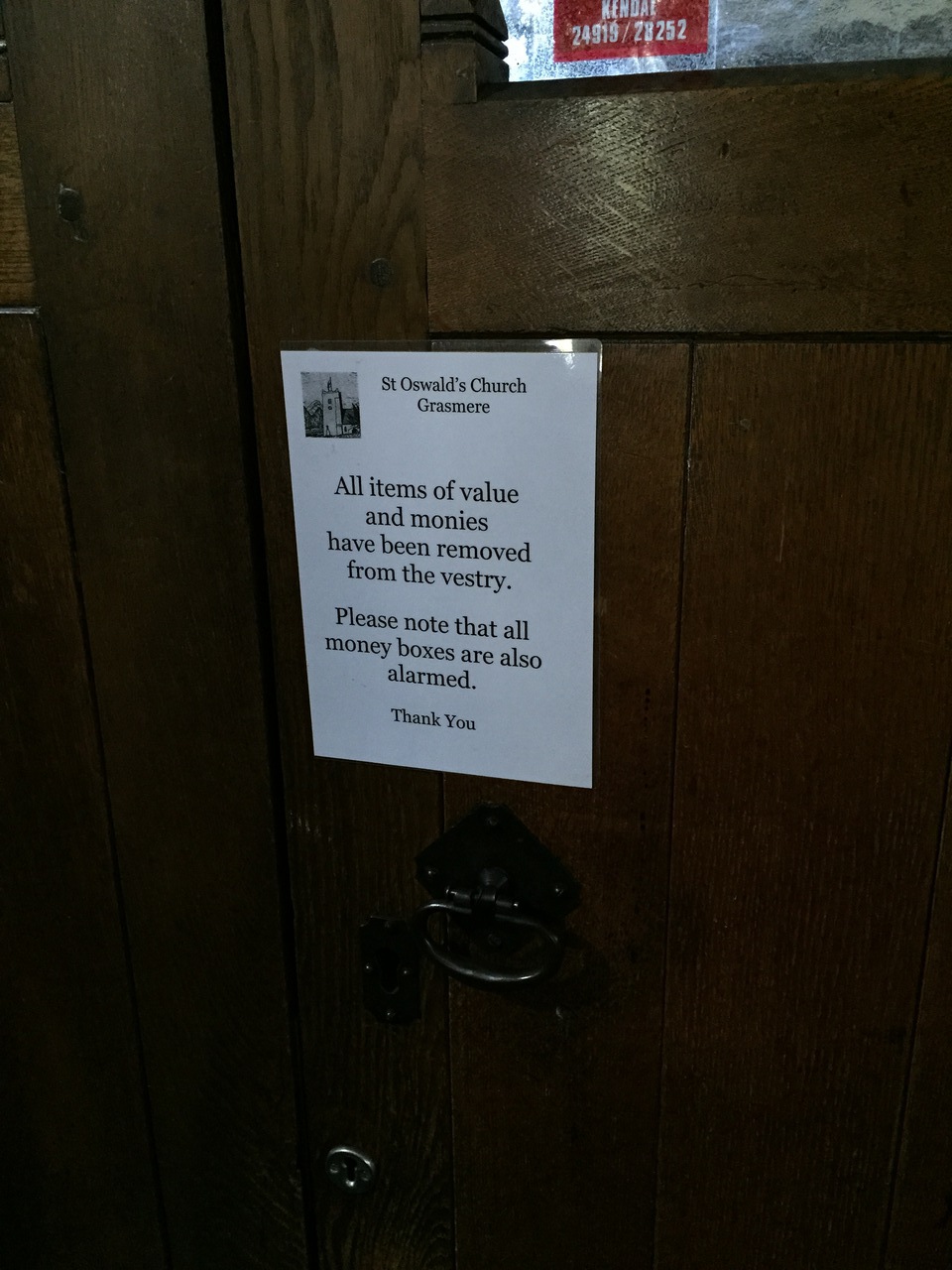
St. Oswald's church, where St. Oswald is worshipped, is apparently concerned
about thieves so much that they erected many signs like this one.
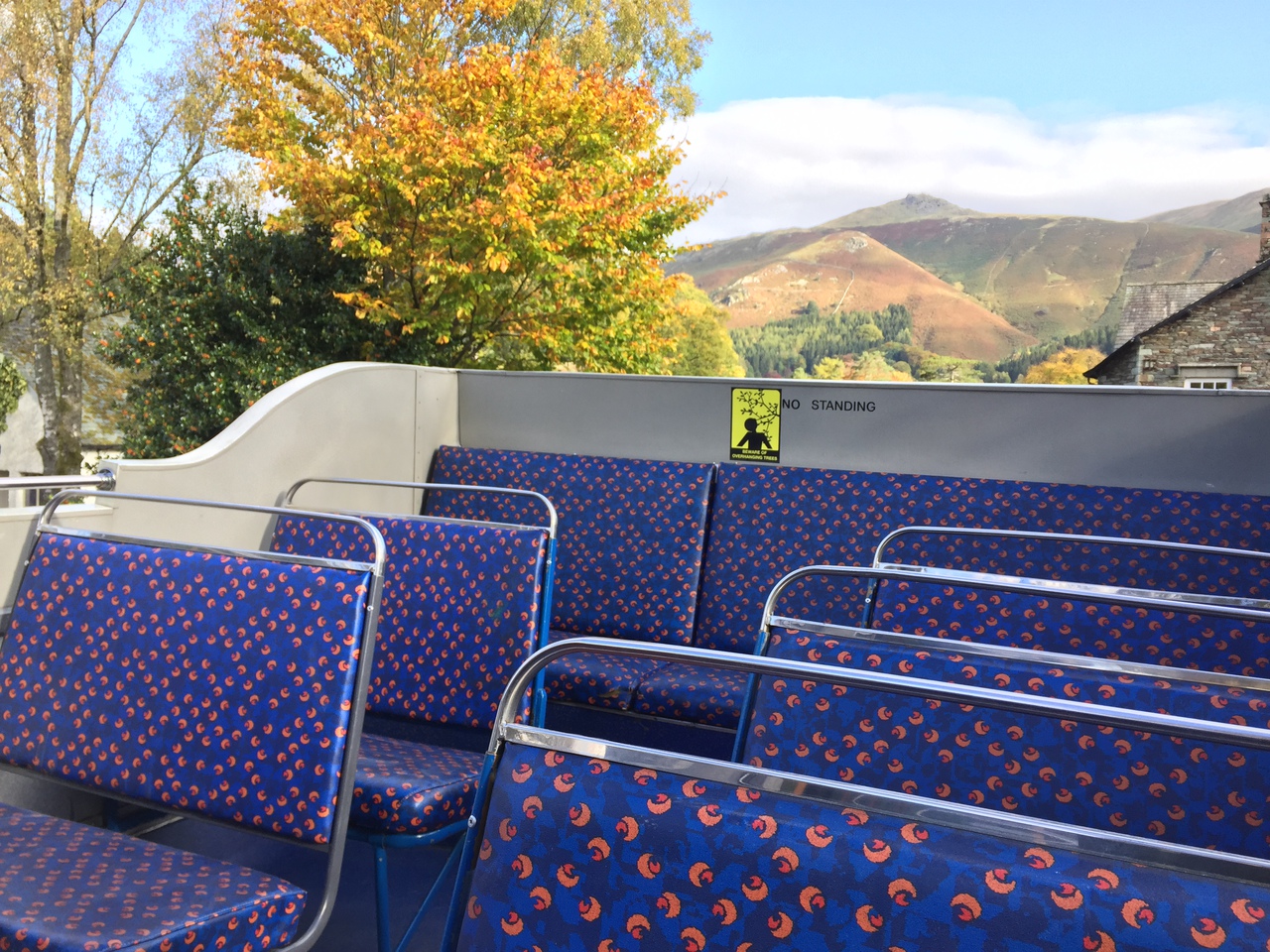
Many Lake District buses have open top levels. This is, of course, precisely where I
sat.
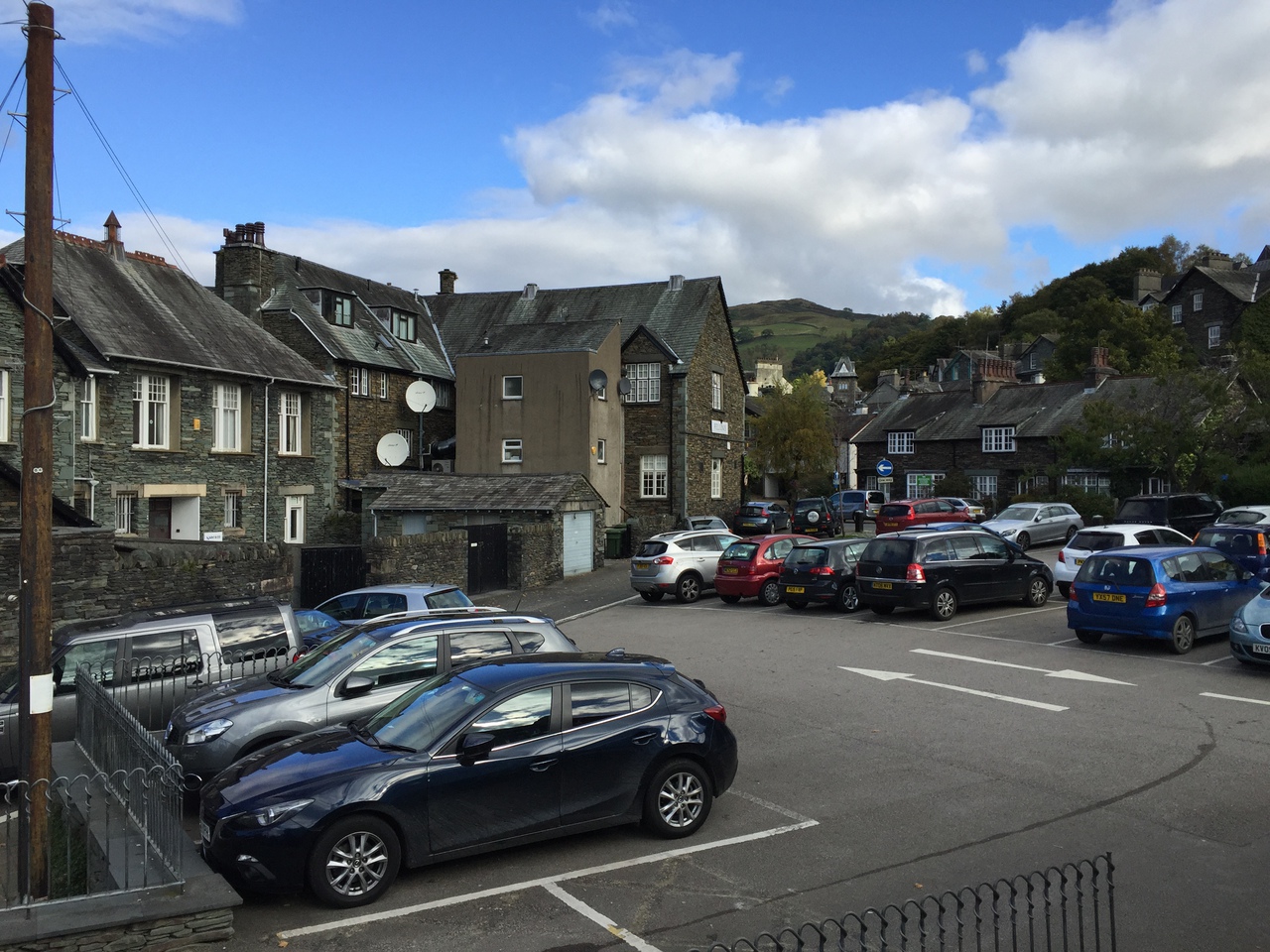
In Ambleside, there is a restaurant called Fellini's (maybe visible if you look
closely enough). I did not have a chance to check out the pizza.

I'm skeptical of the high adventure capabilities of a country that has spent
millenia eliminating any natural dangers.

Those are not chips.
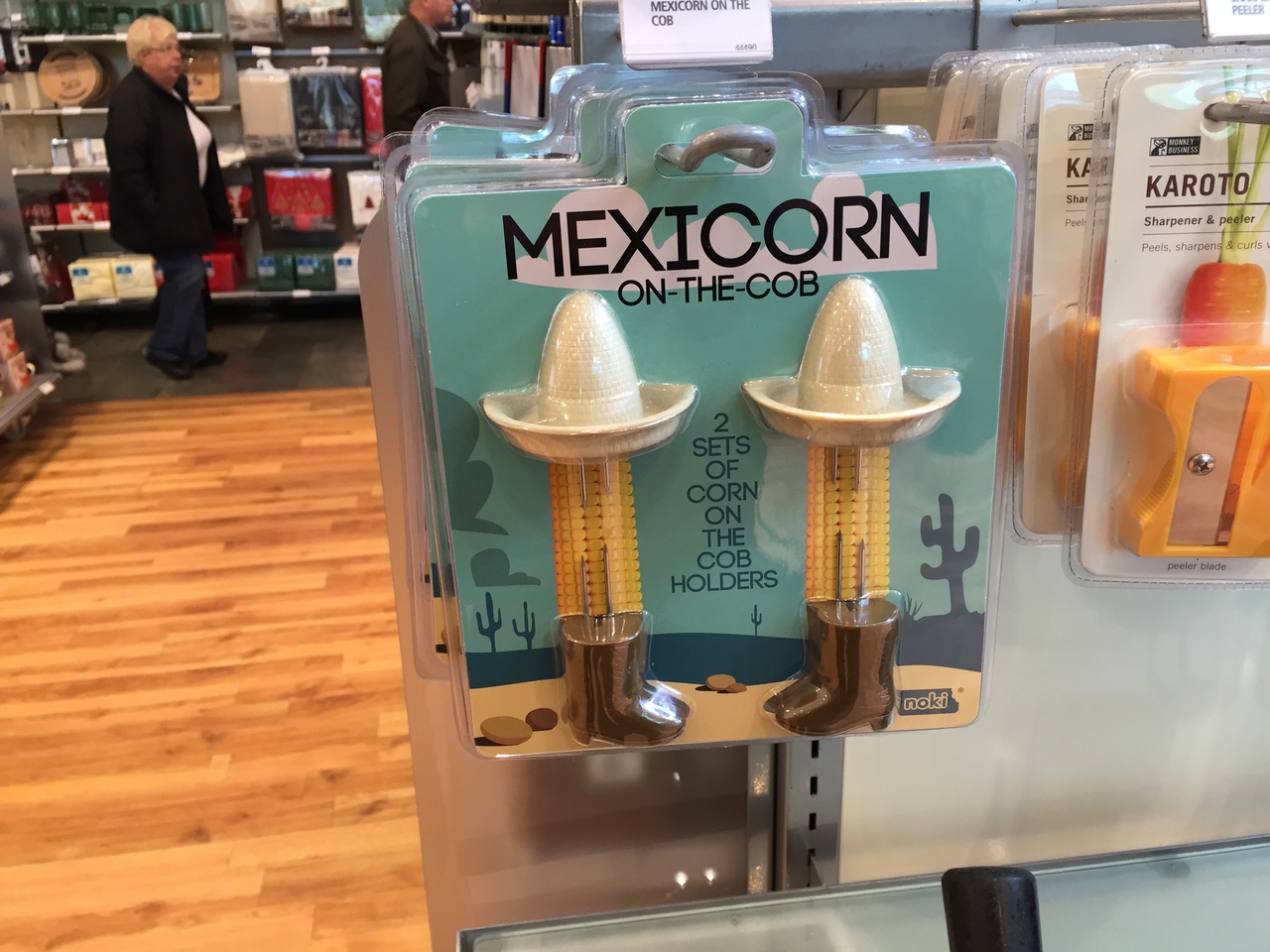
What? (I did not get a picture of the safety message on the back.)
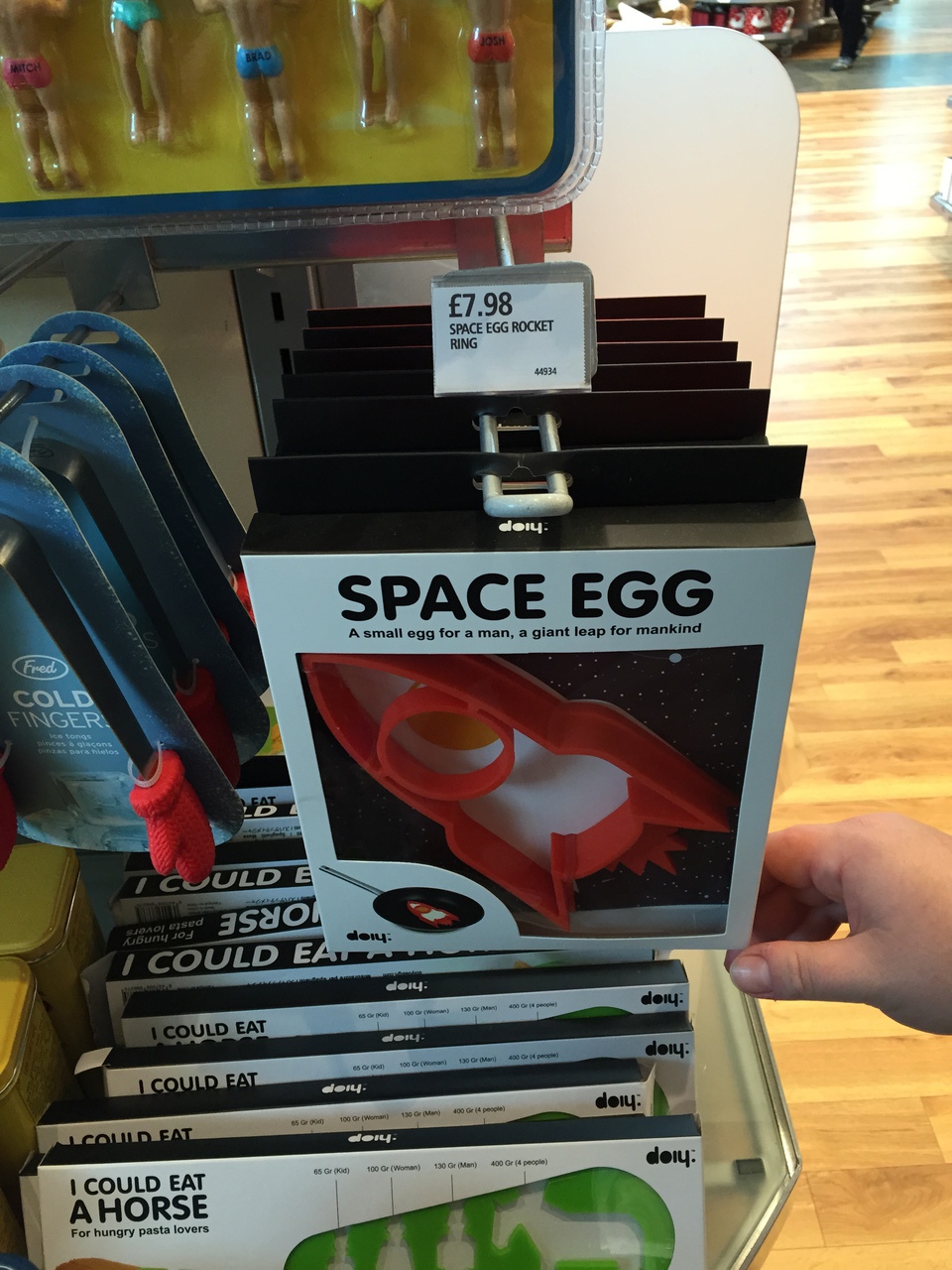
Do people actually use these?
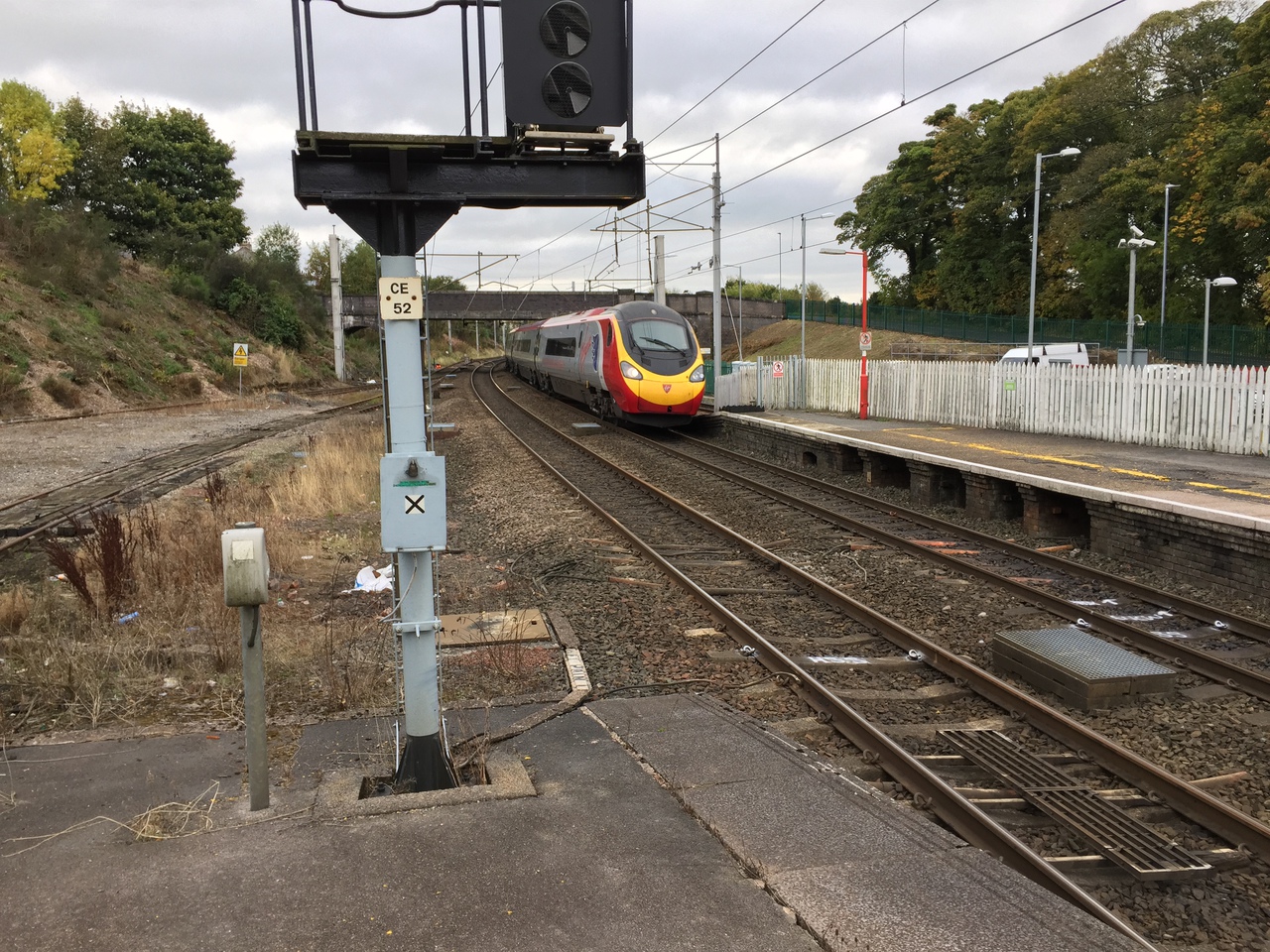
This is a train. It goes fast. Thank you, Richard Branson, for inventing the
magic of trains, which go fast and take people (and goods) places.













































































